A place to Return.
Zander Galerie Paris
4th of September 2025 - 4th of October“Father had a dream about you last night. You were back and then you were gone.” – News from Home,Chantal Akerman, 1977.
I need to buy milk. More bread. Take some meat out of the freezer and wash the whites. There is a bloodstain on the back of a shirt: the ghost of a mosquito bite. My husband put a wash on this morning – the tea towels, the kitchen cloths, the bathmat, which had accumulated a web of hairs, crushed into the weave, and a muddy sole print, dark against the white cloth, fixing the footstep, like a crime scene. He did this task because yesterday evening we argued about time and labour: it was not so much an argument as land grabbing, like most household quarrels.
The language of the domestic is the language of repetition. When will you be home tonight? Balance due now, again. Boil for six minutes. Rinse and repeat. Expires 08/2025. The lists: eggs, berries, spaghetti, grapes, cream. You forgot the broccoli. No. 74. No. 75. No. 76, A, B and C. The initials on a napkin, like the ones that make up the border of this new work by Joanna Piotrowska, an extension of her explorations into collage. A crop, a fragment of an image of a mother and daughter, made large on cloth, and surrounded by more textiles, quilted together: a collage of memories and habits and motions repeated, a letter from home.
Tablecloths and linens: only for best, or for every day, or for you to keep because it was your grandmother’s and I had it before you. The fabrics were sourced from charity shops, or online – some are stained. The writer Annie Ernaux is fascinated by stains – dirt, blood, semen, wine, food – calling them evidence. They are, she says, visible traces that prove our existence. They are simultaneously packed with and devoid of narrative: there is no beginning or end to the stories, no guiding information, no way out.
The domestic rejects linear narratives. Rejects firm conclusions. At home, time is not a mountain to climb, but a pool to swim in. Round and round. Serious thought supposedly opposes such maddening replication, such creeping disorder. It cleaves itself, afraid, from the spinning circles of home life and looks back and calls them facile. Housework is reduced, ignored as a subject for analysis, study, or even lively discussion. But Piotrowska’s work questions such hierarchies. It pursues a link between the repetition found within the domestic sphere, and creativity itself: an artist gives their all each day, only to rise the next and start again, explore the same themes, rehash the same arguments, try, try, and try again. It is never enough. To make art is a violent, frustrating process, just as the home is a site of inequalities and brutalities and exhaustions, the root of all battles, all great divisions.
A theme in Piotrowska’s work is the performance of repetitive motions: the self-defence techniques, the cages, the same gestures captured repeatedly, the same people, even the same picture, shown again and again. Such cycles connect her not just to the home – a site of great inspiration to her – but to the body, with its rhythms and circuits, and to psychoanalysis with its focus on repeating dreams, behaviours, patterns. Frames are also a recurring emblem of hers. They are a home of sorts, a structure, like the shelters she has photographed in the past, made from domestic objects like bedsheets, cushions and furniture. They are a home within a home. Just as this work is an image within an image, cloth within cloth. Within its border, it is held, swaddled, contained, trapped, completed.
Lou Stoppard
Marian Goodman Gallery, Paris
6 September – 5 October 2024
Marian Goodman Gallery in Paris is pleased to announce a solo exhibition by Joanna Piotrowska in our space at 66 rue du Temple. The artist presents an original installation of black-and-white silver prints, collages and photograms. With a scenography specially designed for the exhibition, she conjures up a strange, dreamlike atmosphere that echoes her childhood memories and our collective unconscious, creating an intimate settingwhere fragments of bodies and objects, and people of the past and present, interact.
Staged using a large curtain and a pink carpet that uniquely combine theatrical and domestic stylings, the exhibition includes works in a variety of framings, compositions and formats which weave subtle links with each other. The first work is emblematic of Piotrowska's practice of artificial situations and elusive images: a woman, in an obscured profile, leans over and caresses a partially faceless woman lying on the floor, holding her hand as she does so. The two figures, collaged against a background of wood veneer typical of the 1980s furnishings in Poland, where the artist grew up, form a timeless and enigmatic tableau.
In Piotrowska's world, objects also evoke a mysterious presence that resonates with the past, such as a photograph of a small crystal tray, or a diptych of bronze horses hanging from a large velvet curtain in the center of the space. These ordinary items have been deliberately placed into uninhabited apartments the artist discovered online, as a personal touch, in the hope of arousing the intrigue of a potential buyer. Piotrowska's interest in objects, especially with those that are part of the domestic space, stems from the idea that they act as catalysts, and like bodies, can evoke both a personal and collective memory.

Joanna Piotrowska, A place to Return, 160x387 cm. Quilt of various textiles including reclaimed napkins, kitchen towels, tablecloth, woman’s garment.

Joanna Piotrowska, A place to Return, Zander Galerie, Paris
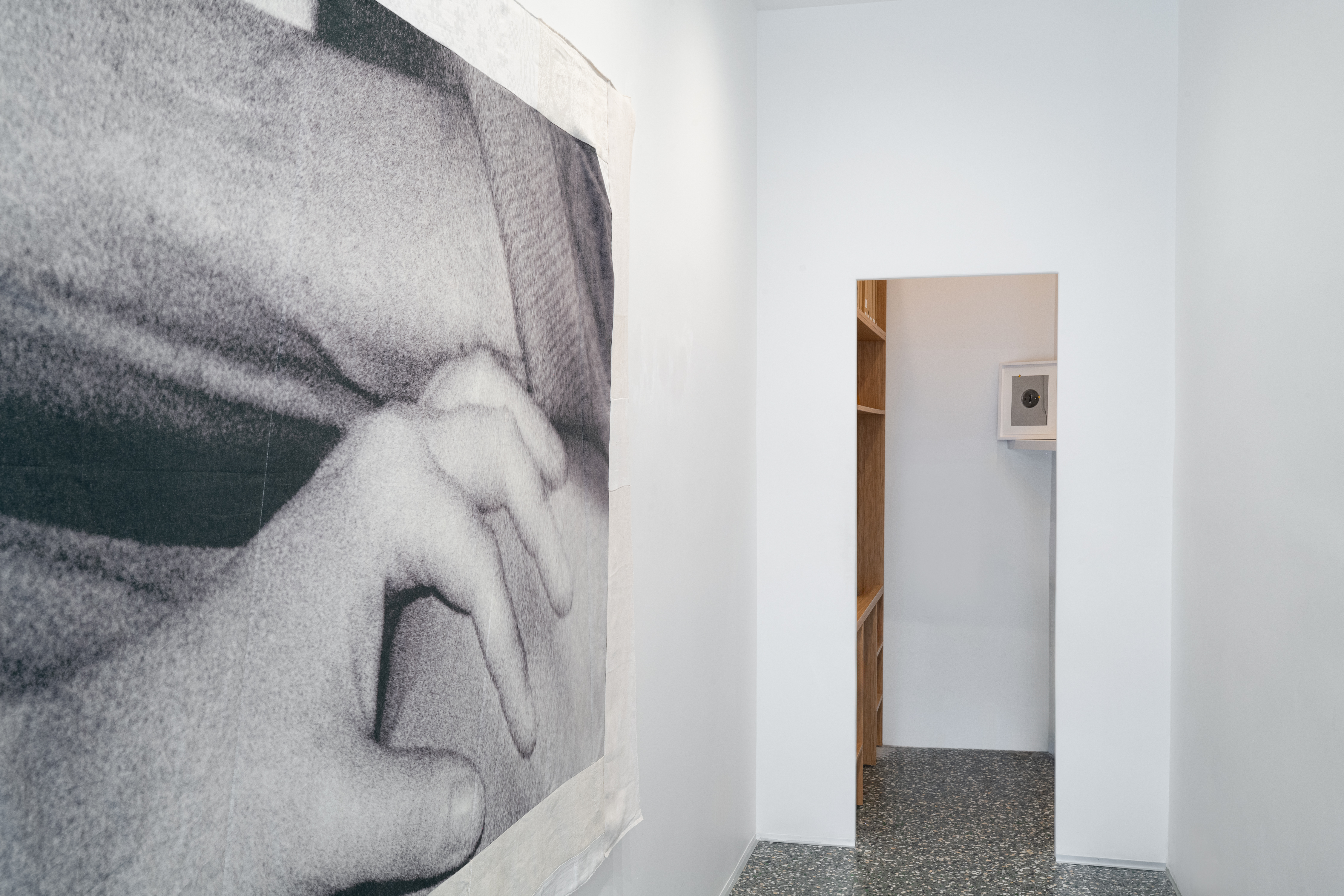
Joanna Piotrowska, A place to Return, Zander Galerie, Paris

Joanna Piotrowska, A place to Return, Zander Galerie, Paris

Joanna Piotrowska, A place to Return, Zander Galerie, Paris
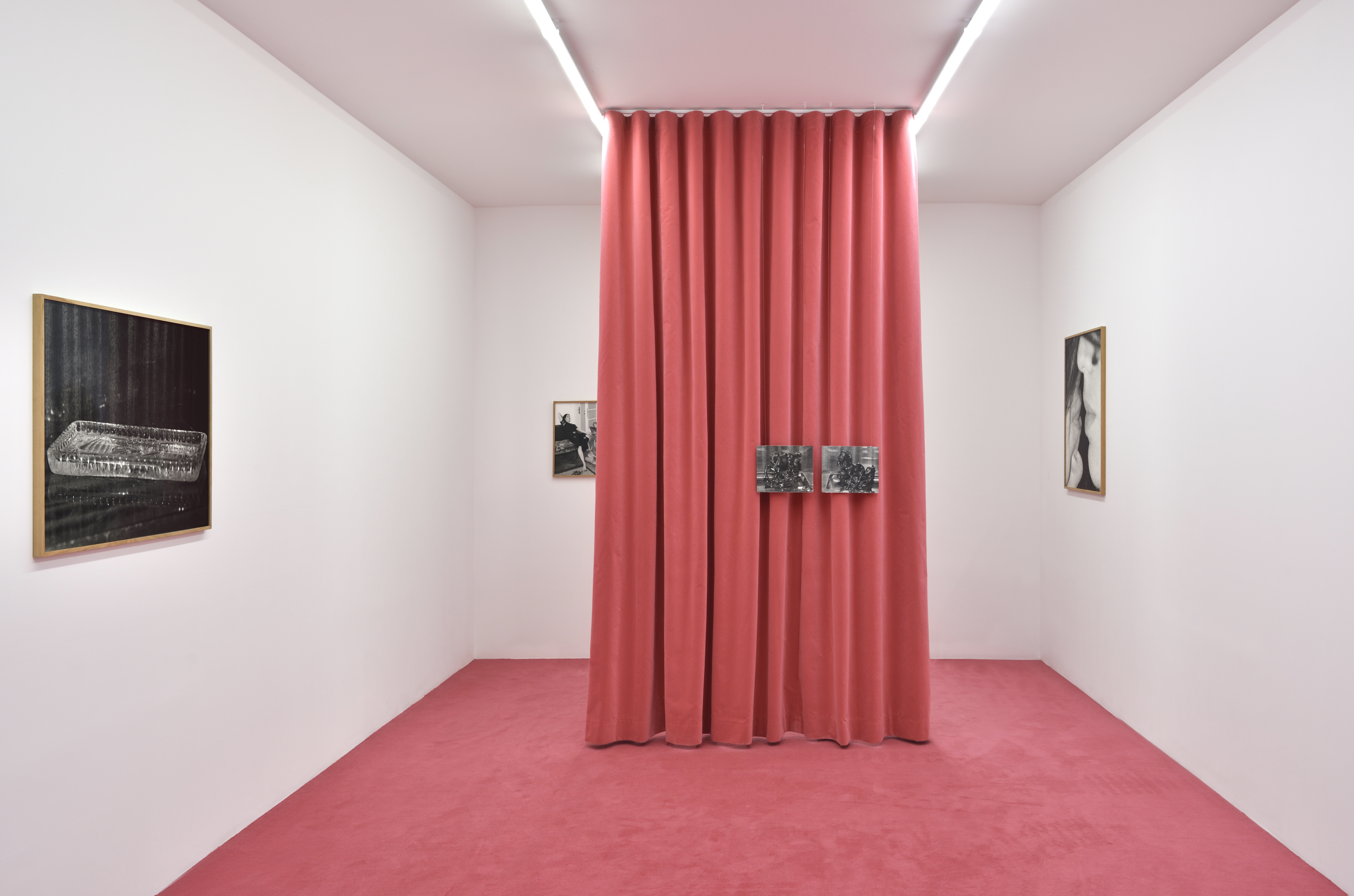
Joanna Piotrowska, Marian Goodman, Paris, 6 September – 5 October 2024. Image:
Rebecca Fanuele
![]()
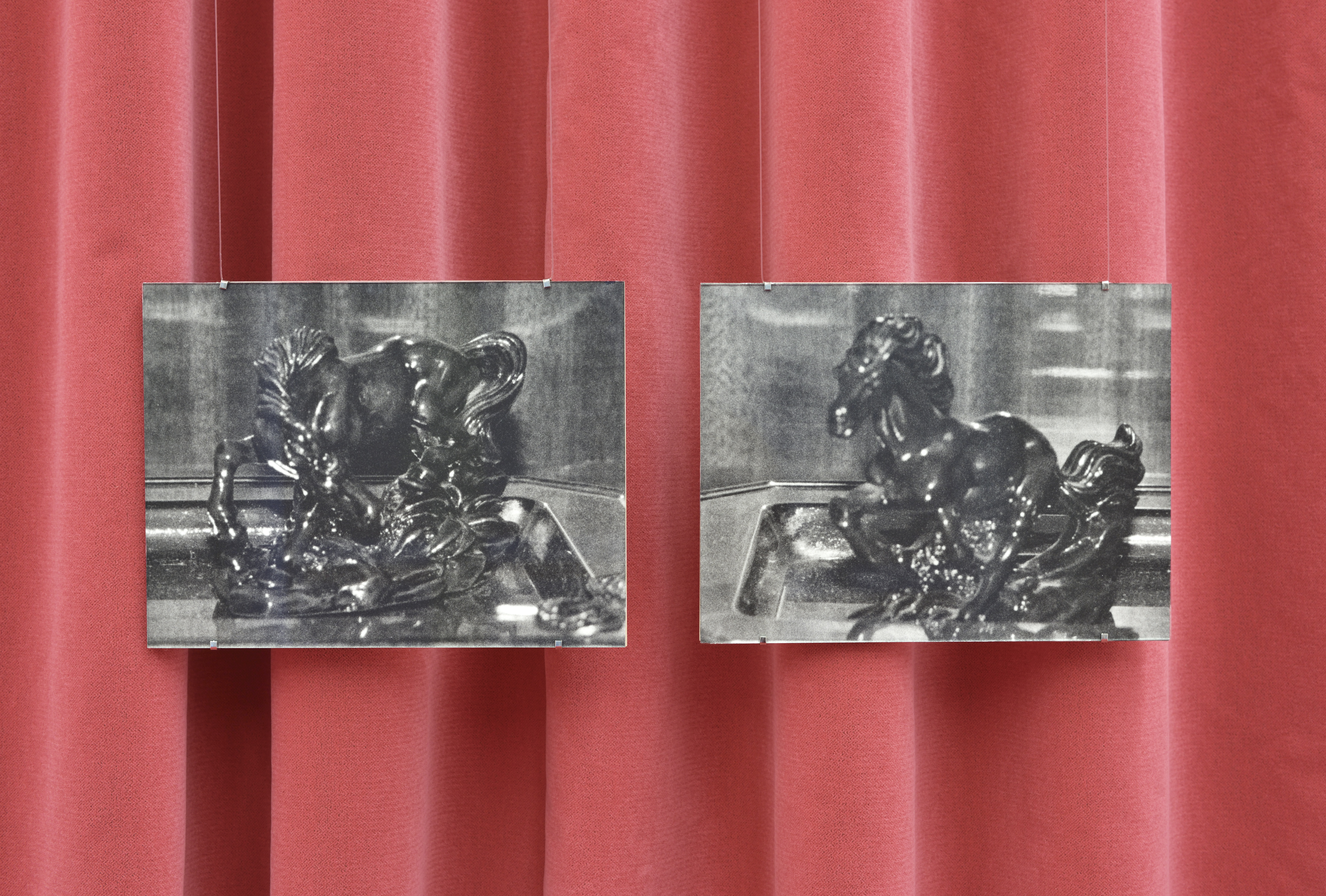
Joanna Piotrowska, Marian Goodman, Paris, 6 September – 5 October 2024. Image: Rebecca Fanuele
![]()

Joanna Piotrowska, Marian Goodman, Paris, 6 September – 5 October 2024. Image: Rebecca Fanuele
![]()

Joanna Piotrowska, Marian Goodman, Paris, 6 September – 5 October 2024. Image: Rebecca Fanuele

Joanna Piotrowska, Marian Goodman, Paris, 6 September – 5 October 2024. Image: Rebecca Fanuele
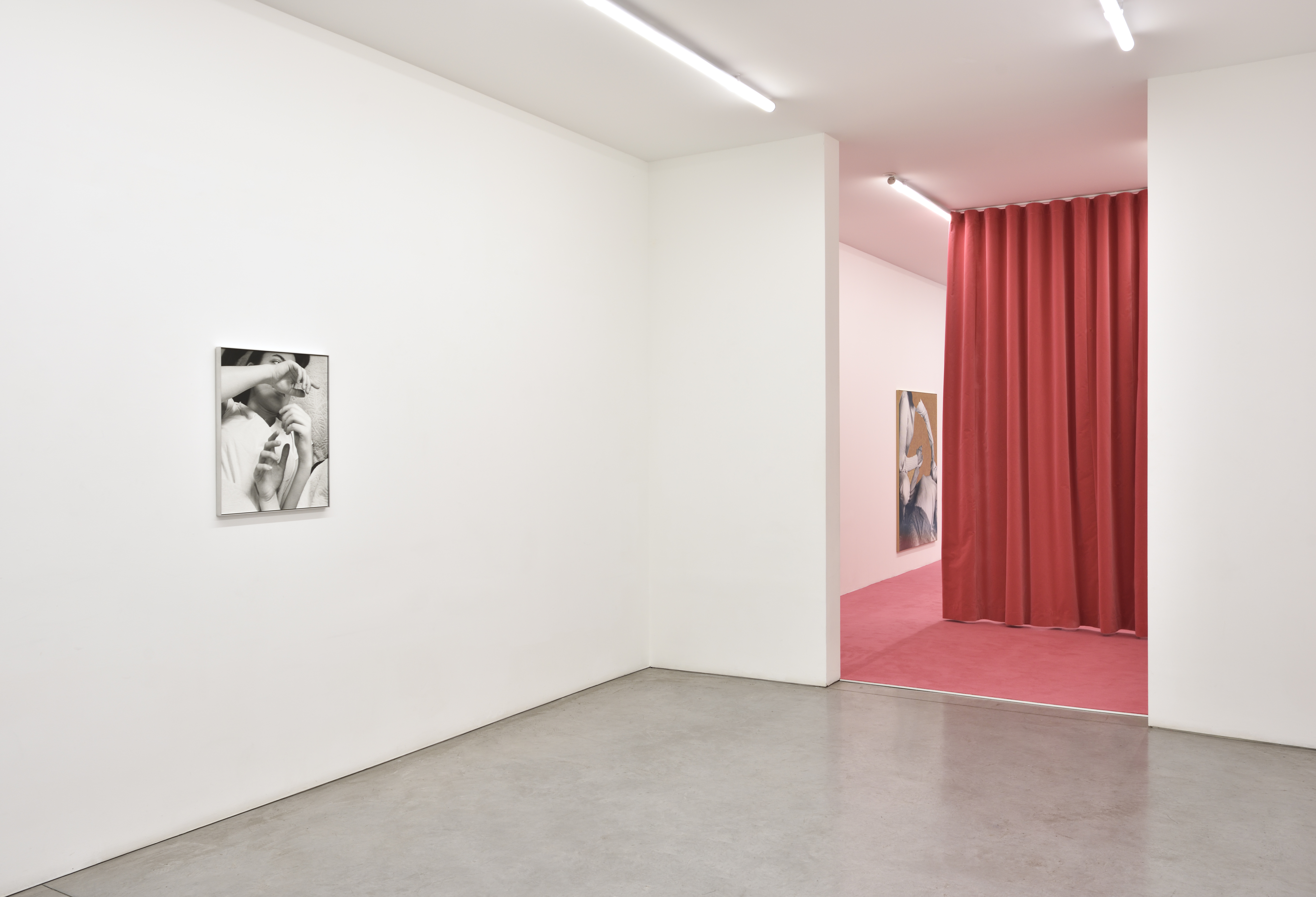
Joanna Piotrowska, Marian Goodman, Paris, 6 September – 5 October 2024. Image: Rebecca Fanuele

Joanna Piotrowska, Marian Goodman, Paris, 6 September – 5 October 2024. Image: Rebecca Fanuele

Joanna Piotrowska, Marian Goodman, Paris, 6 September – 5 October 2024. Image: Rebecca Fanuele

Joanna Piotrowska, Marian Goodman, Paris, 6 September – 5 October 2024. Image: Rebecca Fanuele

Joanna Piotrowska, Marian Goodman, Paris, 6 September – 5 October 2024. Image: Rebecca Fanuele

Joanna Piotrowska, Marian Goodman, Paris, 6 September – 5 October 2024. Image: Rebecca Fanuele

Joanna Piotrowska, Marian Goodman, Paris, 6 September – 5 October 2024. Image: Rebecca Fanuele

Joanna Piotrowska, Marian Goodman, Paris, 6 September – 5 October 2024. Image: Rebecca Fanuele
The Work of Hands
Galeria Dawid Radziszewski, Warsaw
7 —21 September 2024
Hanna Hur, Joanna Piotrowska, Unica Zürn
Until not long ago, most of my work involved moving. Now that we’re trying to make the gallery more resemble those ones abroad, my actions boil down to small movements of the fingers, which I tap on a keyboard in a sitting position. If I didn’t have to drink coffee and if we had better chairs in the gallery I could sit many hours this way.
In the past, this kind of work with only the slightest of movements would have been reserved for the most precise artisans, intellectuals, and artists (and only those who liked fine-tuning their work). Perhaps writers as well, though you really had to press hard on typewriter keys, which meant using one of them more recalled operating a miniature cotton mill than today’s writing. I could even be proud of all this were it not for the fact that everyone with a higher education currently works the same way. The arms spend most of the day idle and indifferent.
The worst part is that the same motionlessness fills my free time. Only individual fingers burn the calories, especially when I enlarge the screen, or the muscles attached to my eyeballs. It makes me feel rather sad, but who wouldn’t.
This exhibition will be presenting Joanna Piotrowska’s moving sculptures and the juxtaposed works of Unica Zürn and Hanna Hur.
Galeria Dawid Radziszewski, Warsaw
7 —21 September 2024
Hanna Hur, Joanna Piotrowska, Unica Zürn
Until not long ago, most of my work involved moving. Now that we’re trying to make the gallery more resemble those ones abroad, my actions boil down to small movements of the fingers, which I tap on a keyboard in a sitting position. If I didn’t have to drink coffee and if we had better chairs in the gallery I could sit many hours this way.
In the past, this kind of work with only the slightest of movements would have been reserved for the most precise artisans, intellectuals, and artists (and only those who liked fine-tuning their work). Perhaps writers as well, though you really had to press hard on typewriter keys, which meant using one of them more recalled operating a miniature cotton mill than today’s writing. I could even be proud of all this were it not for the fact that everyone with a higher education currently works the same way. The arms spend most of the day idle and indifferent.
The worst part is that the same motionlessness fills my free time. Only individual fingers burn the calories, especially when I enlarge the screen, or the muscles attached to my eyeballs. It makes me feel rather sad, but who wouldn’t.
This exhibition will be presenting Joanna Piotrowska’s moving sculptures and the juxtaposed works of Unica Zürn and Hanna Hur.

The Work of Hands, Galeria Dawid Radziszewski, Warsaw, 7 —21 September 2024. Image: Bartosz Zalewski
![]()
The Work of Hands, Galeria Dawid Radziszewski, Warsaw, 7 —21 September 2024. Image: Bartosz Zalewski
![]()
The Work of Hands, Galeria Dawid Radziszewski, Warsaw, 7 —21 September 2024. Image: Bartosz Zalewski
![]()
The Work of Hands, Galeria Dawid Radziszewski, Warsaw, 7 —21 September 2024. Image: Bartosz Zalewski
![]()
The Work of Hands, Galeria Dawid Radziszewski, Warsaw, 7 —21 September 2024. Image: Bartosz Zalewski
The Work of Hands, Galeria Dawid Radziszewski, Warsaw, 7 —21 September 2024. Image: Bartosz Zalewski
The Work of Hands, Galeria Dawid Radziszewski, Warsaw, 7 —21 September 2024. Image: Bartosz Zalewski
The Work of Hands, Galeria Dawid Radziszewski, Warsaw, 7 —21 September 2024. Image: Bartosz Zalewski

The Work of Hands, Galeria Dawid Radziszewski, Warsaw, 7 —21 September 2024. Image: Bartosz Zalewski

The Work of Hands, Galeria Dawid Radziszewski, Warsaw, 7 —21 September 2024. Image: Bartosz Zalewski

The Work of Hands, Galeria Dawid Radziszewski, Warsaw, 7 —21 September 2024. Image: Bartosz Zalewski
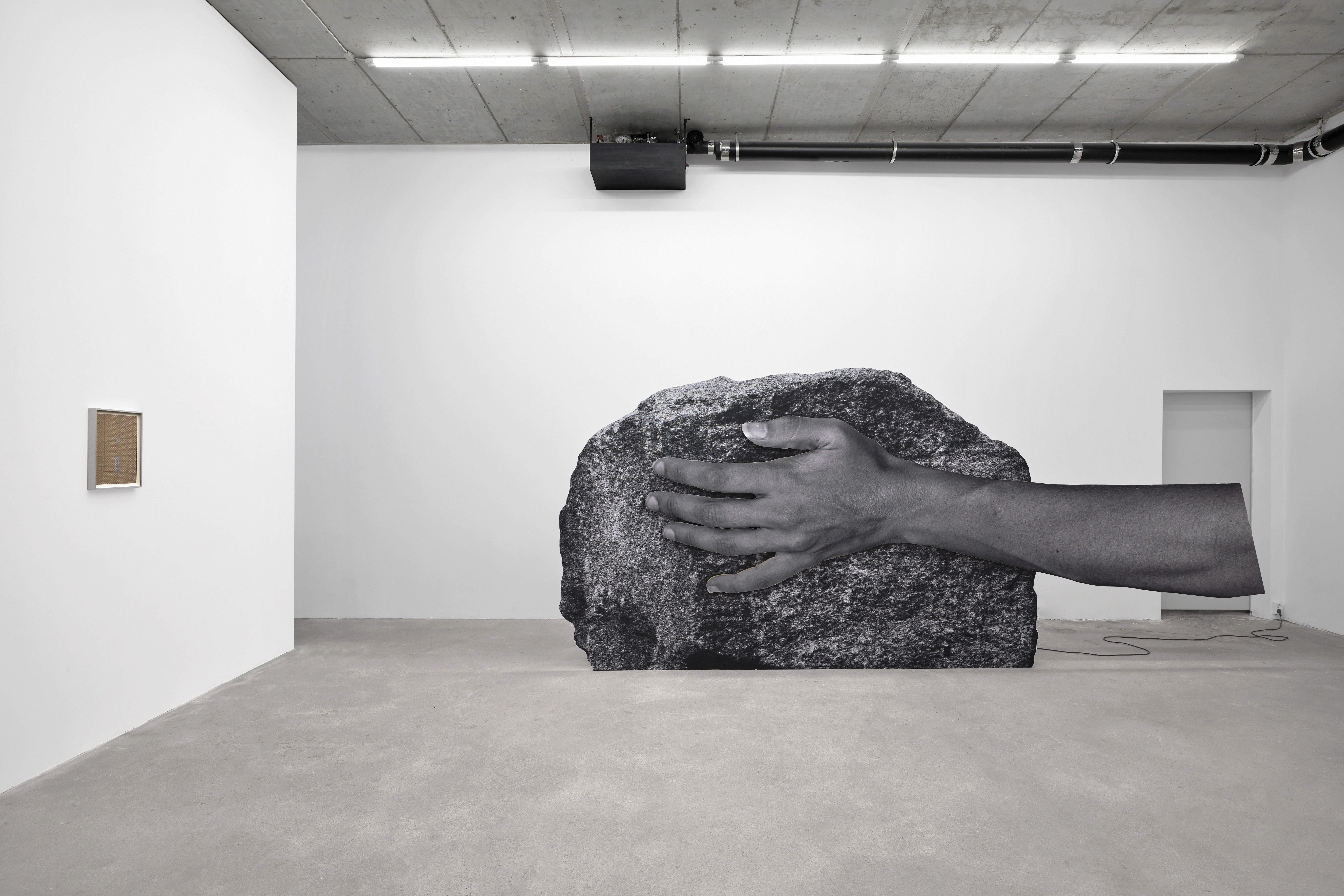
The Work of Hands, Galeria Dawid Radziszewski, Warsaw, 7 —21 September 2024. Image: Bartosz Zalewski
The Work of Hands, Galeria Dawid Radziszewski, Warsaw, 7 —21 September 2024. Image: Bartosz Zalewski
The Work of Hands, Galeria Dawid Radziszewski, Warsaw, 7 —21 September 2024. Image: Bartosz Zalewski
The Work of Hands, Galeria Dawid Radziszewski, Warsaw, 7 —21 September 2024. Image: Bartosz Zalewski
unseeing eyes, restless bodies
ICA Philadelphia, USA
13 July — 1 December 2024
This presentation marks the first U.S. solo museum exhibition dedicated to Joanna Piotrowska (b. 1985), a Polish artist based in London whose work examines the human condition through performative acts, photography, and film. Self-defense manuals and psychotherapeutic methods are used as reference points as Piotrowska explores the complex roles that play out in everyday life.
The exhibition features large-scale, silver gelatin prints of subjects that probe human behavior and the dynamics of domestic relations, exploring intimacy, violence, control, and self-protection with an emphasis on gesture and touch. Throughout the galleries, the artist creates a space with domestic references from which contrasting image placement and content create an uncanny experience that reveals moments of care as well as hierarchies of power.
ICA Philadelphia, USA
13 July — 1 December 2024
This presentation marks the first U.S. solo museum exhibition dedicated to Joanna Piotrowska (b. 1985), a Polish artist based in London whose work examines the human condition through performative acts, photography, and film. Self-defense manuals and psychotherapeutic methods are used as reference points as Piotrowska explores the complex roles that play out in everyday life.
The exhibition features large-scale, silver gelatin prints of subjects that probe human behavior and the dynamics of domestic relations, exploring intimacy, violence, control, and self-protection with an emphasis on gesture and touch. Throughout the galleries, the artist creates a space with domestic references from which contrasting image placement and content create an uncanny experience that reveals moments of care as well as hierarchies of power.
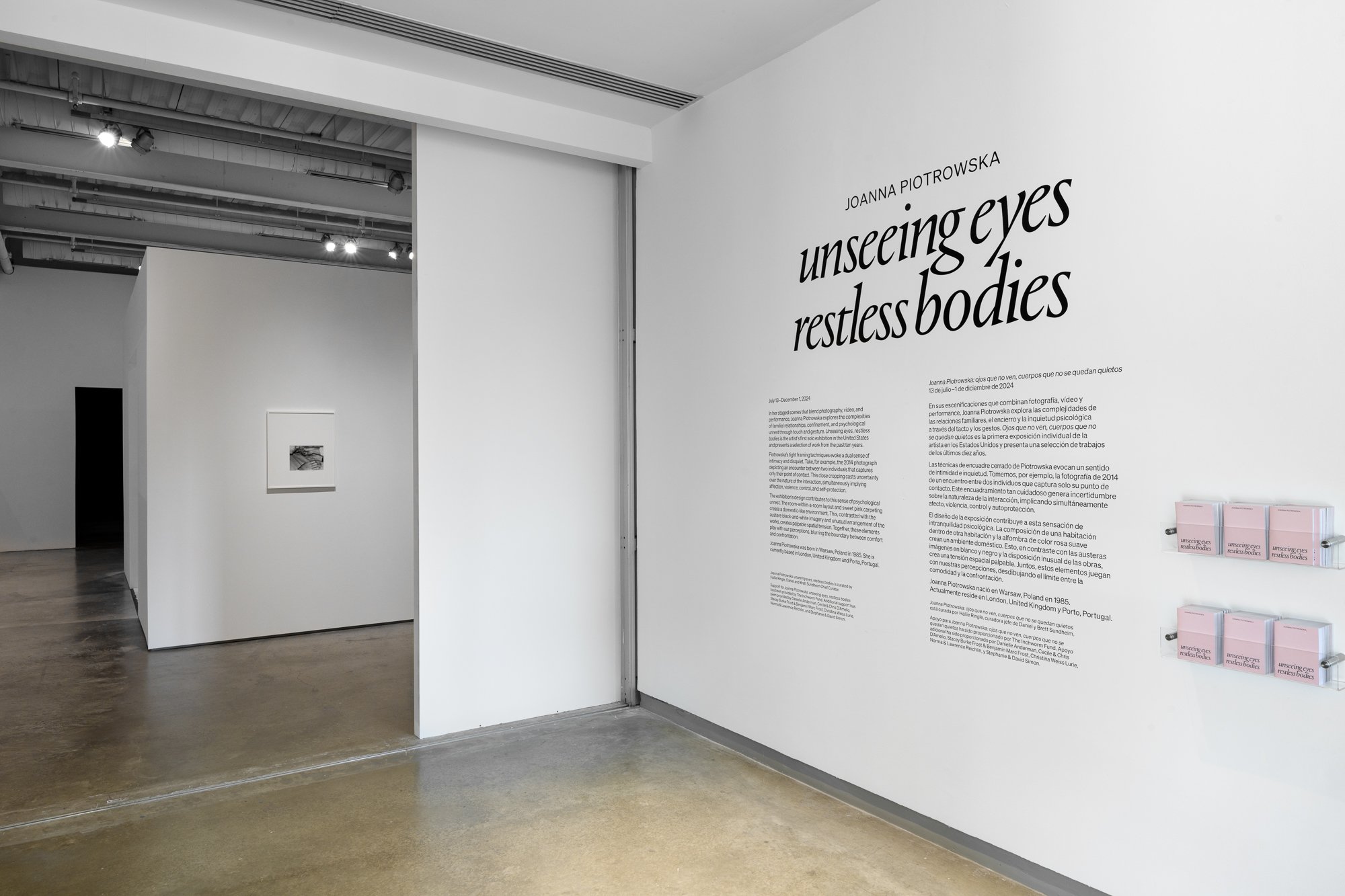
unseeing eyes, restless bodies, ICA Philadelphia, USA, 13 July — 1 December 2024. Image: Constance Mensh
![]()
unseeing eyes, restless bodies, ICA Philadelphia, USA, 13 July — 1 December 2024. Image: Constance Mensh
![]()
unseeing eyes, restless bodies, ICA Philadelphia, USA, 13 July — 1 December 2024. Image: Constance Mensh
![]()
unseeing eyes, restless bodies, ICA Philadelphia, USA, 13 July — 1 December 2024. Image: Constance Mensh
![]()
unseeing eyes, restless bodies, ICA Philadelphia, USA, 13 July — 1 December 2024. Image: Constance Mensh
![]()
unseeing eyes, restless bodies, ICA Philadelphia, USA, 13 July — 1 December 2024. Image: Constance Mensh
![]()
unseeing eyes, restless bodies, ICA Philadelphia, USA, 13 July — 1 December 2024. Image: Constance Mensh
![]()
unseeing eyes, restless bodies, ICA Philadelphia, USA, 13 July — 1 December 2024. Image: Constance Mensh
![]()
unseeing eyes, restless bodies, ICA Philadelphia, USA, 13 July — 1 December 2024. Image: Constance Mensh
![]()
unseeing eyes, restless bodies, ICA Philadelphia, USA, 13 July — 1 December 2024. Image: Constance Mensh
![]()
unseeing eyes, restless bodies, ICA Philadelphia, USA, 13 July — 1 December 2024. Image: Constance Mensh
![]()
unseeing eyes, restless bodies, ICA Philadelphia, USA, 13 July — 1 December 2024. Image: Constance Mensh
![]() Untitled, 2024, silver gelatin hand prints, cherry wood, 40 x 50 cm.
Untitled, 2024, silver gelatin hand prints, cherry wood, 40 x 50 cm.
![]()
unseeing eyes, restless bodies, ICA Philadelphia, USA, 13 July — 1 December 2024. Image: Constance Mensh
![]()
unseeing eyes, restless bodies, ICA Philadelphia, USA, 13 July — 1 December 2024. Image: Constance Mensh
![]() Mother and Daughter, 2023, collage: silver gelatin hand prints, cherry wood, 50 x 60 cm
Mother and Daughter, 2023, collage: silver gelatin hand prints, cherry wood, 50 x 60 cm
![]()
unseeing eyes, restless bodies, ICA Philadelphia, USA, 13 July — 1 December 2024. Image: Constance Mensh
![]()
unseeing eyes, restless bodies, ICA Philadelphia, USA, 13 July — 1 December 2024. Image: Constance Mensh
![]()
unseeing eyes, restless bodies, ICA Philadelphia, USA, 13 July — 1 December 2024. Image: Constance Mensh

unseeing eyes, restless bodies, ICA Philadelphia, USA, 13 July — 1 December 2024. Image: Constance Mensh

unseeing eyes, restless bodies, ICA Philadelphia, USA, 13 July — 1 December 2024. Image: Constance Mensh

unseeing eyes, restless bodies, ICA Philadelphia, USA, 13 July — 1 December 2024. Image: Constance Mensh
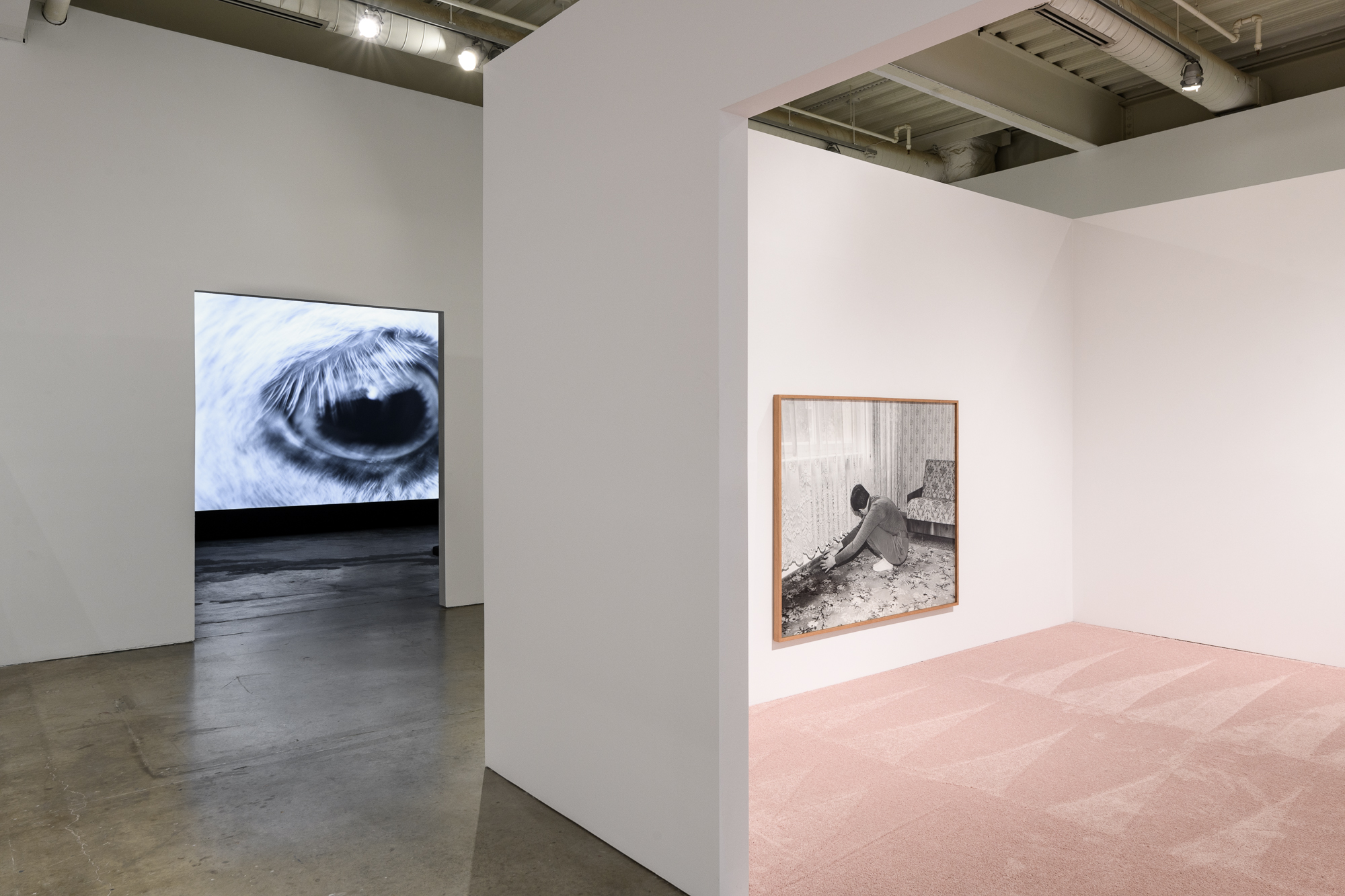
unseeing eyes, restless bodies, ICA Philadelphia, USA, 13 July — 1 December 2024. Image: Constance Mensh

unseeing eyes, restless bodies, ICA Philadelphia, USA, 13 July — 1 December 2024. Image: Constance Mensh

unseeing eyes, restless bodies, ICA Philadelphia, USA, 13 July — 1 December 2024. Image: Constance Mensh

unseeing eyes, restless bodies, ICA Philadelphia, USA, 13 July — 1 December 2024. Image: Constance Mensh

unseeing eyes, restless bodies, ICA Philadelphia, USA, 13 July — 1 December 2024. Image: Constance Mensh

unseeing eyes, restless bodies, ICA Philadelphia, USA, 13 July — 1 December 2024. Image: Constance Mensh

unseeing eyes, restless bodies, ICA Philadelphia, USA, 13 July — 1 December 2024. Image: Constance Mensh

unseeing eyes, restless bodies, ICA Philadelphia, USA, 13 July — 1 December 2024. Image: Constance Mensh
 Untitled, 2024, silver gelatin hand prints, cherry wood, 40 x 50 cm.
Untitled, 2024, silver gelatin hand prints, cherry wood, 40 x 50 cm.

unseeing eyes, restless bodies, ICA Philadelphia, USA, 13 July — 1 December 2024. Image: Constance Mensh

unseeing eyes, restless bodies, ICA Philadelphia, USA, 13 July — 1 December 2024. Image: Constance Mensh
 Mother and Daughter, 2023, collage: silver gelatin hand prints, cherry wood, 50 x 60 cm
Mother and Daughter, 2023, collage: silver gelatin hand prints, cherry wood, 50 x 60 cm

unseeing eyes, restless bodies, ICA Philadelphia, USA, 13 July — 1 December 2024. Image: Constance Mensh
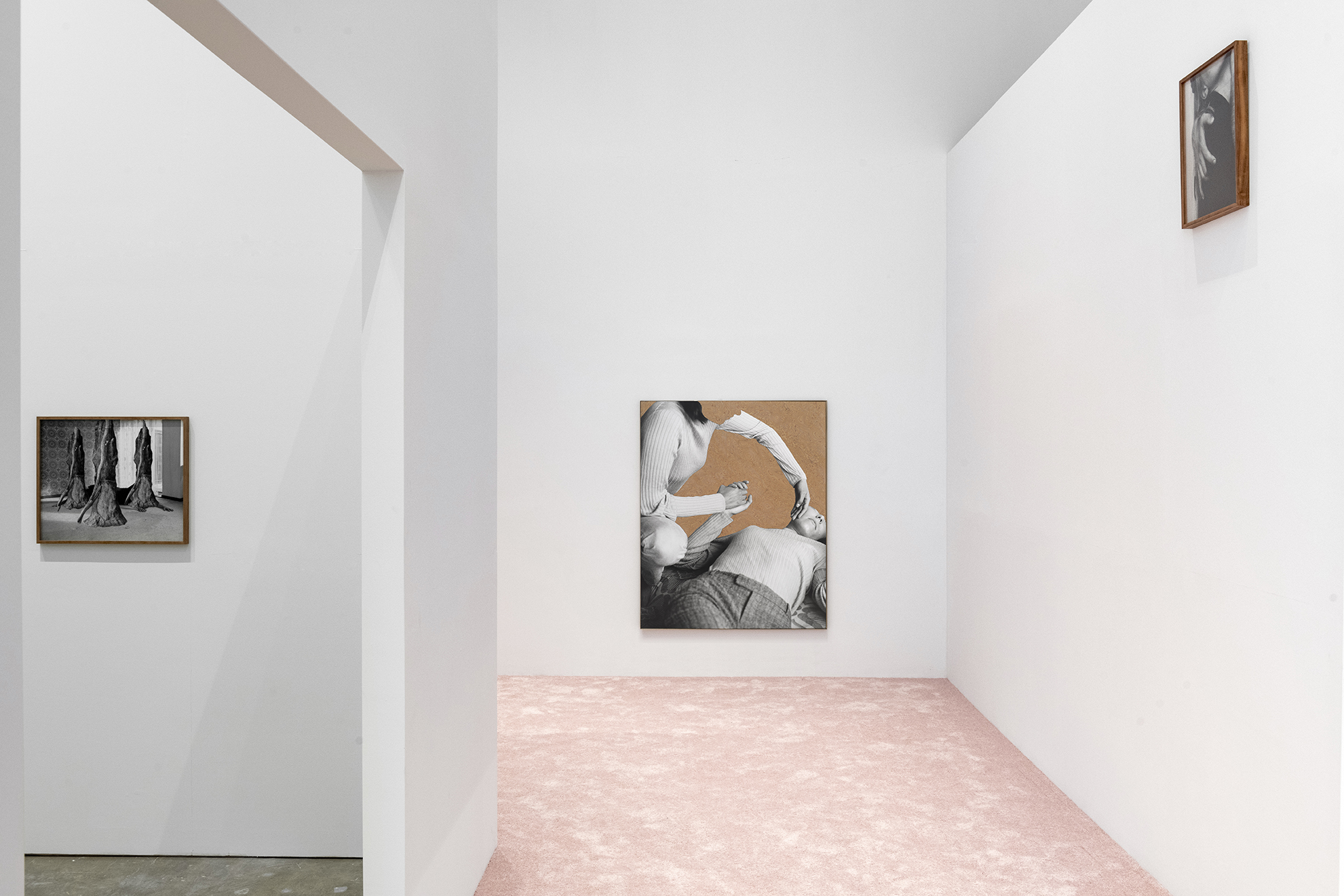
unseeing eyes, restless bodies, ICA Philadelphia, USA, 13 July — 1 December 2024. Image: Constance Mensh

unseeing eyes, restless bodies, ICA Philadelphia, USA, 13 July — 1 December 2024. Image: Constance Mensh
Implicit Lives
Madragoa, Lisbon
22 May — 6 July 2024
“[...] In the exhibition Implicit Lives, a similar intimate dimension, achieved with elements of domestic furniture, triggers a journey through time. Black-and-white photographs depicting men and (more often) women, caught in mutual, enigmatic, and suspended gestures, analogous to the Frowst series (2013-2014), are here embedded in a domestic landscape.
Printed on fabric and installed as if it were a curtain, mounted within a soft fabric frame or framed in veneer panels that extend along the wall, or in freestanding screens that subdivide the space, the works create a continuum between the atmosphere emanating from the pictures and the actual physical space. The selected visual elements, fabric patterns, and veneer surfaces, with their vintage flavor veiled with a sense of nostalgia, can evoke to today’s adults the domestic interiors of a home they inhabited during childhood or adolescence. In particular, the mottled pattern of the veneer grain brings one back to the dimension of childhood for another reason as well.
Who as a child, on afternoons of gilded boredom, has not practiced recognizing in the wood grain of furniture or parquet floors the features of a face? Anything but a child’s occupation, the phenomenon is called pareidolia and is described by Leonardo in his A Treatise on Painting. It is a process of interpreting real but incomplete visual stimuli in a way that leads to the perception of meaningful forms, such as human faces or objects where there are none (stains on walls, clouds, shadows). An innate propensity that evolved for the survival of the species due to our prehistoric ancestors’ need to recognize a possible predator, however well camouflaged, pareidolia is a congenital faculty, but it is also the product of previous experiences that allow us to see what we want to see.
The oneiric squiggles of faux wood echo in the childhood drawing, elaborated by the artist from a group of drawings executed by herself, her sister, and cousins when they were children, which became the weave of a tapestry. The erratic black line, thin or thick, is a seismograph that records gestures and moods, an automatic or rather pre-verbal, unconscious writing.”
- Sara De Chiara
Madragoa, Lisbon
22 May — 6 July 2024
“[...] In the exhibition Implicit Lives, a similar intimate dimension, achieved with elements of domestic furniture, triggers a journey through time. Black-and-white photographs depicting men and (more often) women, caught in mutual, enigmatic, and suspended gestures, analogous to the Frowst series (2013-2014), are here embedded in a domestic landscape.
Printed on fabric and installed as if it were a curtain, mounted within a soft fabric frame or framed in veneer panels that extend along the wall, or in freestanding screens that subdivide the space, the works create a continuum between the atmosphere emanating from the pictures and the actual physical space. The selected visual elements, fabric patterns, and veneer surfaces, with their vintage flavor veiled with a sense of nostalgia, can evoke to today’s adults the domestic interiors of a home they inhabited during childhood or adolescence. In particular, the mottled pattern of the veneer grain brings one back to the dimension of childhood for another reason as well.
Who as a child, on afternoons of gilded boredom, has not practiced recognizing in the wood grain of furniture or parquet floors the features of a face? Anything but a child’s occupation, the phenomenon is called pareidolia and is described by Leonardo in his A Treatise on Painting. It is a process of interpreting real but incomplete visual stimuli in a way that leads to the perception of meaningful forms, such as human faces or objects where there are none (stains on walls, clouds, shadows). An innate propensity that evolved for the survival of the species due to our prehistoric ancestors’ need to recognize a possible predator, however well camouflaged, pareidolia is a congenital faculty, but it is also the product of previous experiences that allow us to see what we want to see.
The oneiric squiggles of faux wood echo in the childhood drawing, elaborated by the artist from a group of drawings executed by herself, her sister, and cousins when they were children, which became the weave of a tapestry. The erratic black line, thin or thick, is a seismograph that records gestures and moods, an automatic or rather pre-verbal, unconscious writing.”
- Sara De Chiara
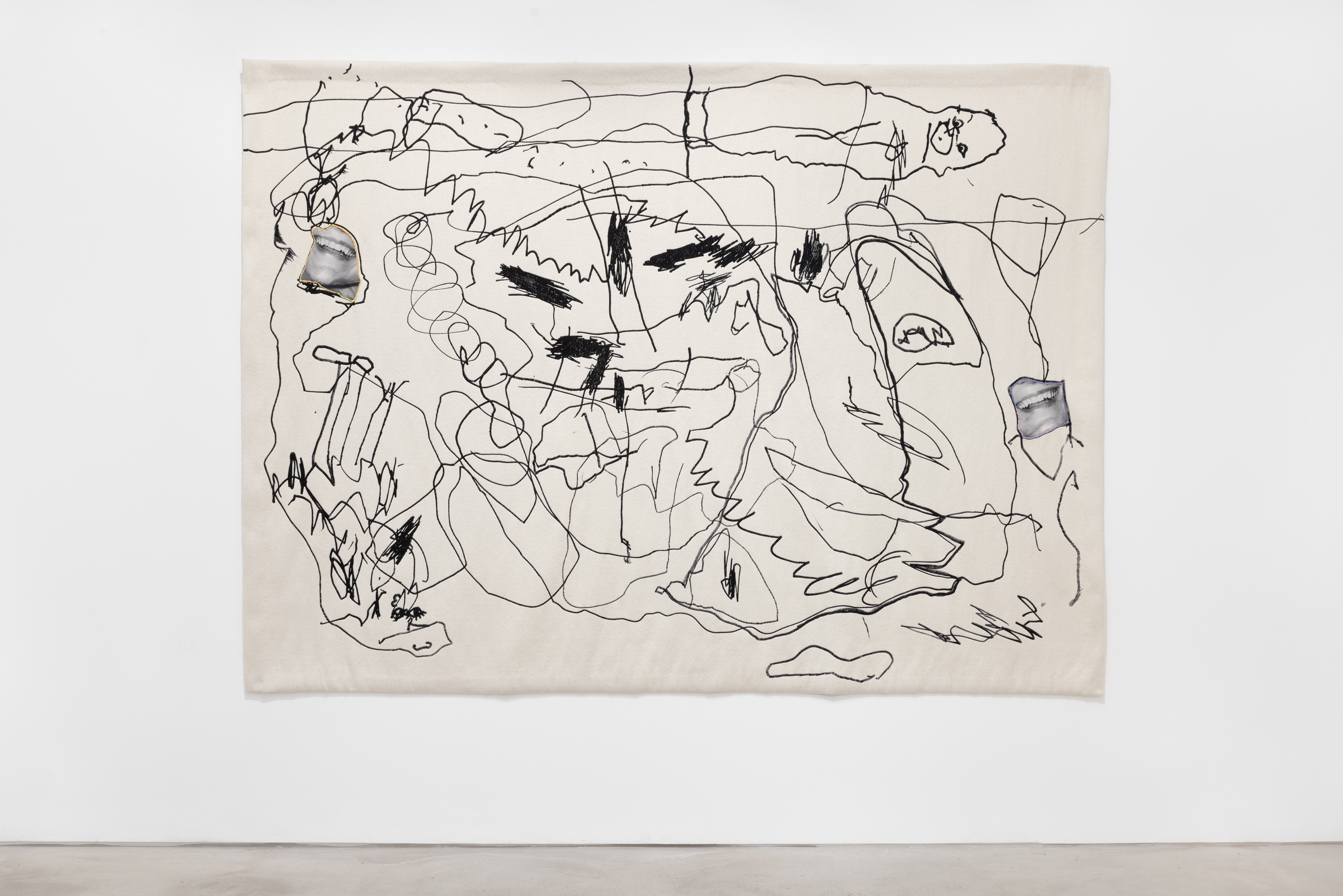
Implicit Lives, installation view. My Mum’s smiles, tapestry, prints on silk. Image: Bruno Lopes

Implicit Lives, installation view. My Mum’s smiles, tapestry, prints on silk. Image: Bruno Lopes

Implicit Lives, installation view. My Mum’s smiles, tapestry, prints on silk. Image: Bruno Lopes
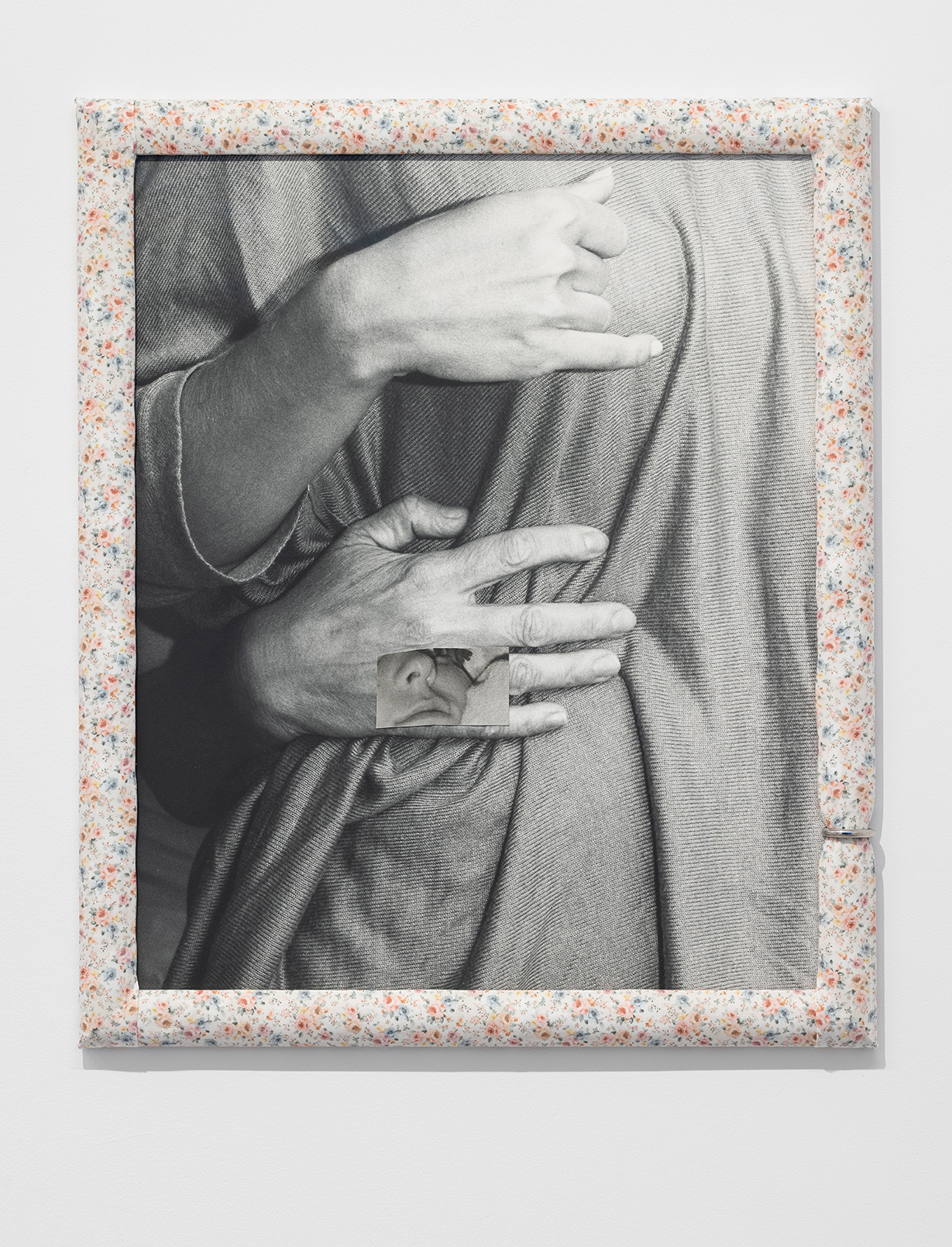
Implicit Lives, installation view. Untitled, silver gelatin prints, fabric, stainless steel ring. Image: Bruno Lopes

Implicit Lives, installation view. Image: Bruno Lopes
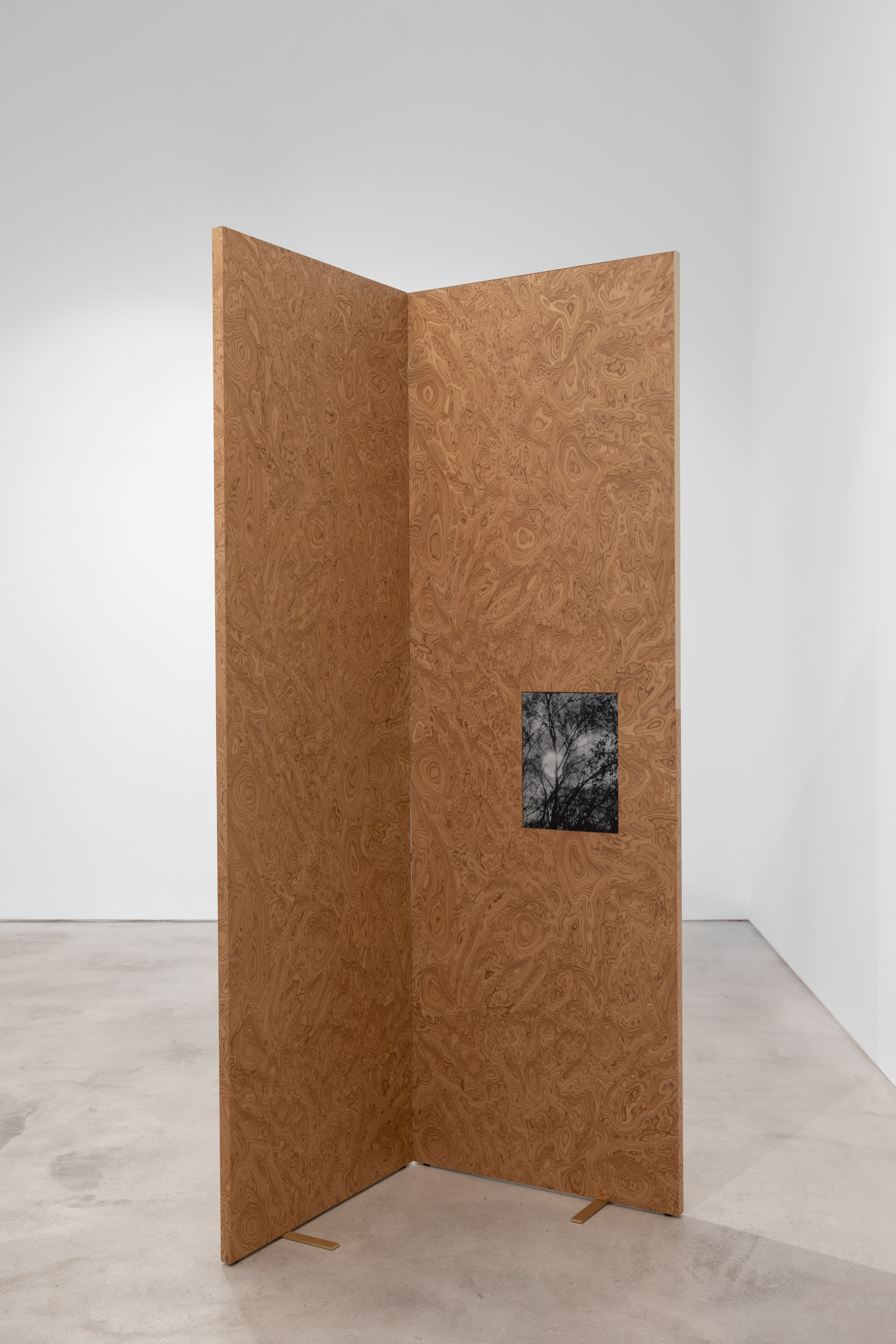
Implicit Lives, installation view. Untitled, silver gelatin prints, wood veneer, brass. Image: Bruno Lopes
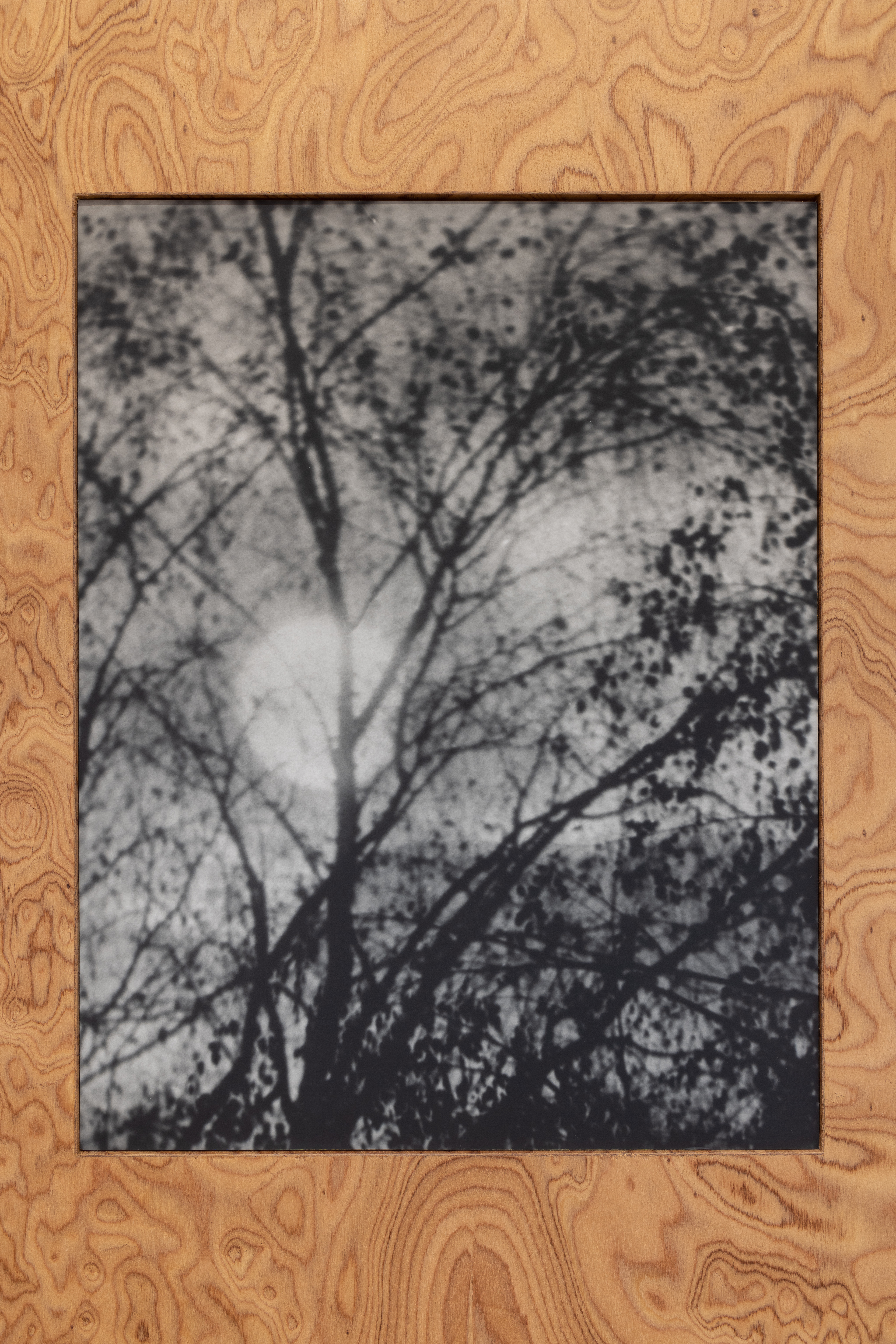
Implicit Lives, installation view. Untitled, silver gelatin prints, wood veneer, brass. Image: Bruno Lopes
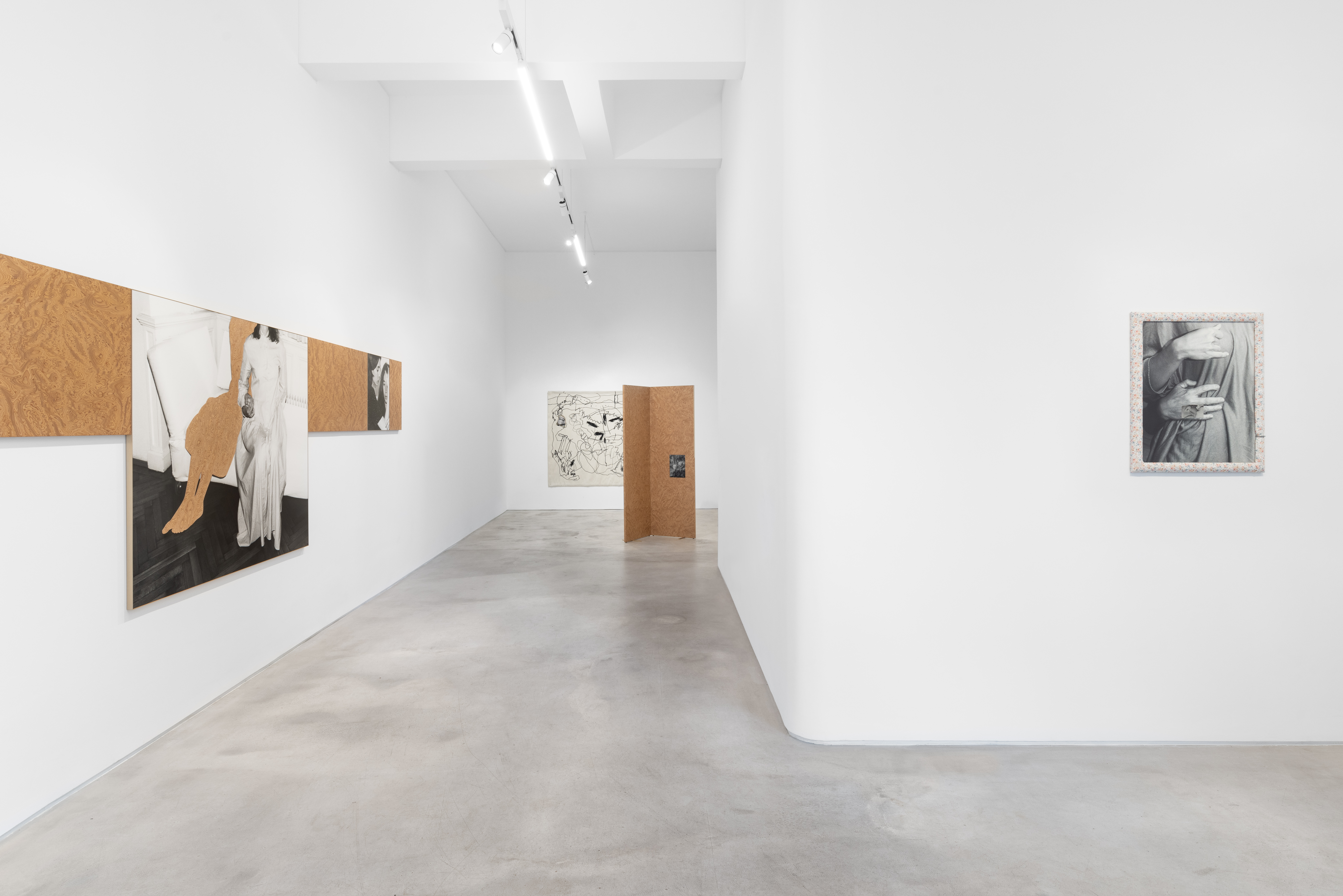
Implicit Lives, installation view. Image: Bruno Lopes

Implicit Lives, installation view. Untitled, silver gelatin print, wood veneer, brass. Image: Bruno Lopes
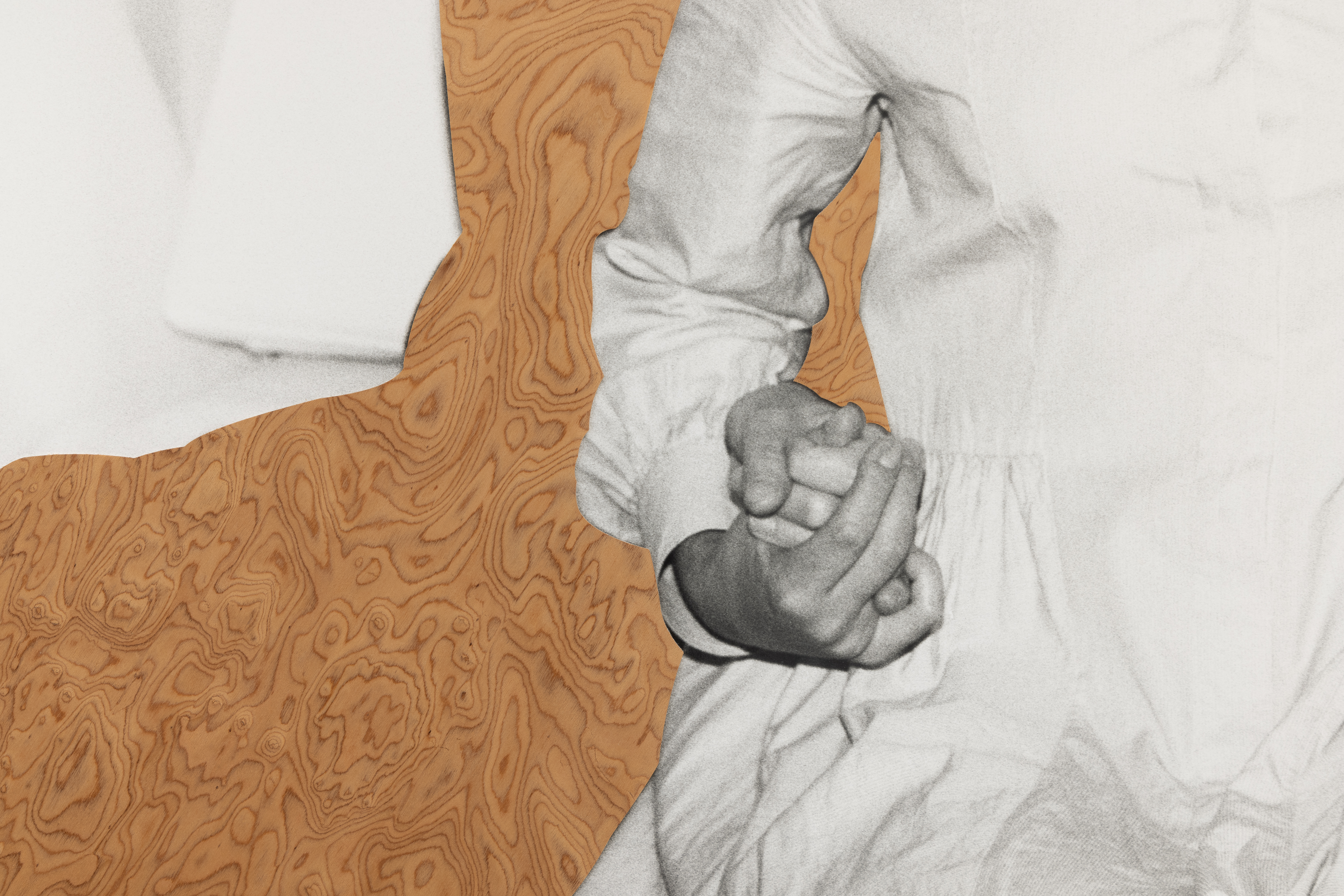
Implicit Lives, installation view. Untitled, silver gelatin print, wood veneer, brass. Image: Bruno Lopes

Implicit Lives, installation view. Untitled, silver gelatin prints, wood veneer, brass. Image: Bruno Lopes

Implicit Lives, installation view. Untitled, silver gelatin prints, wood veneer, brass. Image: Bruno Lopes

Implicit Lives, installation view. Untitled, silver gelatin prints, wood veneer, brass. Image: Bruno Lopes
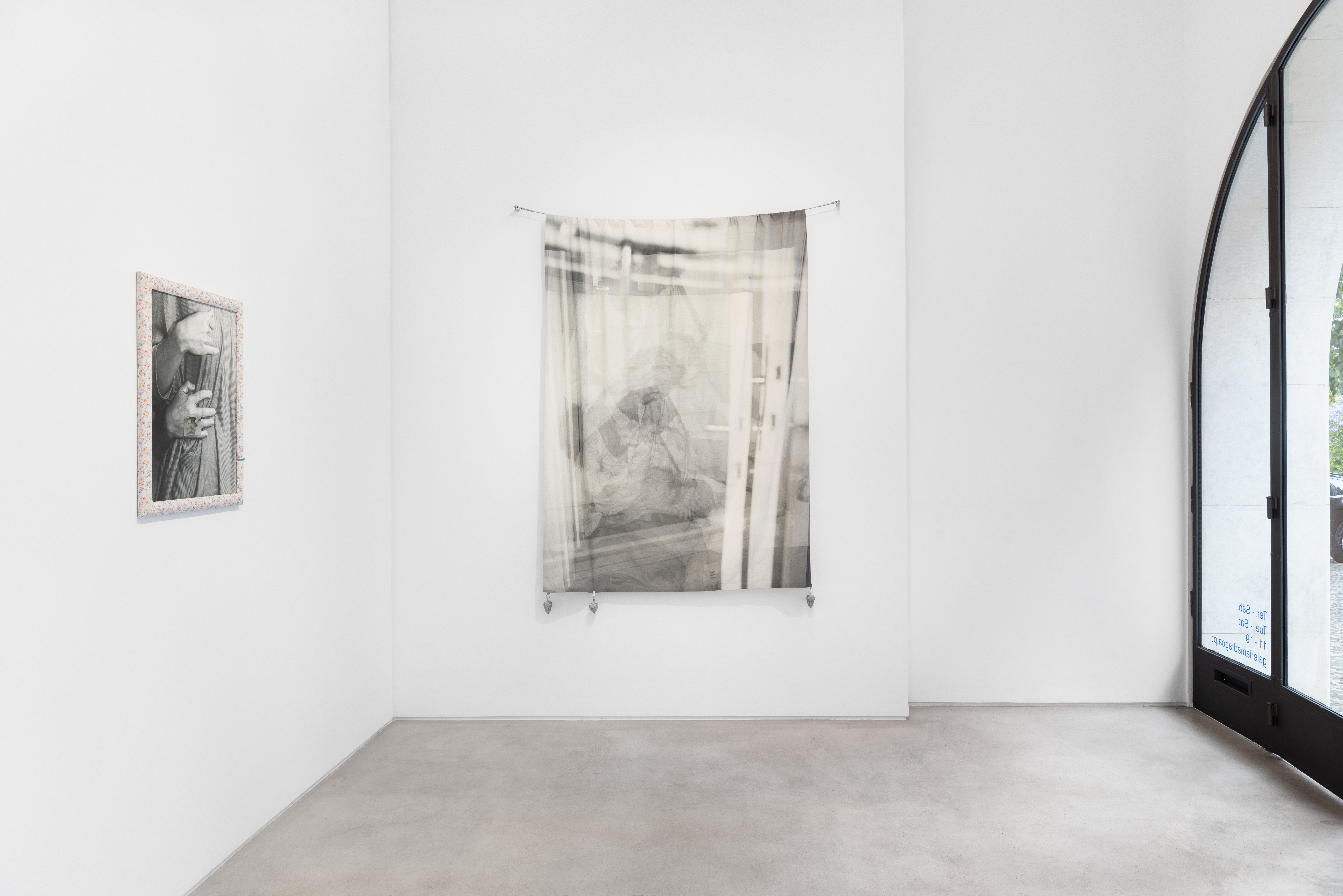
Implicit Lives, installation view. Image: Bruno Lopes
Ruhr Ding: Schlaf
Urbane Künste Ruhr, Witten, Germany
5 May — 25 June 2023
Dreams Are The Facts From Which We Must Proceed, 2023
For three selected display cases of the former Galeria Kaufhof branch in downtown Witten, which was closed in late 2020, the artist Joanna Piotrowska (b. 1985 in Warsaw) has developed almost surrealistic scenes using photographic props: oversized hands caress tree trunks; and in a shop window, a dark sea unfolds behind a mustard-yellow curtain. In lieu of the usual promises of the fashion and merchandise world, the work Dreams Are The Facts From Which We Must Proceed opens up an enraptured view of a different life. At the same time, through the site chosen, it reflects humanity’s ambivalent desires for communion with nature and, at the very same time, for material consumption. For her work in the windows of the former department store, Joanna Piotrowska zoomed in on her own black-and-white photographs, thus emancipating certain photographic elements from the medium itself.
The artist, inspired by contemporary choreographic pieces, mostly employs the medium of analogue photography. Her works often show people amidst their private surroundings, in intimate, rather enigmatic poses. Such staged scenes have a dreamlike undertone and leave behind a touching, occasionally eerie feeling. With knowledge of psychoanalysis, Joanna Piotrowska explores in her works themes like the domestic sphere, family, and women’s position within society. Indeed, the photographs always speak of the structural environment, as well as the abysmal and political dimensions in which the depicted protagonists are immersed.
Urbane Künste Ruhr, Witten, Germany
5 May — 25 June 2023
Dreams Are The Facts From Which We Must Proceed, 2023
For three selected display cases of the former Galeria Kaufhof branch in downtown Witten, which was closed in late 2020, the artist Joanna Piotrowska (b. 1985 in Warsaw) has developed almost surrealistic scenes using photographic props: oversized hands caress tree trunks; and in a shop window, a dark sea unfolds behind a mustard-yellow curtain. In lieu of the usual promises of the fashion and merchandise world, the work Dreams Are The Facts From Which We Must Proceed opens up an enraptured view of a different life. At the same time, through the site chosen, it reflects humanity’s ambivalent desires for communion with nature and, at the very same time, for material consumption. For her work in the windows of the former department store, Joanna Piotrowska zoomed in on her own black-and-white photographs, thus emancipating certain photographic elements from the medium itself.
The artist, inspired by contemporary choreographic pieces, mostly employs the medium of analogue photography. Her works often show people amidst their private surroundings, in intimate, rather enigmatic poses. Such staged scenes have a dreamlike undertone and leave behind a touching, occasionally eerie feeling. With knowledge of psychoanalysis, Joanna Piotrowska explores in her works themes like the domestic sphere, family, and women’s position within society. Indeed, the photographs always speak of the structural environment, as well as the abysmal and political dimensions in which the depicted protagonists are immersed.

Dreams Are The Facts From Which We Must Proceed. Urbane Kunste Ruhr, Witten, Germany, 5 May — 25 June 2023
Group Portrait
Phillida Reid, London, UK
22 July - 23 September 2023
Hany Armanious, Nicola Bealing, Lea Cetera, Ann Craven, Celia Hempton, Claudia Kogachi, Olu Ogunnaike, Campbell Patterson, Joanna Piotrowska, Mohammed Z. Rahman, Prem Sahib, Ebun Sodipo, Edward Thomasson, Bedwyr Williams
Group Portrait brings together work by gallery artists and friends, where depiction of the self, of those close, commemorated, imagined, even absent, is central to the works’ realisation and form. The grouping co-situates maker and subject, evoking the individuality as well as multiplicity of presence; of attachments and associations within the act of portrayal and exhibition-making.
Phillida Reid, London, UK
22 July - 23 September 2023
Hany Armanious, Nicola Bealing, Lea Cetera, Ann Craven, Celia Hempton, Claudia Kogachi, Olu Ogunnaike, Campbell Patterson, Joanna Piotrowska, Mohammed Z. Rahman, Prem Sahib, Ebun Sodipo, Edward Thomasson, Bedwyr Williams
Group Portrait brings together work by gallery artists and friends, where depiction of the self, of those close, commemorated, imagined, even absent, is central to the works’ realisation and form. The grouping co-situates maker and subject, evoking the individuality as well as multiplicity of presence; of attachments and associations within the act of portrayal and exhibition-making.

Group Portrait, Phillida Reid, London, UK, 22 July - 23 September 2023
![]()
Group Portrait, Phillida Reid, London, UK, 22 July - 23 September 2023
![]()
Group Portrait, Phillida Reid, London, UK, 22 July - 23 September 2023

Group Portrait, Phillida Reid, London, UK, 22 July - 23 September 2023

Group Portrait, Phillida Reid, London, UK, 22 July - 23 September 2023
Oltre Terra. Why Wool Matters
Formafantasma
Nasjonalmuseet, Oslo
26 May – 1 October 2023
Tactile Afferents
Film by Joanna Piotrowska and Formafantasma
6 minutes 30 seconds
Born from a close collaboration between Formafantasma and artist Joanna Piotrowska, Tactile Afferents is conceived as a filmic journey through touch and gestures, proximity and feel, those primary modes of communication between beings – humans and sheep – that cannot relate verbally with each other. This film aims to take the viewer where human words have no power, to that space where persuasion passes through the hands, where power is administered thermally, transmitted through the temperature of the palms.
The camera is fixed on a staged choreography of gestures, an arrangement of hands, limbs and fleece: certain maneuvers belong to the vocabulary of domestication, others are less descriptive and more mysterious. From familiarity, touch morphs into the unfamiliar. Despite its quasi-compilatory structure, Tactile afferents is not a directory of gestures, nor an atlas of domestication poses. Of this polysemy of materials and gestures, forms of contact and tactile politics, Tactile Afferents assumes all the complexity, projecting it onto the relationship between humans and sheep. Many of the actions are extremely codified and have survived the centuries, morphing from the rural dimension of coexistence between humans and animals to the current industrial scale of wool production.
Tactile afferents conceptualizes touch as a way of getting closer to the unknown, as a form of knowledge, as the hope for a new lingua franca between species. It is a film that explores the very space around it as we would do ourselves upon entering a room with no light, making our way with our hands.
Formafantasma
Nasjonalmuseet, Oslo
26 May – 1 October 2023
Tactile Afferents
Film by Joanna Piotrowska and Formafantasma
6 minutes 30 seconds
Born from a close collaboration between Formafantasma and artist Joanna Piotrowska, Tactile Afferents is conceived as a filmic journey through touch and gestures, proximity and feel, those primary modes of communication between beings – humans and sheep – that cannot relate verbally with each other. This film aims to take the viewer where human words have no power, to that space where persuasion passes through the hands, where power is administered thermally, transmitted through the temperature of the palms.
The camera is fixed on a staged choreography of gestures, an arrangement of hands, limbs and fleece: certain maneuvers belong to the vocabulary of domestication, others are less descriptive and more mysterious. From familiarity, touch morphs into the unfamiliar. Despite its quasi-compilatory structure, Tactile afferents is not a directory of gestures, nor an atlas of domestication poses. Of this polysemy of materials and gestures, forms of contact and tactile politics, Tactile Afferents assumes all the complexity, projecting it onto the relationship between humans and sheep. Many of the actions are extremely codified and have survived the centuries, morphing from the rural dimension of coexistence between humans and animals to the current industrial scale of wool production.
Tactile afferents conceptualizes touch as a way of getting closer to the unknown, as a form of knowledge, as the hope for a new lingua franca between species. It is a film that explores the very space around it as we would do ourselves upon entering a room with no light, making our way with our hands.
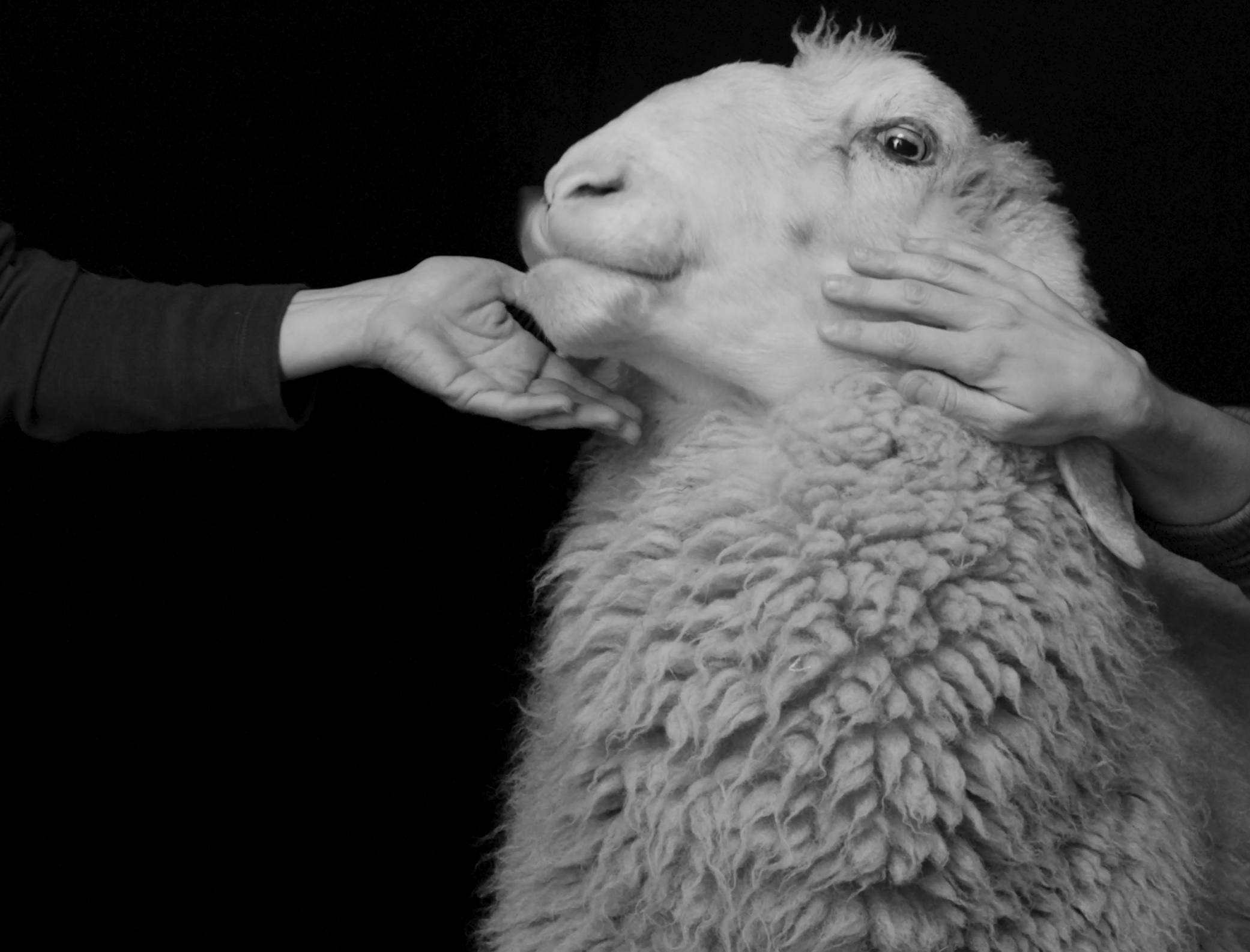
Still form Tactile Afferents, film by Joanna Piotrowska and Formafantasma, 2023
L’Irrésolue (The Irresolute)
Frac Ile-de-France - Le Plateau, Paris
26 January – 23 April 2023
Nadia Belerique, Camille Brée, Eléonore Cheneau, Joanna Piotrowska, Leslie Thornton, Céline Vaché-Olivieri
Curated by Anne-Lou Vicente
Photography, film, painting, sculpture, installation and site-specific intervention: although they are based on a variety of media and techniques, the works of the six artists brought together in the exhibition share an appetite for mystery, secrecy, the uncertain and the invisible as much as the unspeakable. They form the framework of a non-linear, fragmented or even suspended narrative, offering a plural, open and changing interpretation.
Simultaneously combining the effects of surface (exterior) and content (interior), transparency and opacity, the spaces, objects and bodies they represent are charged with an enigmatic and fictional potential that is enhanced by their troubled, ambiguous and inaccessible character, thus stirring up curiosity and the desire to know/see.
Most often pre-existing, found, recovered before being moved, modified and arranged, the constituent elements conjure up a familiar reality tinged with strangeness and allow us to glimpse, through projection, something below the surface of the exhibition as well as the consciousness and memory.
Overlapping, spreading out, effacing, montage, stacking, layering, juxtaposition, opening, incrustation, infiltration, etc. In a manner that is both visible and invisible, the gestures in question suggest notions of seriality, reproduction and repetition, fragmentation and lack, while at the same time translating the logics at work here of mise en abîme, stratification, (dis)simulation and back-and-forth – across spaces and times, the spectrum of ages as well as colours – participating in a certain fantastic and cosmetic depth. In an ambient chiaroscuro, between activity and vigil, an intermediate and unstable state unfolds and reveals its transforming and emancipating power.
Are we dealing with an enigma, a person, an investigation, an image, an equation or a simple question? From signs to clues, from reflections to connections, from glimmers to air flows, L’Irrésolue outlines the vague contours of an elusive figure who, however reserved and pensive, resists.
Frac Ile-de-France - Le Plateau, Paris
26 January – 23 April 2023
Nadia Belerique, Camille Brée, Eléonore Cheneau, Joanna Piotrowska, Leslie Thornton, Céline Vaché-Olivieri
Curated by Anne-Lou Vicente
Photography, film, painting, sculpture, installation and site-specific intervention: although they are based on a variety of media and techniques, the works of the six artists brought together in the exhibition share an appetite for mystery, secrecy, the uncertain and the invisible as much as the unspeakable. They form the framework of a non-linear, fragmented or even suspended narrative, offering a plural, open and changing interpretation.
Simultaneously combining the effects of surface (exterior) and content (interior), transparency and opacity, the spaces, objects and bodies they represent are charged with an enigmatic and fictional potential that is enhanced by their troubled, ambiguous and inaccessible character, thus stirring up curiosity and the desire to know/see.
Most often pre-existing, found, recovered before being moved, modified and arranged, the constituent elements conjure up a familiar reality tinged with strangeness and allow us to glimpse, through projection, something below the surface of the exhibition as well as the consciousness and memory.
Overlapping, spreading out, effacing, montage, stacking, layering, juxtaposition, opening, incrustation, infiltration, etc. In a manner that is both visible and invisible, the gestures in question suggest notions of seriality, reproduction and repetition, fragmentation and lack, while at the same time translating the logics at work here of mise en abîme, stratification, (dis)simulation and back-and-forth – across spaces and times, the spectrum of ages as well as colours – participating in a certain fantastic and cosmetic depth. In an ambient chiaroscuro, between activity and vigil, an intermediate and unstable state unfolds and reveals its transforming and emancipating power.
Are we dealing with an enigma, a person, an investigation, an image, an equation or a simple question? From signs to clues, from reflections to connections, from glimmers to air flows, L’Irrésolue outlines the vague contours of an elusive figure who, however reserved and pensive, resists.

L’Irrésolue (The Irresolute). Frac Ile-de-France - Le Plateau, Paris, 26 January – 23 April 2023. Image by
Martin Argyroglo.
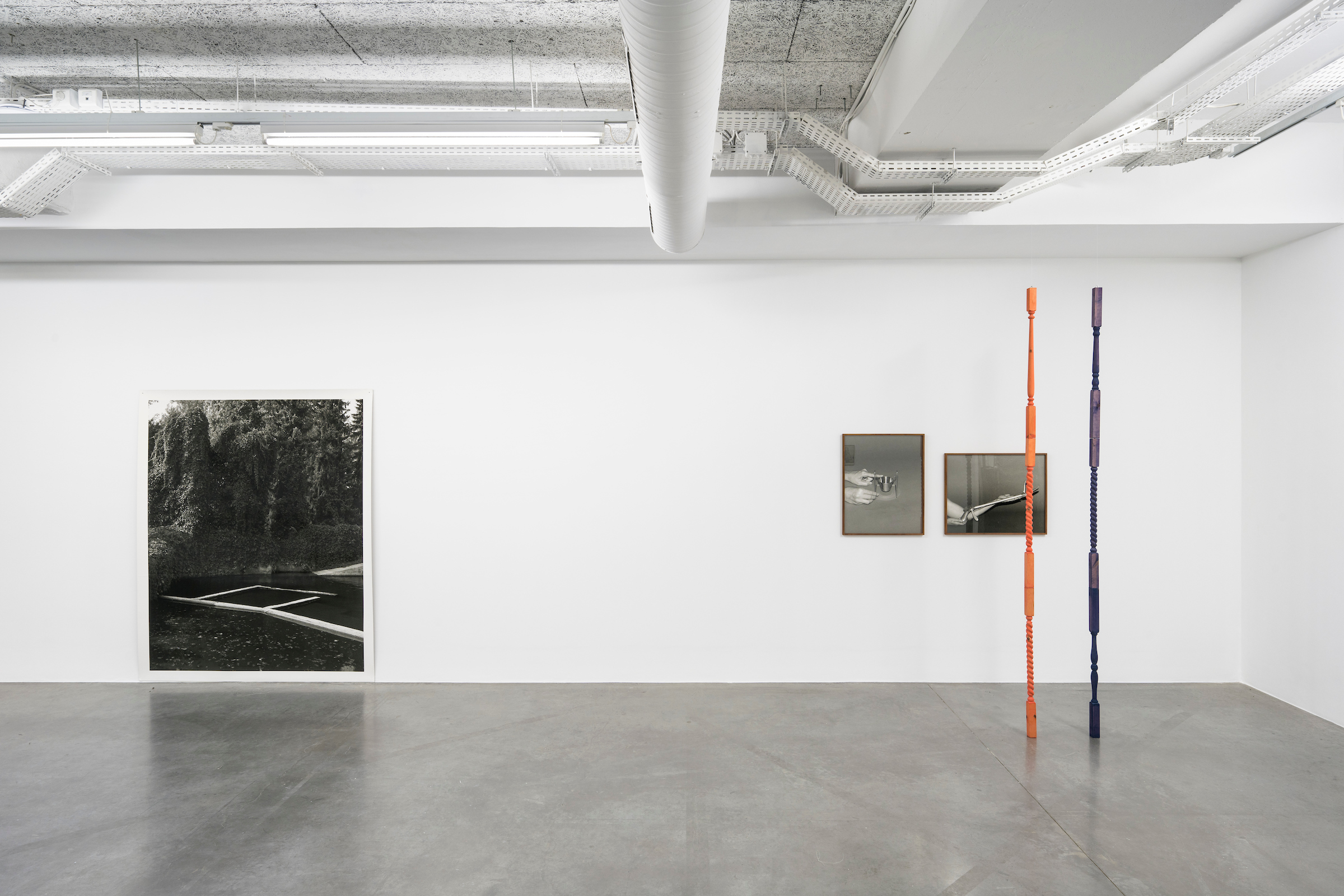
L’Irrésolue (The Irresolute). Frac Ile-de-France - Le Plateau, Paris, 26 January – 23 April 2023. Image by Martin Argyroglo
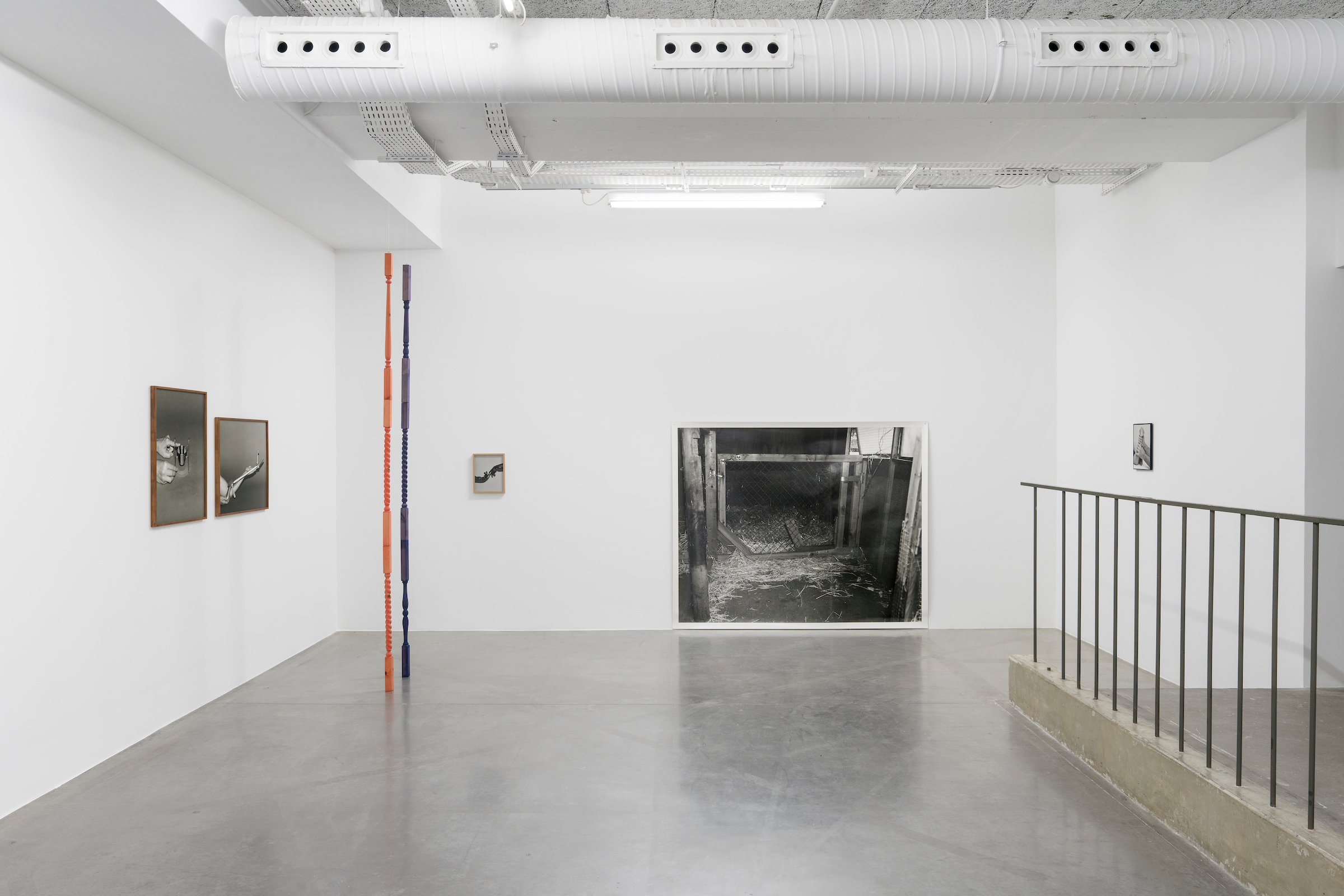
L’Irrésolue (The Irresolute). Frac Ile-de-France - Le Plateau, Paris, 26 January – 23 April 2023. Image by Martin Argyroglo
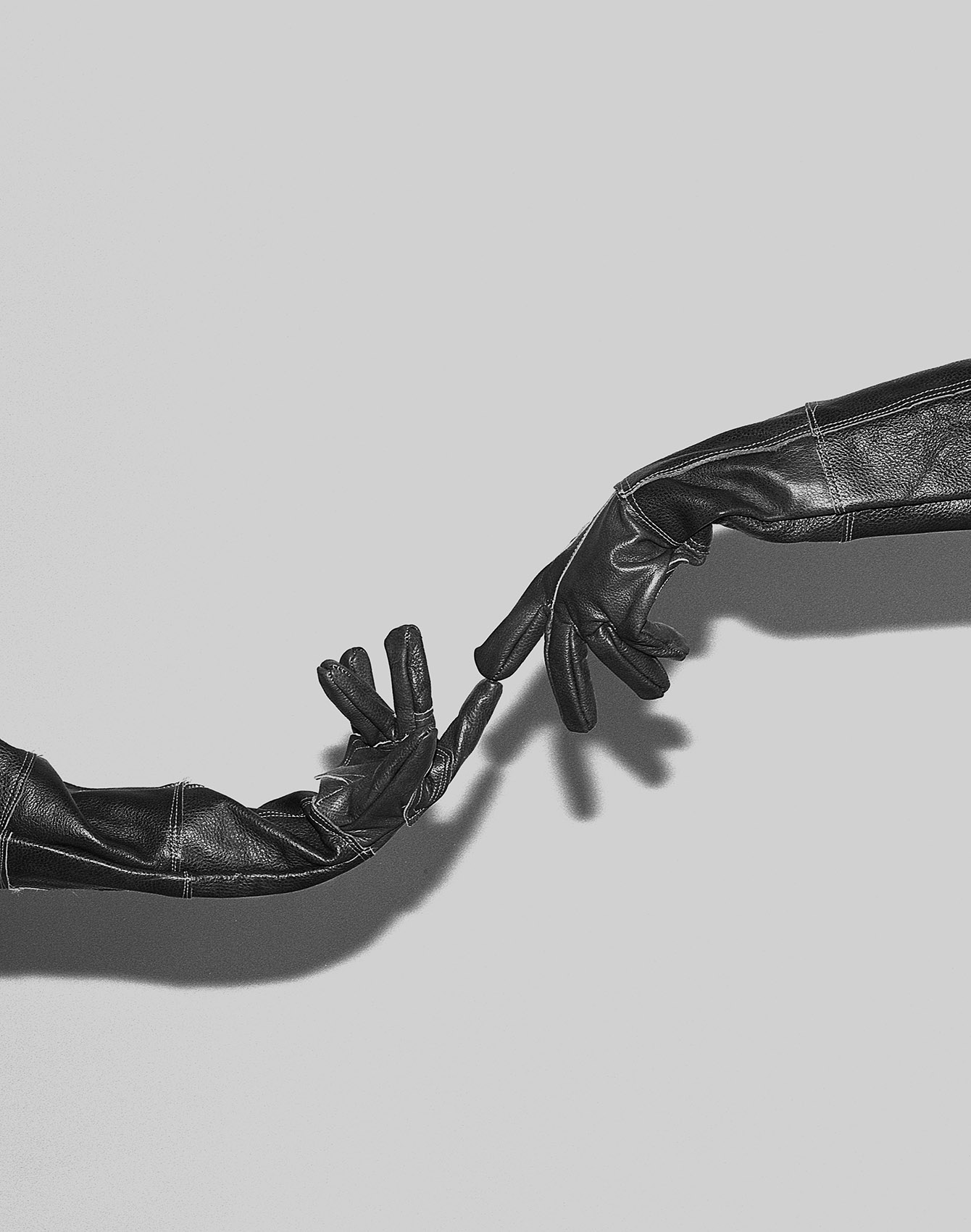
Animal Handling Gloves, 2019. 73 x 58 cm. Silver gelatin hand print.
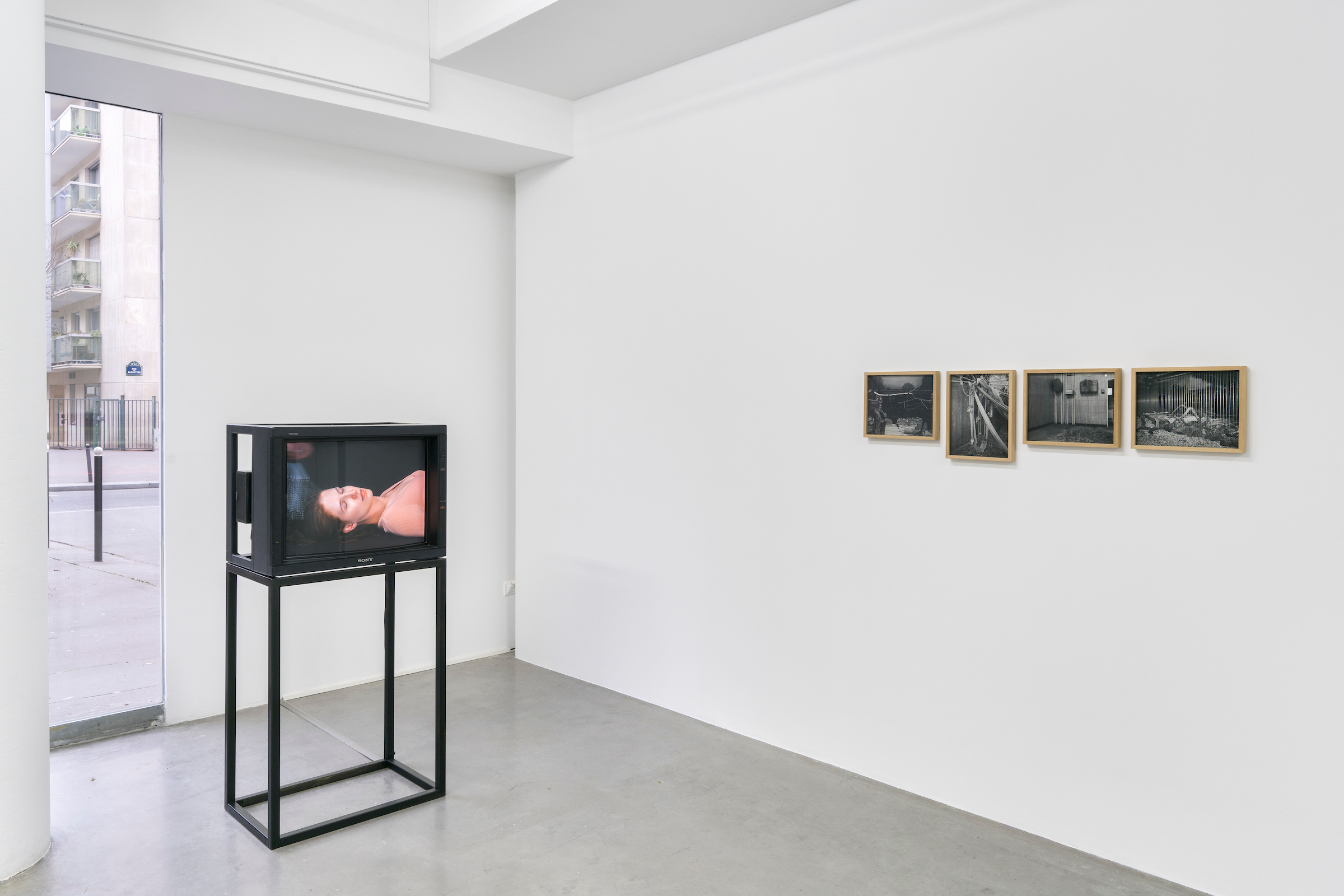
L’Irrésolue (The Irresolute). Frac Ile-de-France - Le Plateau, Paris, 26 January – 23 April 2023. Image by Martin Argyroglo

Enclosure XXII, 2017 – 2019, silver gelatin hand print
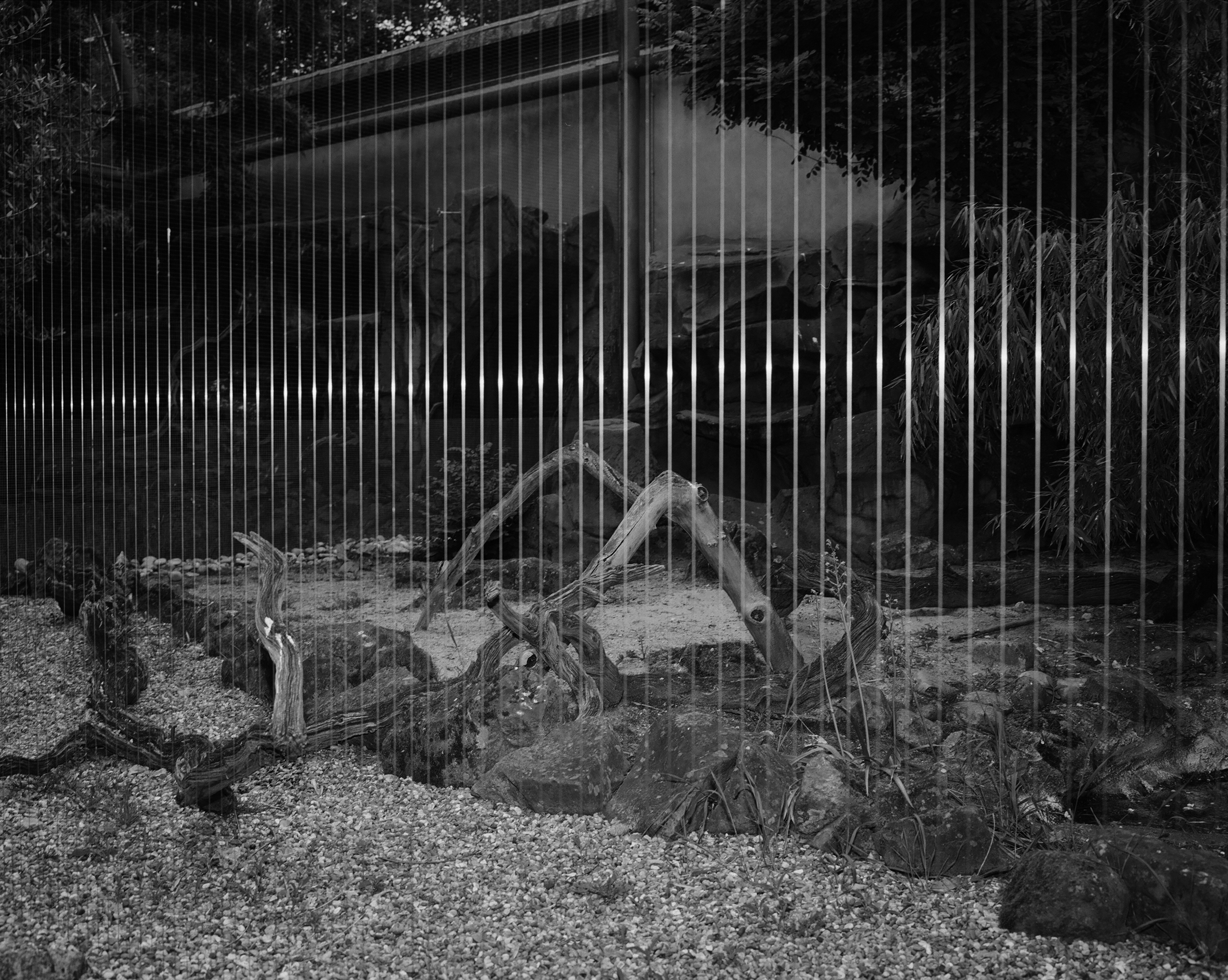
Enclosure XII, 2017 – 2019, silver gelatin hand print
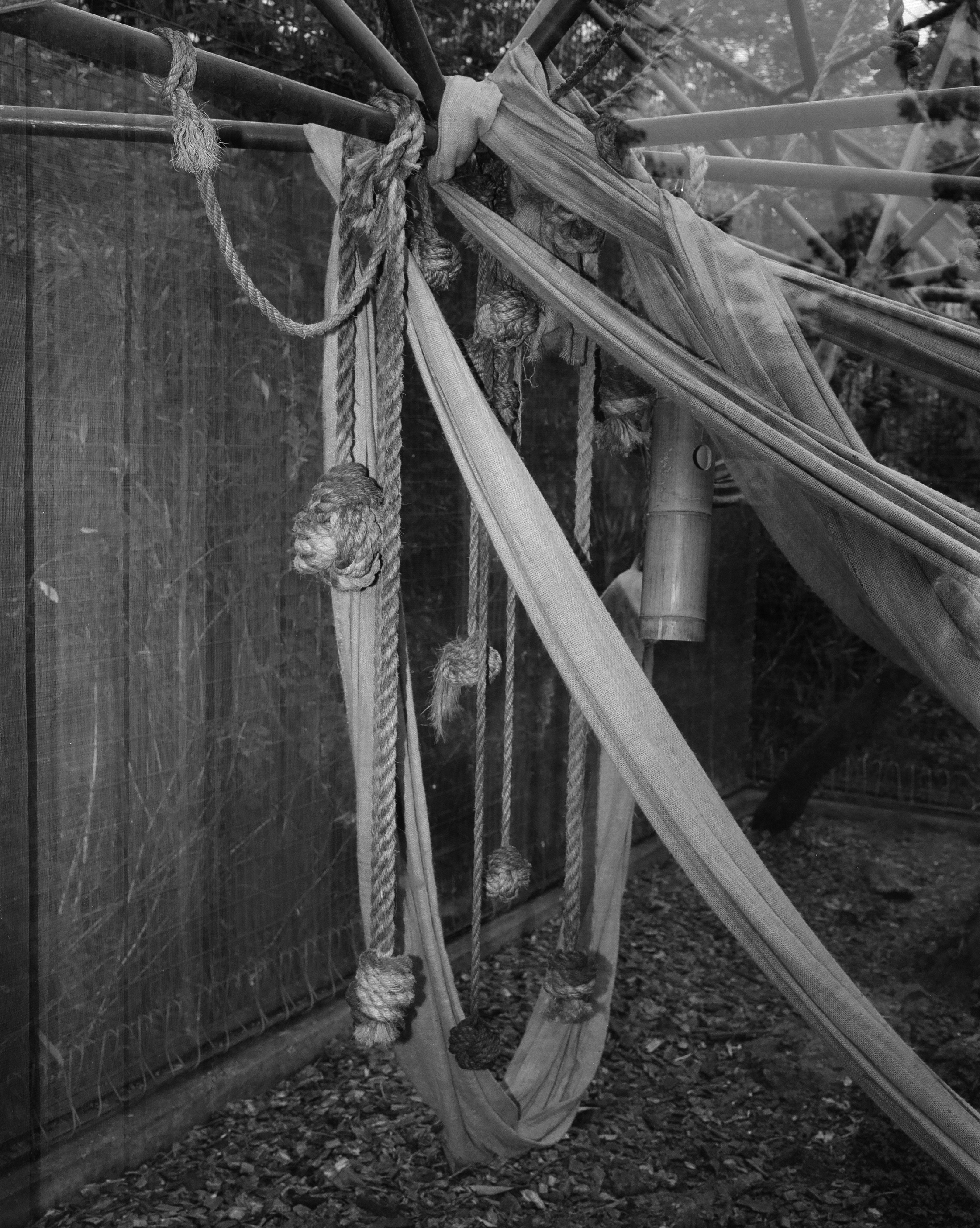
Enclosure XVII, 2017 – 2019, silver gelatin hand print

L’Irrésolue (The Irresolute). Frac Ile-de-France - Le Plateau, Paris, 26 January – 23 April 2023. Image by Martin Argyroglo
Entre Nous
LE BAL, Paris
16 February - 21 May 2023
From February 16th, le Bal presents the first solo exhibition in France dedicated to the polish artist Joanna Piotrowska. Her work has been highlighted at the last Venice Biennale and she was the recipient of the Lewis Baltz Research Fund (2018) initiated by Le Bal. For the past ten years, she is developing a visual world at the crossroads of photography and performance: examinating the complex and ambiguous relationships within the familial structure, and aims a mirror at society.
Coming face to face with the work of young Polish artist Joanna Piotrowska, presented for the first time in France, inevitably calls up an experience of constraint. From these photographs and videos there emanates an atmosphere of confinement and muted violence. We see tensed-up bodies in artificial postures set in domestic interiors, shaky shelters cobbled together by adults inside their own homes, gestures toward off invisible enemies, but also zoo cages deserted by their occupants. What words cannot express, Piotrowska's deliberate, meticulously composed movements and poses turn into an unusual, body language, at once strange and disturbing.
Her reenactments of gestures in the family space function here as a mirror of society: potentially a locus of tenderness but also of control, of emancipation but also oppression. A host of systems of domination come together to the point of shaping body movements and relationships. Her first series, Frowst, begun in 2014, recreates an odd family album inspired by group therapy practices. These images of weirdly intertwined bodies whose dividing line between embrace and constraint is no longer so clear, drive home the ambiguity that pervades all her work.
When her gaze falls on zoo animal cages and enclosures, emptied of their inhabitants, and in particular the toys and objects used to "enrich" their lives in, an obvious parallel is drawn with the human domestic space, only further underlining the dichotomy at work between protection and oppression. Just as everything in her work seems to hinge on context, Piotrowska's latest series, premiering at LE BAL, takes a look at her own past, her own history. Coming upon the negatives of images taken by her father a few years before she was born, she developed a protocol using a telephoto lens to sample details from the found photographic material. The enlargements of objects seem to be the clues, the blurred markers, of her own failing memory.
In this exploration of intimacy, the human and social determinants of an era come together. Yet, while everything seems to be distancing us from a work of realism, is Joanna Piotrowska not creating what the philosopher and critic G. Lukács termed a "relative, incomplete image [...] of life itself, in an enhanced, intensified form, more alive than in reality"?
— Julie Héraut and Diane Dufour
LE BAL, Paris
16 February - 21 May 2023
From February 16th, le Bal presents the first solo exhibition in France dedicated to the polish artist Joanna Piotrowska. Her work has been highlighted at the last Venice Biennale and she was the recipient of the Lewis Baltz Research Fund (2018) initiated by Le Bal. For the past ten years, she is developing a visual world at the crossroads of photography and performance: examinating the complex and ambiguous relationships within the familial structure, and aims a mirror at society.
Coming face to face with the work of young Polish artist Joanna Piotrowska, presented for the first time in France, inevitably calls up an experience of constraint. From these photographs and videos there emanates an atmosphere of confinement and muted violence. We see tensed-up bodies in artificial postures set in domestic interiors, shaky shelters cobbled together by adults inside their own homes, gestures toward off invisible enemies, but also zoo cages deserted by their occupants. What words cannot express, Piotrowska's deliberate, meticulously composed movements and poses turn into an unusual, body language, at once strange and disturbing.
Her reenactments of gestures in the family space function here as a mirror of society: potentially a locus of tenderness but also of control, of emancipation but also oppression. A host of systems of domination come together to the point of shaping body movements and relationships. Her first series, Frowst, begun in 2014, recreates an odd family album inspired by group therapy practices. These images of weirdly intertwined bodies whose dividing line between embrace and constraint is no longer so clear, drive home the ambiguity that pervades all her work.
When her gaze falls on zoo animal cages and enclosures, emptied of their inhabitants, and in particular the toys and objects used to "enrich" their lives in, an obvious parallel is drawn with the human domestic space, only further underlining the dichotomy at work between protection and oppression. Just as everything in her work seems to hinge on context, Piotrowska's latest series, premiering at LE BAL, takes a look at her own past, her own history. Coming upon the negatives of images taken by her father a few years before she was born, she developed a protocol using a telephoto lens to sample details from the found photographic material. The enlargements of objects seem to be the clues, the blurred markers, of her own failing memory.
In this exploration of intimacy, the human and social determinants of an era come together. Yet, while everything seems to be distancing us from a work of realism, is Joanna Piotrowska not creating what the philosopher and critic G. Lukács termed a "relative, incomplete image [...] of life itself, in an enhanced, intensified form, more alive than in reality"?
— Julie Héraut and Diane Dufour

Entre Nous. LE BAL, Paris, 16 February - 21 May 2023. Image by Marc Domage

Unititled, 2014 - 2018. 120 x 95 cm. Silver gelatin hand print.

Entre Nous. LE BAL, Paris, 16 February - 21 May 2023. Image by Marc Domage

Entre Nous. LE BAL, Paris, 16 February - 21 May 2023. Image by Marc Domage
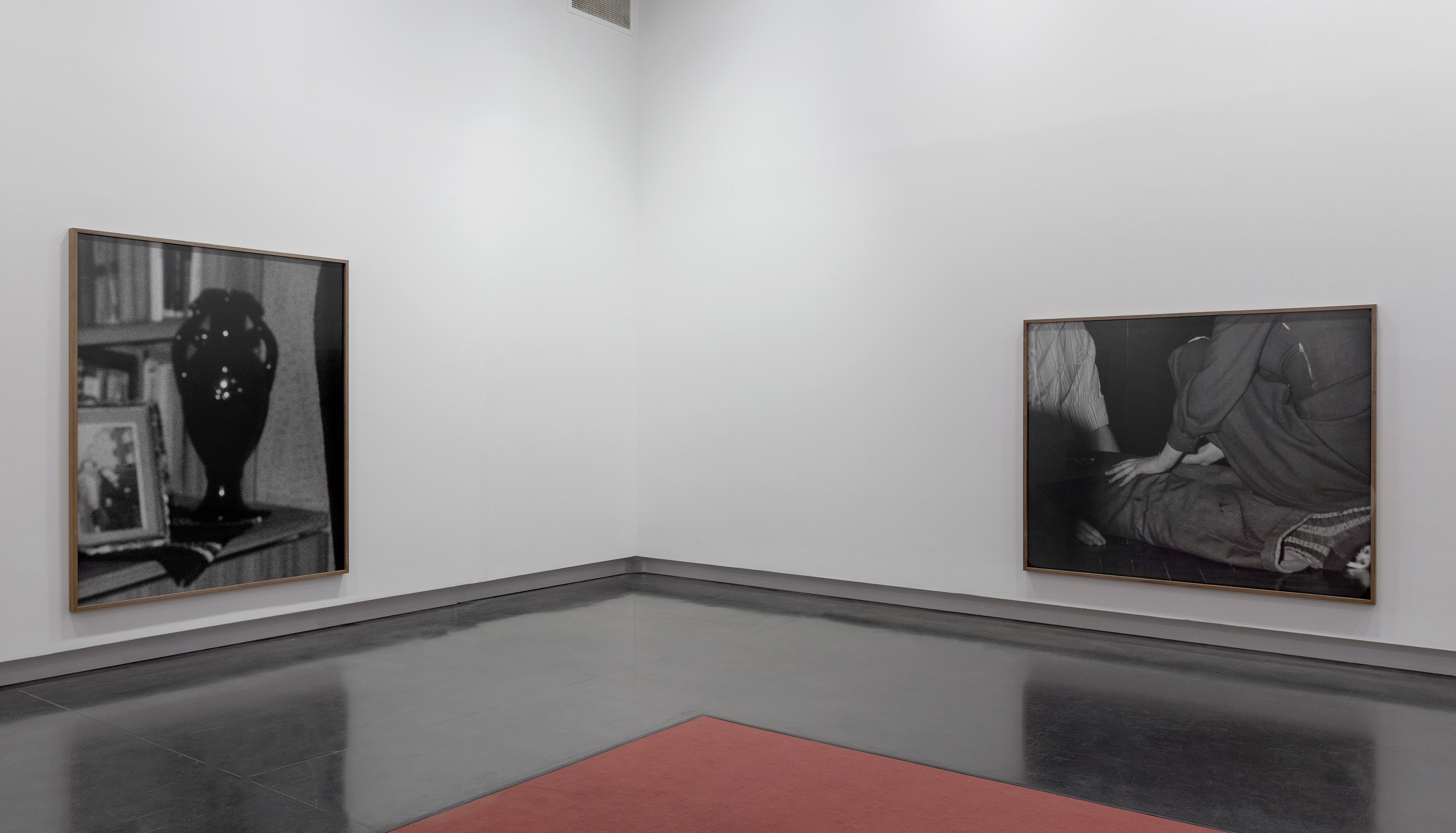
Entre Nous. LE BAL, Paris, 16 February - 21 May 2023. Image by Marc Domage

Entre Nous. LE BAL, Paris, 16 February - 21 May 2023. Image by Marc Domage
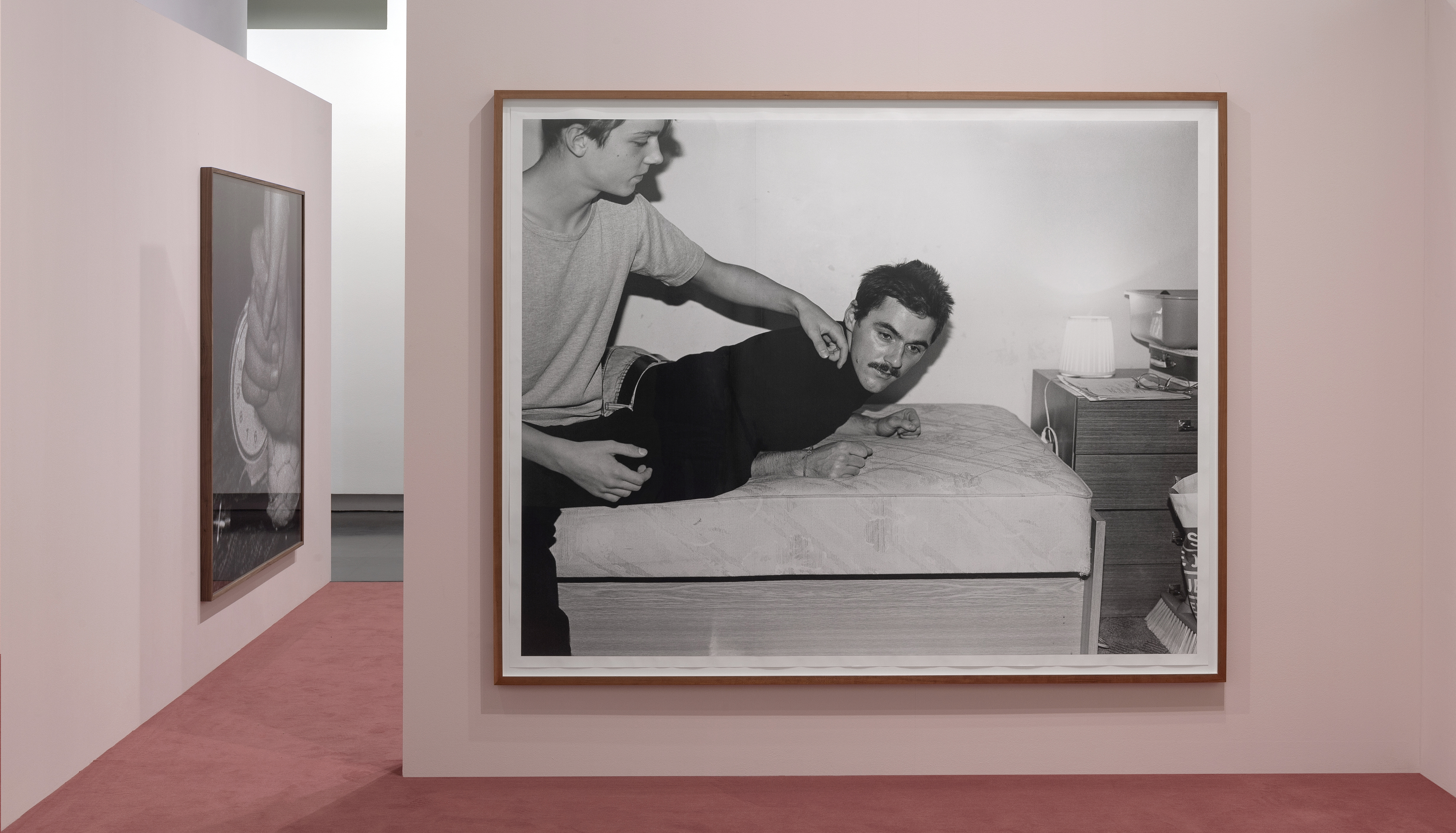
Entre Nous. LE BAL, Paris, 16 February - 21 May 2023. Image by Marc Domage

Entre Nous. LE BAL, Paris, 16 February - 21 May 2023. Image by Marc Domage

Entre Nous. LE BAL, Paris, 16 February - 21 May 2023. Image by Marc Domage

Entre Nous. LE BAL, Paris, 16 February - 21 May 2023. Image by Marc Domage

Entre Nous. LE BAL, Paris, 16 February - 21 May 2023. Image by Marc Domage
Sub Rosa
Joanna Piotrowska and Formafantasma
Phillida Reid, London
8 October - 19 November 2022
We are honoured to present Sub Rosa, an exhibition by Joanna Piotrowska and design studio Formafantasma. Developed over an extended period – beginning with a residency at ARCH, Athens, where the show's first iteration runs concurrently until 23 December – the resultant works fuse photographic prints with a series of stainless steel 'anti-frame’ framing devices, created in site-specific response to the gallery spaces.
Comprised of elements, materials and forms found in or referring to interrogation rooms (stainless steel, a barrier, a two-way mirror, a border) the conception of the sculptural objects derives from conversations between Piotrowska and Formafantasma following a 2015 incident in which Piotrowska found herself accused of spying and questioned by local military police in Nagorno-Karabakh, a disputed territory between Armenia and Azerbaijan. "After the interrogations", she recalls, “I was released and told I should continue taking photographs. Disturbed by the experiences and knowing my every move was followed, I decided to censor myself and focus my attention on what, it seemed to me, was the only safe subject in a place of military conflict – the omnipresent roses.”
Following this experience, Piotrowska continued to photograph roses, an enduring presence across shifting contexts and locations. Documenting a subject which, on its surface, might profess to sidestep controversy or place the photographer in a position of assumed neutrality, the images contain a germ of resistance or concealed power which is gestured to in the project's title, Sub Rosa (a Latin phrase which translates as 'under the rose'), signalling secrecy or clandestine activity.
The photographs, mounted within the custom-designed steel structures, are here returned to the context of their conception: spaces of interrogation and intimidation common to law enforcement and border control authorities. Having noted that objects in interrogation rooms are often screwed to the floor or walls in order to avoid their being used as weapons, Piotrowska and Formafantasma sought to recreate this violent 'forced stillness' whilst embracing its ambiguity as a safeguarding measure: the prints are simultaneously supported and held down, locked in place with bolts and sheets of tinted glass or pinned against the wall like caught suspects. Formally suggestive of carceral frameworks that claim to protect in order to impose threat, the devices could also be seen to fortify and reinforce their comparatively delicate contents, both recalling and complicating the power dynamics of the events which preceded their making.
Joanna Piotrowska and Formafantasma
Phillida Reid, London
8 October - 19 November 2022
We are honoured to present Sub Rosa, an exhibition by Joanna Piotrowska and design studio Formafantasma. Developed over an extended period – beginning with a residency at ARCH, Athens, where the show's first iteration runs concurrently until 23 December – the resultant works fuse photographic prints with a series of stainless steel 'anti-frame’ framing devices, created in site-specific response to the gallery spaces.
Comprised of elements, materials and forms found in or referring to interrogation rooms (stainless steel, a barrier, a two-way mirror, a border) the conception of the sculptural objects derives from conversations between Piotrowska and Formafantasma following a 2015 incident in which Piotrowska found herself accused of spying and questioned by local military police in Nagorno-Karabakh, a disputed territory between Armenia and Azerbaijan. "After the interrogations", she recalls, “I was released and told I should continue taking photographs. Disturbed by the experiences and knowing my every move was followed, I decided to censor myself and focus my attention on what, it seemed to me, was the only safe subject in a place of military conflict – the omnipresent roses.”
Following this experience, Piotrowska continued to photograph roses, an enduring presence across shifting contexts and locations. Documenting a subject which, on its surface, might profess to sidestep controversy or place the photographer in a position of assumed neutrality, the images contain a germ of resistance or concealed power which is gestured to in the project's title, Sub Rosa (a Latin phrase which translates as 'under the rose'), signalling secrecy or clandestine activity.
The photographs, mounted within the custom-designed steel structures, are here returned to the context of their conception: spaces of interrogation and intimidation common to law enforcement and border control authorities. Having noted that objects in interrogation rooms are often screwed to the floor or walls in order to avoid their being used as weapons, Piotrowska and Formafantasma sought to recreate this violent 'forced stillness' whilst embracing its ambiguity as a safeguarding measure: the prints are simultaneously supported and held down, locked in place with bolts and sheets of tinted glass or pinned against the wall like caught suspects. Formally suggestive of carceral frameworks that claim to protect in order to impose threat, the devices could also be seen to fortify and reinforce their comparatively delicate contents, both recalling and complicating the power dynamics of the events which preceded their making.

Sub Rosa. Phillida Reid, London, 8 October - 19 November 2022. Image by Ben Westoby

Sub Rosa. Phillida Reid, London, 8 October - 19 November 2022. Image by Ben Westoby

Sub Rosa. Phillida Reid, London, 8 October - 19 November 2022. Image by Ben Westoby

Sub Rosa. Phillida Reid, London, 8 October - 19 November 2022. Image by Ben Westoby

Sub Rosa. Phillida Reid, London, 8 October - 19 November 2022. Image by Ben Westoby

Work detail of Sub Rosa. Phillida Reid, London, 8 October - 19 November 2022.

Sub Rosa. Phillida Reid, London, 8 October - 19 November 2022. Image by Ben Westoby

Sub Rosa. Phillida Reid, London, 8 October - 19 November 2022. Image by Ben Westoby
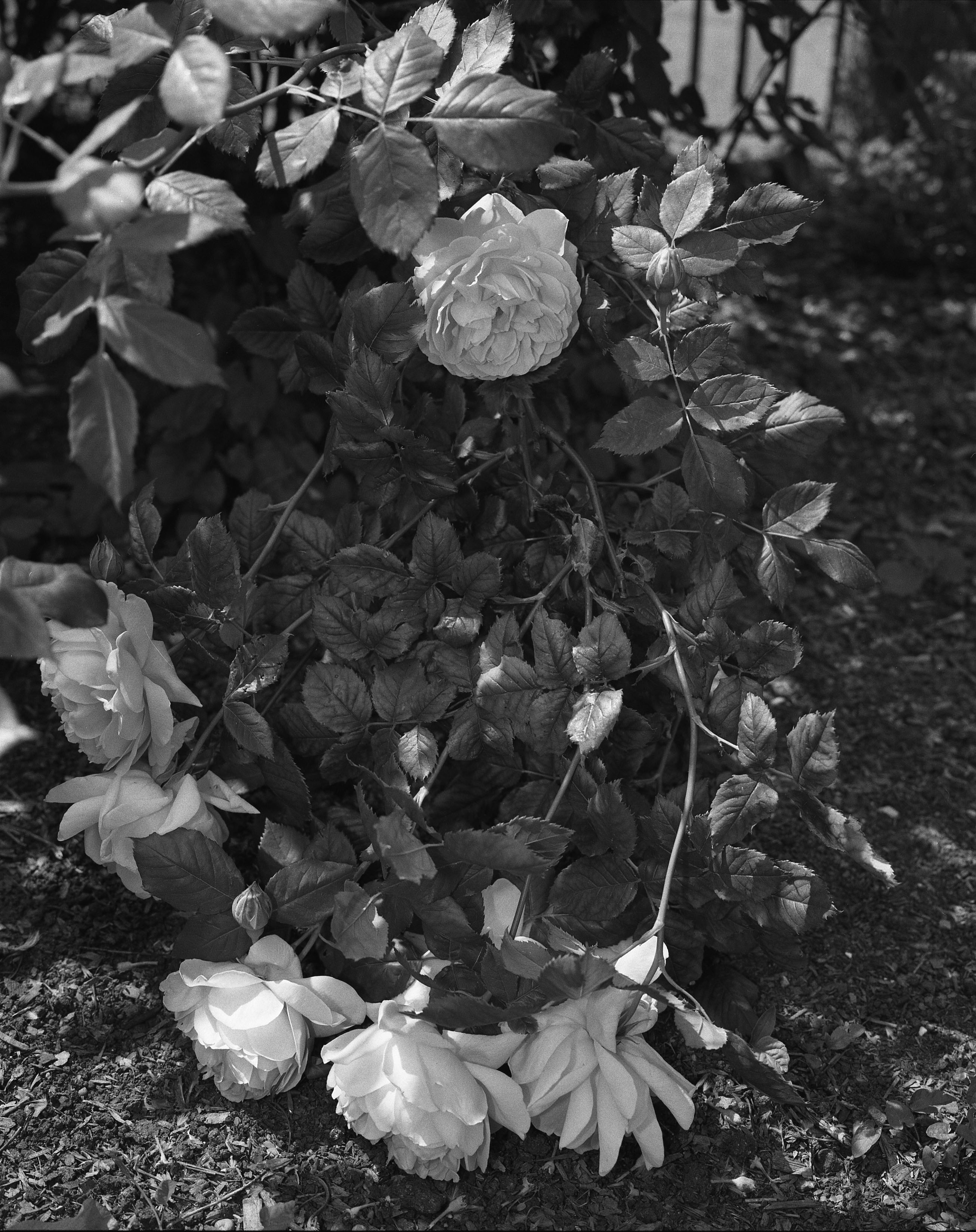
Sub Rosa. Phillida Reid, London, 8 October - 19 November 2022. Image by Ben Westoby

Sub Rosa. Phillida Reid, London, 8 October - 19 November 2022. Image by Ben Westoby
Sub Rosa
Joanna Piotrowska and Formafantasma
ARCH Athens
17 June - 22 December 2022
ARCH is pleased to announce Sub Rosa, an exhibition by artist Joanna Piotrowska and design studio Formafantasma, on view June 17th – December 22nd, 2022.
Ιn 2015, I travelled to Nagorno-Karabakh, a disputed territory between Armenia and Azerbaijan. After a few days of exploring and photographing I made my way to Agdam and later Stepanakert, where I was accused of spying and subjected to interrogations by local military police. After the interrogations, I was released and told I should continue taking photographs. Disturbed by the experiences of interrogations and knowing my every move was followed, I decided to censor myself and focus my attention on what, it seemed to me, was the only safe subject in a place of military conflict – the omnipresent roses. -JP
For many years following this incident, Piotrowska kept returning to photographing roses and reflecting on them in the context of her time in Nagorno-Karabakh. Inspired by the ambiguous qualities of the interrogation room as a starting point, she invited Formafantasma to collaborate on translating this multilayered experience into objects.
The result of the collaboration is a series of “anti-frame” framing devices that contain Piotrowska’s images of roses. These stainless steel devices, made of elements, materials and forms found in interrogation rooms, impose a threatening tension upon the prints, and replicate the power dynamics inherent in her story.
Joanna Piotrowska and Formafantasma
ARCH Athens
17 June - 22 December 2022
ARCH is pleased to announce Sub Rosa, an exhibition by artist Joanna Piotrowska and design studio Formafantasma, on view June 17th – December 22nd, 2022.
Ιn 2015, I travelled to Nagorno-Karabakh, a disputed territory between Armenia and Azerbaijan. After a few days of exploring and photographing I made my way to Agdam and later Stepanakert, where I was accused of spying and subjected to interrogations by local military police. After the interrogations, I was released and told I should continue taking photographs. Disturbed by the experiences of interrogations and knowing my every move was followed, I decided to censor myself and focus my attention on what, it seemed to me, was the only safe subject in a place of military conflict – the omnipresent roses. -JP
For many years following this incident, Piotrowska kept returning to photographing roses and reflecting on them in the context of her time in Nagorno-Karabakh. Inspired by the ambiguous qualities of the interrogation room as a starting point, she invited Formafantasma to collaborate on translating this multilayered experience into objects.
The result of the collaboration is a series of “anti-frame” framing devices that contain Piotrowska’s images of roses. These stainless steel devices, made of elements, materials and forms found in interrogation rooms, impose a threatening tension upon the prints, and replicate the power dynamics inherent in her story.

Sub Rosa. ARCH Athens, 17 June - 22 December 2022. Image by Paris Tavitian
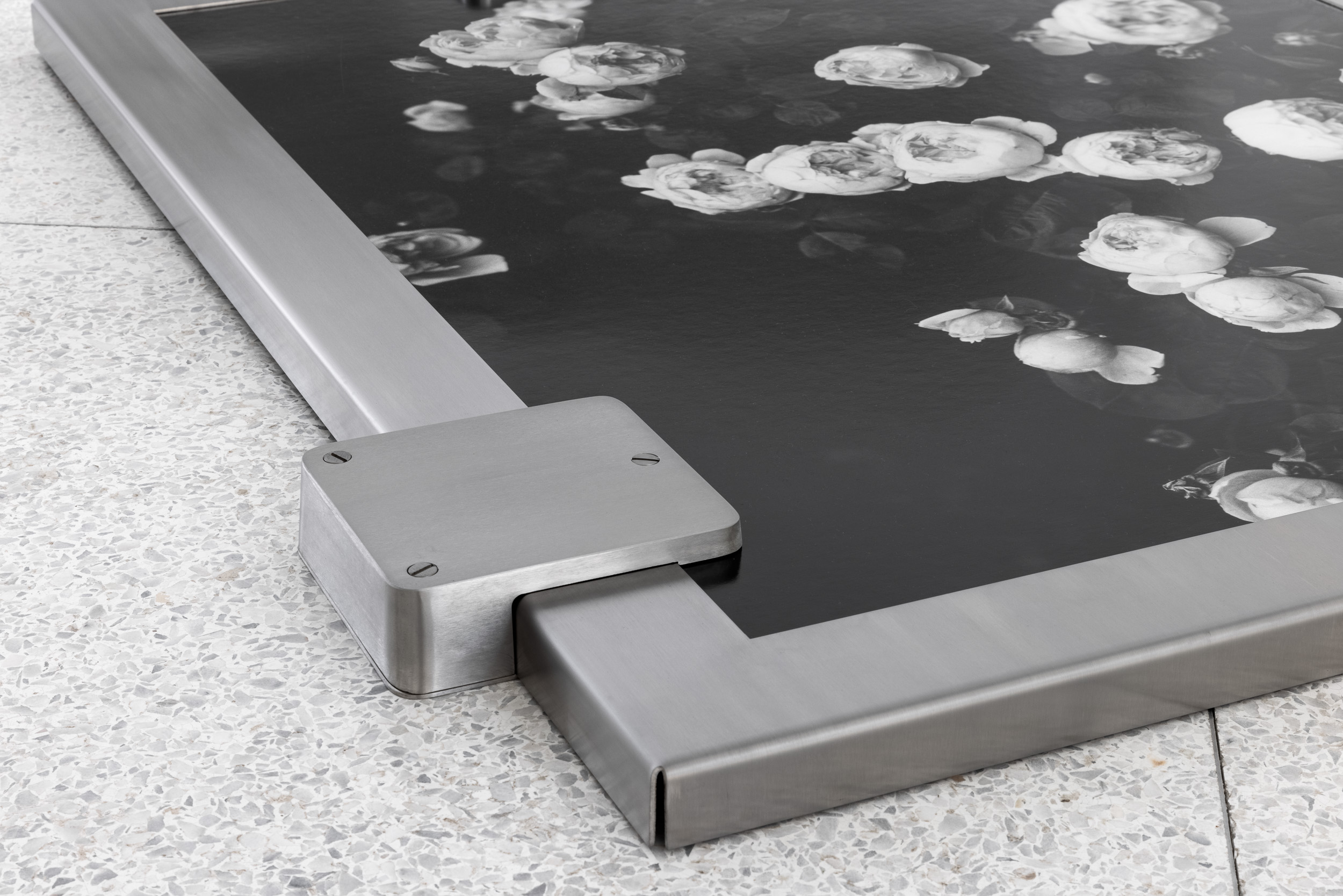
Sub Rosa. ARCH Athens, 17 June - 22 December 2022. Image by Paris Tavitian

Sub Rosa. ARCH Athens, 17 June - 22 December 2022. Image by Paris Tavitian

Sub Rosa. ARCH Athens, 17 June - 22 December 2022. Image by Paris Tavitian
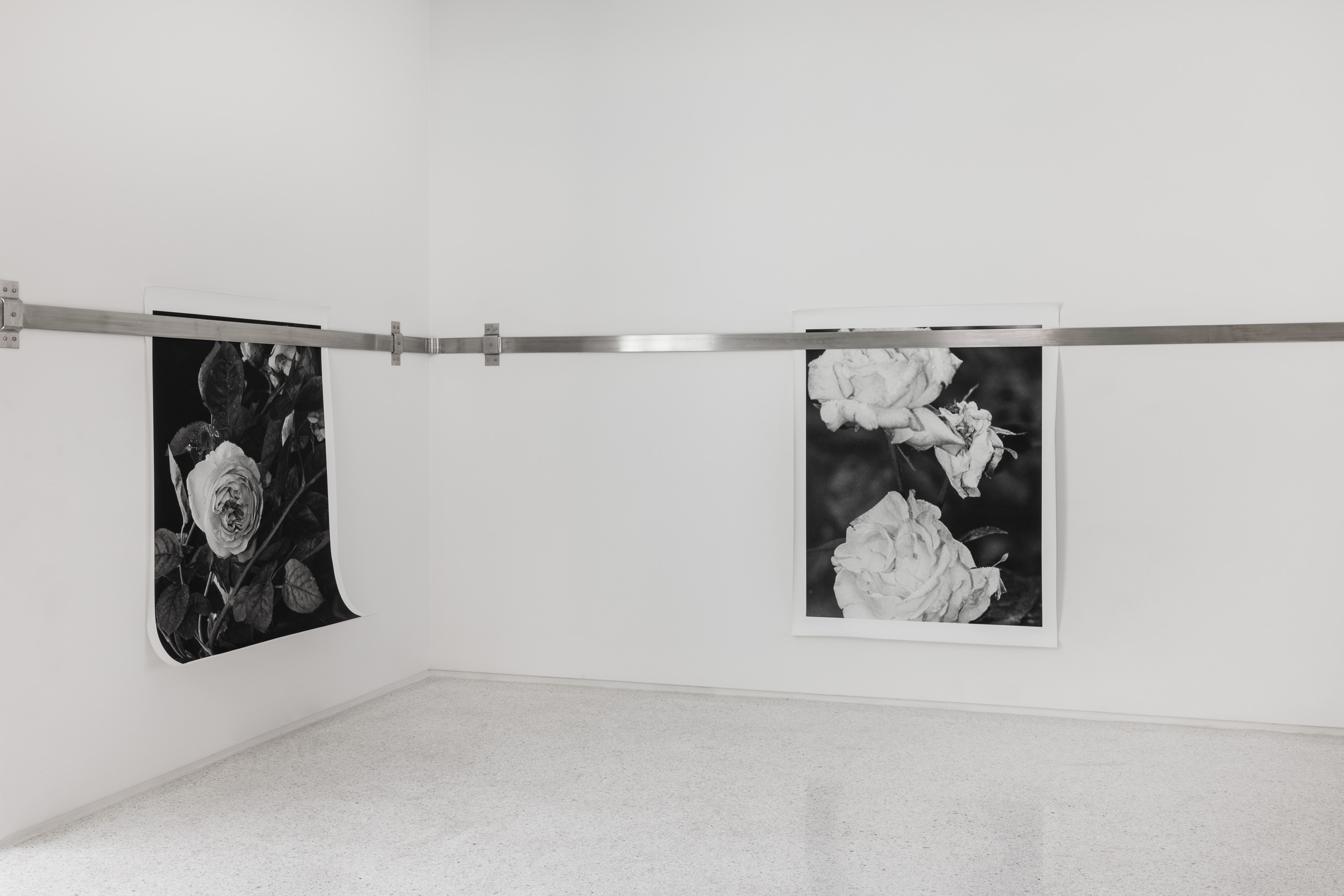
Sub Rosa. ARCH Athens, 17 June - 22 December 2022. Image by Paris Tavitian

Sub Rosa. ARCH Athens, 17 June - 22 December 2022. Image by Paris Tavitian
The Milk of Dreams
59th Venice Biennale
23 Apr 2022 – 27 Nov 2022
Curated by Celia Alemani
“The Milk of Dreams takes its title from a book by Leonora Carrington (1917–2011) – Cecilia Alemani stated – in which the Surrealist artist describes a magical world where life is constantly re-envisioned through the prism of the imagination. It is a world where everyone can change, be transformed, become something or someone else. The Exhibition The Milk of Dreams takes Leonora Carrington’s otherworldly creatures, along with other figures of transformation, as companions on an imaginary journey through the metamorphoses of bodies and definitions of the human.
This Exhibition is grounded in many conversations with artists held in the last few years. The questions that kept emerging from these dialogues seem to capture this moment in history when the very survival of the species is threatened, but also to sum up many other inquiries that pervade the sciences, arts, and myths of our time. How is the definition of the human changing? What constitutes life, and what differentiates plant and animal, human and non-human? What are our responsibilities towards the planet, other people, and other life forms? And what would life look like without us?
These are some of the guiding questions for this edition of the Biennale Arte, which focuses on three thematic areas in particular: the representation of bodies and their metamorphoses; the relationship between individuals and technologies; the connection between bodies and the Earth.”
“As visitors move through the Exhibition in the Central Pavilion and the Corderie, they encounter five smaller, historical sections: miniature constellations of artworks, found objects, and documents, clustered together to explore certain key themes. Conceived like time capsules, these shows within the show provide additional tools of investigation and introspection, weaving a web of references and echoes that link artworks of the past – including major museum loans and unconventional selections – to the pieces by contemporary artists in the surrounding space. This wide-ranging, transhistorical approach traces kinships and affinities between artistic methods and practices, even across generations, to create new layers of meaning and bridge present and past. What emerges is a historical narrative that is not built around systems of direct inheritance or conflict, but around forms of symbiosis, solidarity, and sisterhood.”
“The Milk of Dreams was conceived and organised in a period of enormous instability and uncertainty, since its development coincided with the outbreak and spread of the Covid-19 pandemic. La Biennale di Venezia was forced to postpone this edition by one year, an event that had only occurred during the two World Wars since 1895. So the very fact that this Exhibition can open is somewhat extraordinary: its inauguration is not exactly the symbol of a return to normal life, but rather the outcome of a collective effort that seems almost miraculous. During these endless months in front of the screen, I have pondered the question of what role the International Art Exhibition should play at this historical juncture, and the simplest, most sincere answer I could find is that the Biennale sums up all the things we have so sorely missed in the last two years: the freedom to meet people from all over the world, the possibility of travel, the joy of spending time together, the practice of difference, translation, incomprehension, and communion.
The Milk of Dreams is not an Exhibition about the pandemic, but it inevitably registers the upheavals of our era. In times like this, as the history of La Biennale di Venezia clearly shows, art and artists can help us imagine new modes of coexistence and infinite new possibilities of transformation.”
- Celia Alemani
59th Venice Biennale
23 Apr 2022 – 27 Nov 2022
Curated by Celia Alemani
“The Milk of Dreams takes its title from a book by Leonora Carrington (1917–2011) – Cecilia Alemani stated – in which the Surrealist artist describes a magical world where life is constantly re-envisioned through the prism of the imagination. It is a world where everyone can change, be transformed, become something or someone else. The Exhibition The Milk of Dreams takes Leonora Carrington’s otherworldly creatures, along with other figures of transformation, as companions on an imaginary journey through the metamorphoses of bodies and definitions of the human.
This Exhibition is grounded in many conversations with artists held in the last few years. The questions that kept emerging from these dialogues seem to capture this moment in history when the very survival of the species is threatened, but also to sum up many other inquiries that pervade the sciences, arts, and myths of our time. How is the definition of the human changing? What constitutes life, and what differentiates plant and animal, human and non-human? What are our responsibilities towards the planet, other people, and other life forms? And what would life look like without us?
These are some of the guiding questions for this edition of the Biennale Arte, which focuses on three thematic areas in particular: the representation of bodies and their metamorphoses; the relationship between individuals and technologies; the connection between bodies and the Earth.”
“As visitors move through the Exhibition in the Central Pavilion and the Corderie, they encounter five smaller, historical sections: miniature constellations of artworks, found objects, and documents, clustered together to explore certain key themes. Conceived like time capsules, these shows within the show provide additional tools of investigation and introspection, weaving a web of references and echoes that link artworks of the past – including major museum loans and unconventional selections – to the pieces by contemporary artists in the surrounding space. This wide-ranging, transhistorical approach traces kinships and affinities between artistic methods and practices, even across generations, to create new layers of meaning and bridge present and past. What emerges is a historical narrative that is not built around systems of direct inheritance or conflict, but around forms of symbiosis, solidarity, and sisterhood.”
“The Milk of Dreams was conceived and organised in a period of enormous instability and uncertainty, since its development coincided with the outbreak and spread of the Covid-19 pandemic. La Biennale di Venezia was forced to postpone this edition by one year, an event that had only occurred during the two World Wars since 1895. So the very fact that this Exhibition can open is somewhat extraordinary: its inauguration is not exactly the symbol of a return to normal life, but rather the outcome of a collective effort that seems almost miraculous. During these endless months in front of the screen, I have pondered the question of what role the International Art Exhibition should play at this historical juncture, and the simplest, most sincere answer I could find is that the Biennale sums up all the things we have so sorely missed in the last two years: the freedom to meet people from all over the world, the possibility of travel, the joy of spending time together, the practice of difference, translation, incomprehension, and communion.
The Milk of Dreams is not an Exhibition about the pandemic, but it inevitably registers the upheavals of our era. In times like this, as the history of La Biennale di Venezia clearly shows, art and artists can help us imagine new modes of coexistence and infinite new possibilities of transformation.”
- Celia Alemani

The Milk of Dreams, 59th Venice Biennale, 23 Apr 2022 – 27 Nov 2022
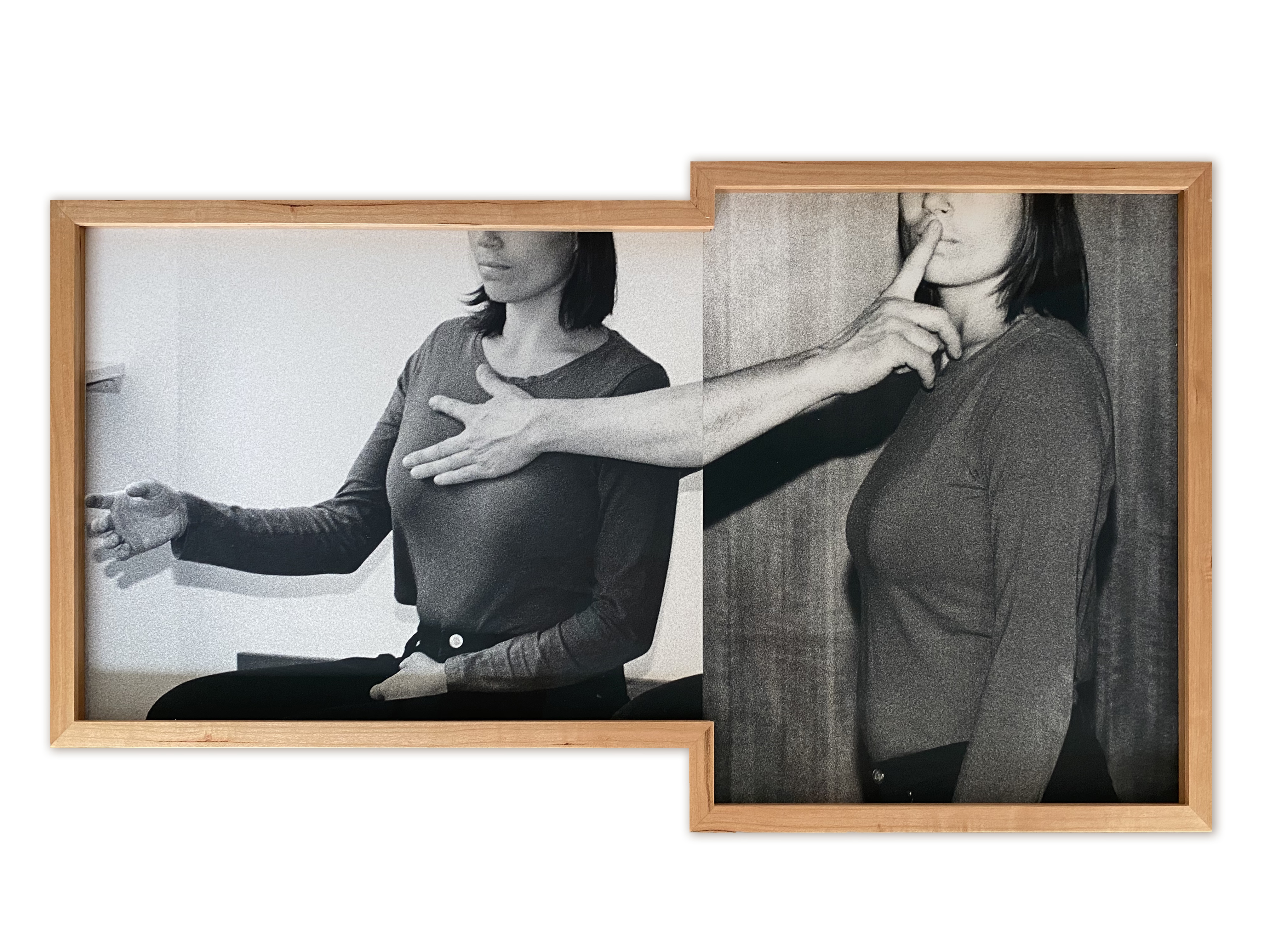

The Milk of Dreams, 59th Venice Biennale, 23 Apr 2022 – 27 Nov 2022

The Milk of Dreams, 59th Venice Biennale, 23 Apr 2022 – 27 Nov 2022

The Milk of Dreams, 59th Venice Biennale, 23 Apr 2022 – 27 Nov 2022
砦 Toride
Hagiwara Projects, Tokyo
March 25 - April 29 2023
HAGIWARA PROJECTS is pleased to announce "Toride," a solo exhibition by Polish artist Joanna Piotrowska, opening March 25. This will be the artist's first solo exhibition in Japan. Based in London, Piotrowska has recently had solo exhibitions at Tate Britain and Kunsthalle Basel, and participated in "Being: New photography 2018" at MoMA, New York, and " The Milk of Dreams" at the Venice Biennale in 2022.
Piotrowska's photographic work focuses on the relationship between family structures and human behavior and broader systems, including social and cultural life. Her photographs of oddly entangled bodies and women performing gestures and movements from self-defense manuals transform gentle, intimate everyday gestures into new scenarios of liberation and repression.
This exhibition presents a series of photographs of "shelters" that adults have built in their homes using furniture and furnishings. Shelters remind us of children's games, such as fort building and secret bases, but when adults are involved, they also bring to bear the hierarchy of power within the home, insecurities, imposed conventions, and even notions of inequality that are magnified by political and economic factors. Enclosures," another series featured in this exhibition, depicts the cages and enclosures of zoos. The photographs of toys and objects designed by humans to "enrich" the lives of animals further highlight the dichotomy at work between protection and oppression.
Hagiwara Projects, Tokyo
March 25 - April 29 2023
HAGIWARA PROJECTS is pleased to announce "Toride," a solo exhibition by Polish artist Joanna Piotrowska, opening March 25. This will be the artist's first solo exhibition in Japan. Based in London, Piotrowska has recently had solo exhibitions at Tate Britain and Kunsthalle Basel, and participated in "Being: New photography 2018" at MoMA, New York, and " The Milk of Dreams" at the Venice Biennale in 2022.
Piotrowska's photographic work focuses on the relationship between family structures and human behavior and broader systems, including social and cultural life. Her photographs of oddly entangled bodies and women performing gestures and movements from self-defense manuals transform gentle, intimate everyday gestures into new scenarios of liberation and repression.
This exhibition presents a series of photographs of "shelters" that adults have built in their homes using furniture and furnishings. Shelters remind us of children's games, such as fort building and secret bases, but when adults are involved, they also bring to bear the hierarchy of power within the home, insecurities, imposed conventions, and even notions of inequality that are magnified by political and economic factors. Enclosures," another series featured in this exhibition, depicts the cages and enclosures of zoos. The photographs of toys and objects designed by humans to "enrich" the lives of animals further highlight the dichotomy at work between protection and oppression.

砦 Toride, Hagiwara Projects, Tokyo, March 25 - April 29 2023

砦 Toride, Hagiwara Projects, Tokyo, March 25 - April 29 2023

砦 Toride, Hagiwara Projects, Tokyo, March 25 - April 29 2023
![]()
砦 Toride, Hagiwara Projects, Tokyo, March 25 - April 29 2023

砦 Toride, Hagiwara Projects, Tokyo, March 25 - April 29 2023

砦 Toride, Hagiwara Projects, Tokyo, March 25 - April 29 2023

砦 Toride, Hagiwara Projects, Tokyo, March 25 - April 29 2023

砦 Toride, Hagiwara Projects, Tokyo, March 25 - April 29 2023

砦 Toride, Hagiwara Projects, Tokyo, March 25 - April 29 2023

砦 Toride, Hagiwara Projects, Tokyo, March 25 - April 29 2023
Sleeping Throat, Bitter Thirst
Kestner Gessellschaft, Hanover
25 June - 25 Sep 2022
Joanna Piotrowska works primarily with the media of black-and-white photography and performance film. The analogue form of the handmade gelatin silver prints and the atmosphere of her 16-mm films evoke the idea of history or memory, the character of a remote time or place.
Images examine gestures and behaviors
In her works, Piotrowska stages her protagonists in certain postures and touches in an ambivalent relationship to one another, whose social coding the viewer cannot clearly decode. The images oscillate between closeness and threat, freedom and oppression, protection and danger. They examine gestures and behavior, question social norms, and explore interpersonal relationships. However, the purpose of this is not to create a real representation of concretely delineated psychosocial states, but instead to evoke fragments of associations of human states that oscillate in an intermediate space of contradiction.
“My aim was not to tell a story, but to evoke scattered associations of inertia, violence, or being mentally overwhelmed, but all of this accompanied by contradictory feelings: intimacy, closeness, joy, protection, and tenderness.”
The artist creates a strong connotation of a domestic and family dynamic through the selection of the individuals’ environments, which feature stereotypical elements such as beds, curtains, carpets, and bookshelves. This also applies to the series Self-Defence, which shows young girls performing self-defense poses, mostly in their bedrooms. The body language indicates an unwanted and uncomfortable posture. But the particularly disorienting element for the viewer is the fact that there is no counterpart against whom the protagonists are trying to defend themselves. This reinforces the perception in a different, not only socio-psychological legibility and reveals another dimension of physical conflict.
Intensive engagement with something - outside the image frame
Piotrowska comments: “We also don’t see what they are defending themselves against. We just see that they’re in an intense relationship with something incapacitating, which is outside the frame.”
Beige exterior frames artwork on display
For the Kestner Gesellschaft she used a soft, thick carpet and slightly translucent curtains in a beige tone reminiscent of the color of skin. The staged rooms of the works in the Frowst series are based on Piotrowska’s memory of the atmosphere of a room in winter in Poland.
Kestner Gessellschaft, Hanover
25 June - 25 Sep 2022
Joanna Piotrowska works primarily with the media of black-and-white photography and performance film. The analogue form of the handmade gelatin silver prints and the atmosphere of her 16-mm films evoke the idea of history or memory, the character of a remote time or place.
Images examine gestures and behaviors
In her works, Piotrowska stages her protagonists in certain postures and touches in an ambivalent relationship to one another, whose social coding the viewer cannot clearly decode. The images oscillate between closeness and threat, freedom and oppression, protection and danger. They examine gestures and behavior, question social norms, and explore interpersonal relationships. However, the purpose of this is not to create a real representation of concretely delineated psychosocial states, but instead to evoke fragments of associations of human states that oscillate in an intermediate space of contradiction.
“My aim was not to tell a story, but to evoke scattered associations of inertia, violence, or being mentally overwhelmed, but all of this accompanied by contradictory feelings: intimacy, closeness, joy, protection, and tenderness.”
The artist creates a strong connotation of a domestic and family dynamic through the selection of the individuals’ environments, which feature stereotypical elements such as beds, curtains, carpets, and bookshelves. This also applies to the series Self-Defence, which shows young girls performing self-defense poses, mostly in their bedrooms. The body language indicates an unwanted and uncomfortable posture. But the particularly disorienting element for the viewer is the fact that there is no counterpart against whom the protagonists are trying to defend themselves. This reinforces the perception in a different, not only socio-psychological legibility and reveals another dimension of physical conflict.
Intensive engagement with something - outside the image frame
Piotrowska comments: “We also don’t see what they are defending themselves against. We just see that they’re in an intense relationship with something incapacitating, which is outside the frame.”
Beige exterior frames artwork on display
For the Kestner Gesellschaft she used a soft, thick carpet and slightly translucent curtains in a beige tone reminiscent of the color of skin. The staged rooms of the works in the Frowst series are based on Piotrowska’s memory of the atmosphere of a room in winter in Poland.

Sleeping Throat, Bitter Thirst, Kestner Gessellschaft, Hanover, 25 June - 25 September 2022

Sleeping Throat, Bitter Thirst, Kestner Gessellschaft, Hanover, 25 June - 25 September 2022

Sleeping Throat, Bitter Thirst, Kestner Gessellschaft, Hanover, 25 June - 25 September 2022

Sleeping Throat, Bitter Thirst, Kestner Gessellschaft, Hanover, 25 June - 25 September 2022

Sleeping Throat, Bitter Thirst, Kestner Gessellschaft, Hanover, 25 June - 25 September 2022

Unitled, 2022, 120 x 160 cm, silver gelatin hand print.
British Art Show 9
Aberdeen
10 Jul – 10 Oct 2021
Wolverhampton
22 Jan – 10 Apr 2022
Manchester
27 May – 4 Sep 2022
Plymouth
8 Oct – 23 Dec 2022
Curated by Irene Aristizábal and Hammad Nasar
British Art Show 9 takes a critical look at art produced in Britain, from 2015 up to the present moment, a period that begins with Britain voting to leave the European Union and closes with the still unfolding Covid-19 pandemic. The exhibition was shaped after meeting with over 230 artists in 23 cities in the UK and beyond.
Responding to this complex time, the 47 artists in BAS9 look at how we live with and give voice to difference, while also extending our understanding of identity to beyond the human. Their projects often blur the boundaries between art and life, and imagine alternative futures. Through their works, they propose alternative economies and ways of living together that emphasise commonality, collaboration and care. They do so through film, photography, painting, sculpture, and performance, as well as through projects that don’t sit easily in any one category.
The exhibition is structured around three main themes: healing, care and reparative history; tactics for togetherness; and imagining new futures. These themes were agreed prior to the Covid-19 pandemic and the global recognition of racial injustice sparked by the Black Lives Matter protests of summer 2020. All three are even more relevant now.
Aberdeen
10 Jul – 10 Oct 2021
Wolverhampton
22 Jan – 10 Apr 2022
Manchester
27 May – 4 Sep 2022
Plymouth
8 Oct – 23 Dec 2022
Curated by Irene Aristizábal and Hammad Nasar
British Art Show 9 takes a critical look at art produced in Britain, from 2015 up to the present moment, a period that begins with Britain voting to leave the European Union and closes with the still unfolding Covid-19 pandemic. The exhibition was shaped after meeting with over 230 artists in 23 cities in the UK and beyond.
Responding to this complex time, the 47 artists in BAS9 look at how we live with and give voice to difference, while also extending our understanding of identity to beyond the human. Their projects often blur the boundaries between art and life, and imagine alternative futures. Through their works, they propose alternative economies and ways of living together that emphasise commonality, collaboration and care. They do so through film, photography, painting, sculpture, and performance, as well as through projects that don’t sit easily in any one category.
The exhibition is structured around three main themes: healing, care and reparative history; tactics for togetherness; and imagining new futures. These themes were agreed prior to the Covid-19 pandemic and the global recognition of racial injustice sparked by the Black Lives Matter protests of summer 2020. All three are even more relevant now.

British Art Show 9, 2021 - 2022. Image by Dom Moore

Stainless steel, double-sided mirror, 2019. 73 x 58 cm. Silver gelatin hand print.
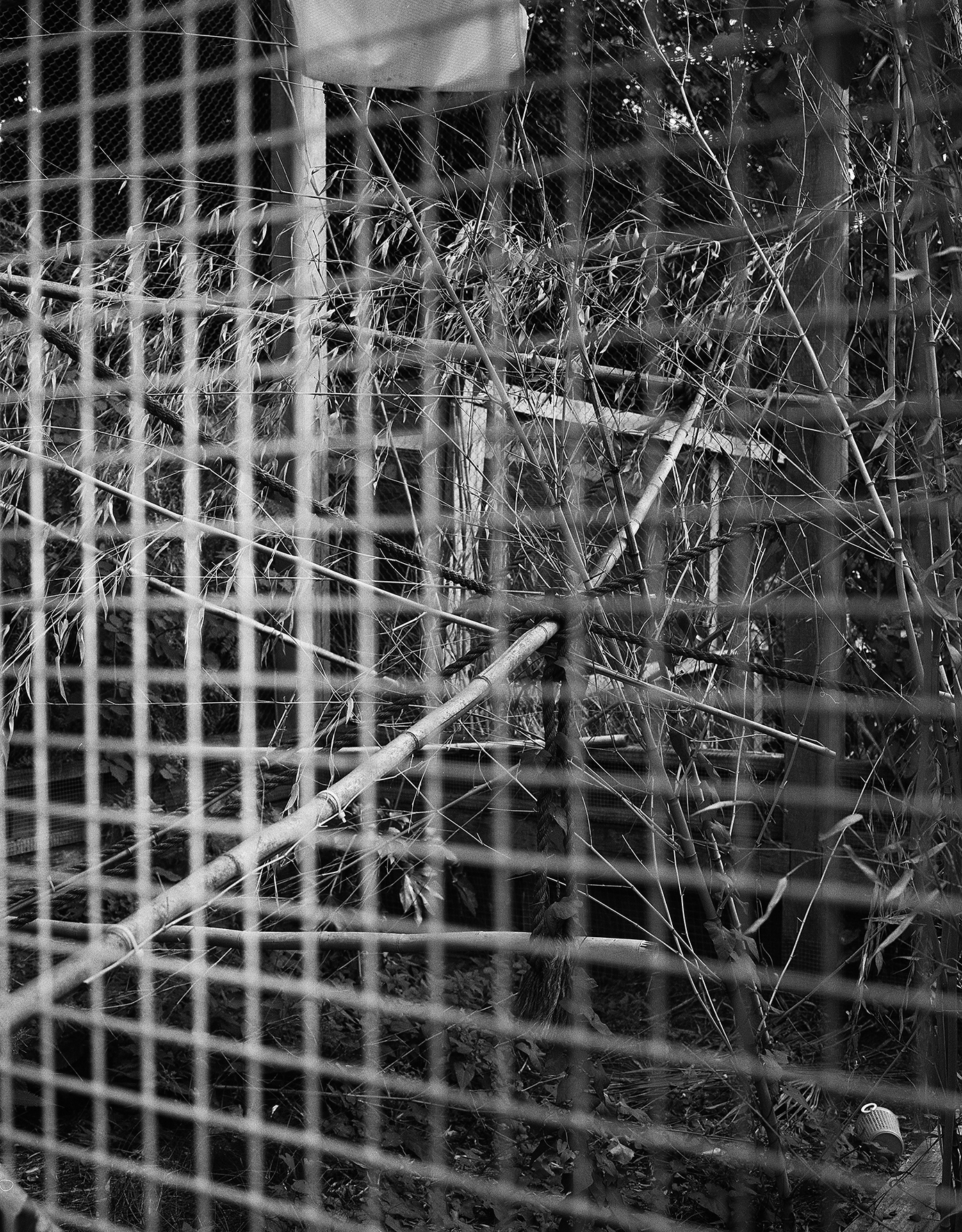
Enclosure XXVIII, 2017 – 2019, silver gelatin hand print
Stable Vices
Kunsthalle Basel
25 October 2019 – 05 January 2020
Perhaps the first thing you notice about Joanna Piotrowska’s images is how they elicit a sense of unease. And this even though her black and white photographs, 16 mm films, and two-channel video projection are starkly elegant, classical, even. They picture such things as empty animal enclosures (no beast in sight), a single finger pointing somewhere on the body (a vital point, in fact), two men in their underwear (lying on the floor of their family home), or an arm outstretched to display or play with a metallic item whose purpose seems enigmatic (A toy? A weapon? A torture device?). Each of the artist’s still or moving images on its own conveys a sense of inscrutable peculiarity. Collectively, however, their discomforting effect is not only cumulative, but exponential.
For her first institutional solo show in Switzerland and her largest exhibition to date, the Polish-born, London-based artist presents a selection of newly made and existing art- works. Their vastly differing scales and distinctive themes come together in what may appear as a random mix, yet they are united in their probing of the everyday drama of human relations: the subject of Piotrowska’s sustained interest. These works record rather simple gestures of care, self-protection, or control, but they do so in a way that is curiously evocative and psychologically charged. And while to describe her works as documentation of performances seems inaccurate (inasmuch as this suggests public acts resulting in documents that would be mere traces after the fact), a performance of sorts is arguably at the heart of most of them. For unlike photographers who capture images of the world “as it is” or as they see it, Piotrowska deliberately triggers situations between individuals that then can be recorded on camera in an attempt to understand human behavior, societal norms, and the rules that govern how we live together. The conceiving, casting, and orchestrating of these situations is as integral to her art as is the precise cropping of an image or the fastidious hand-printing of each silver gelatin print.
Among her new photographs are those that document empty zoo enclosures: man-made spaces built for the express purpose of containment and the domination of animals. Piotrowska photographs these vacated structures, creating images that are haunting in their emptiness. One notices that the compounds act as both protected habitats for animals as well as places of imprisonment, and they are often modelled on our own domestic architectures (with eating, sleeping, and play areas, none of which are so defined in nature). By focusing her lens in this way, Piotrowska knowingly creates images that reveal human privilege, control, desire, and fear, rather than pointing to anything bestial, in fact.
Relatedly, another body of new photographs and one of the exhibition’s two 16mm color films concentrate on the display of, and engagement with, seemingly obscure, cryptic objects. Removed from their context, these might appear to be devices for human use, whether for health care or sexual pleasure. However, the pictured feeding devices, toys, prodding tools, and other gear are actually meant to either entertain an animal that has been forced into captivity or to attend to it while keeping it at a distance. Still, like the photographs of empty zoo enclosures, these images speak about the desire to domesticate animal life while imagining its needs according to human principles. These themes are refracted by colored wooden spindles punctuating the exhibition space and they alternately signal the balustrade of a domestic stairwell and the bars of animal cages. Their variegated stains derive from the food coloring used in animal chews (which usually endow the chews with the colorful hues attractive to humans while keeping them safe for animals to ingest), again linking human and animal in an ambiguous bond.
These new works are shown alongside a gathering of older photographs, one of which, Frowst I (2013—2014), is based on the theories of German psychotherapist Bert Hellinger (1925—2019), who spatially reconstructed family constellations believing they could expose interpersonal dynamics. Informed by this therapeutic method, Piotrowska photographed the interaction of various kinfolk with- in the domestic environments in which they grew up, including the two brothers so oddly lolling about in Frowst I. The resultant image, like so many works in the show, gives form to otherwise invisible social tensions.
A number of photographs track Piotrowska’s long-standing interest in portraying adolescent girls acting out gestures of self-defense, inspired by a 1980s study on psychology and development in women. The photographs of these pubescent teens depict movements that are frozen and isolated so as to appear both cryptic and suggestive, although they actually show defensive or aggressive postures. The interlacing of intimacy and disquiet suffuses the images with an inexplicable charge. Semantically related are a set of close-cropped photographs that reveal a hand pointing to a spot on the body. To study these is to realize they each indicate a vital point, one of the most sensitive areas of the body, responsible for life and death. When self-defense is taught, these zones are often the focus, both because they most need protection and because they are the most efficient sites of attack. In short, they are the very locus of human physical vulnerability.
In the exhibition’s second gallery, a black and white, two-channel video portrays a group of people in a public park, partaking in a series of simple actions whose logic remains mysterious. The actions are provoked, in fact, by a traditional game (named, like the video, Little Sunshine) in which a player wins if he or she makes the other participants smile or laugh. By introducing children to skills such as how to be a team player, how to be competitive, and how to submit to rules, games are generally intended to teach everyday social behavior. This particular game, however, discovered by the artist during her research into games and the ways in which they are integral to a functioning society, asks of its players to rupture social norms by causing the betrayal of emotional composure.
Throughout her oeuvre and so compellingly manifest in this exhibition, the artist deploys various means to apprehend the self—in psychophysical interpersonal relations as well as in the individual, material body, with the latter serving as a setting for personal histories and social dynamics. Gestures of care and protection are juxtaposed with a sense of threat, violence, and of being controlled; all captured by the vigilant gaze of the camera’s eye. And if across the exhibition, vacant animal cages mirror back at us something all too human, the double meaning of the show’s title, Stable Vices, underscores this. In the world of animals, the term names the undesirable habits that equines, especially horses, often develop as a result of being confined in a stable; outside of this context, it might be read in another sense: describing consistent or habitual human vices. Pointing her finger at the hierarchies we erect as a society—between the human and the animal, self and other, family member and stranger, victim and perpetrator—almost as if these were our own vital points, Piotrowska advances a captivating investigative study of behavior and relationships. The results picture the human, without creating portraits in the conventional sense.
Kunsthalle Basel
25 October 2019 – 05 January 2020
Perhaps the first thing you notice about Joanna Piotrowska’s images is how they elicit a sense of unease. And this even though her black and white photographs, 16 mm films, and two-channel video projection are starkly elegant, classical, even. They picture such things as empty animal enclosures (no beast in sight), a single finger pointing somewhere on the body (a vital point, in fact), two men in their underwear (lying on the floor of their family home), or an arm outstretched to display or play with a metallic item whose purpose seems enigmatic (A toy? A weapon? A torture device?). Each of the artist’s still or moving images on its own conveys a sense of inscrutable peculiarity. Collectively, however, their discomforting effect is not only cumulative, but exponential.
For her first institutional solo show in Switzerland and her largest exhibition to date, the Polish-born, London-based artist presents a selection of newly made and existing art- works. Their vastly differing scales and distinctive themes come together in what may appear as a random mix, yet they are united in their probing of the everyday drama of human relations: the subject of Piotrowska’s sustained interest. These works record rather simple gestures of care, self-protection, or control, but they do so in a way that is curiously evocative and psychologically charged. And while to describe her works as documentation of performances seems inaccurate (inasmuch as this suggests public acts resulting in documents that would be mere traces after the fact), a performance of sorts is arguably at the heart of most of them. For unlike photographers who capture images of the world “as it is” or as they see it, Piotrowska deliberately triggers situations between individuals that then can be recorded on camera in an attempt to understand human behavior, societal norms, and the rules that govern how we live together. The conceiving, casting, and orchestrating of these situations is as integral to her art as is the precise cropping of an image or the fastidious hand-printing of each silver gelatin print.
Among her new photographs are those that document empty zoo enclosures: man-made spaces built for the express purpose of containment and the domination of animals. Piotrowska photographs these vacated structures, creating images that are haunting in their emptiness. One notices that the compounds act as both protected habitats for animals as well as places of imprisonment, and they are often modelled on our own domestic architectures (with eating, sleeping, and play areas, none of which are so defined in nature). By focusing her lens in this way, Piotrowska knowingly creates images that reveal human privilege, control, desire, and fear, rather than pointing to anything bestial, in fact.
Relatedly, another body of new photographs and one of the exhibition’s two 16mm color films concentrate on the display of, and engagement with, seemingly obscure, cryptic objects. Removed from their context, these might appear to be devices for human use, whether for health care or sexual pleasure. However, the pictured feeding devices, toys, prodding tools, and other gear are actually meant to either entertain an animal that has been forced into captivity or to attend to it while keeping it at a distance. Still, like the photographs of empty zoo enclosures, these images speak about the desire to domesticate animal life while imagining its needs according to human principles. These themes are refracted by colored wooden spindles punctuating the exhibition space and they alternately signal the balustrade of a domestic stairwell and the bars of animal cages. Their variegated stains derive from the food coloring used in animal chews (which usually endow the chews with the colorful hues attractive to humans while keeping them safe for animals to ingest), again linking human and animal in an ambiguous bond.
These new works are shown alongside a gathering of older photographs, one of which, Frowst I (2013—2014), is based on the theories of German psychotherapist Bert Hellinger (1925—2019), who spatially reconstructed family constellations believing they could expose interpersonal dynamics. Informed by this therapeutic method, Piotrowska photographed the interaction of various kinfolk with- in the domestic environments in which they grew up, including the two brothers so oddly lolling about in Frowst I. The resultant image, like so many works in the show, gives form to otherwise invisible social tensions.
A number of photographs track Piotrowska’s long-standing interest in portraying adolescent girls acting out gestures of self-defense, inspired by a 1980s study on psychology and development in women. The photographs of these pubescent teens depict movements that are frozen and isolated so as to appear both cryptic and suggestive, although they actually show defensive or aggressive postures. The interlacing of intimacy and disquiet suffuses the images with an inexplicable charge. Semantically related are a set of close-cropped photographs that reveal a hand pointing to a spot on the body. To study these is to realize they each indicate a vital point, one of the most sensitive areas of the body, responsible for life and death. When self-defense is taught, these zones are often the focus, both because they most need protection and because they are the most efficient sites of attack. In short, they are the very locus of human physical vulnerability.
In the exhibition’s second gallery, a black and white, two-channel video portrays a group of people in a public park, partaking in a series of simple actions whose logic remains mysterious. The actions are provoked, in fact, by a traditional game (named, like the video, Little Sunshine) in which a player wins if he or she makes the other participants smile or laugh. By introducing children to skills such as how to be a team player, how to be competitive, and how to submit to rules, games are generally intended to teach everyday social behavior. This particular game, however, discovered by the artist during her research into games and the ways in which they are integral to a functioning society, asks of its players to rupture social norms by causing the betrayal of emotional composure.
Throughout her oeuvre and so compellingly manifest in this exhibition, the artist deploys various means to apprehend the self—in psychophysical interpersonal relations as well as in the individual, material body, with the latter serving as a setting for personal histories and social dynamics. Gestures of care and protection are juxtaposed with a sense of threat, violence, and of being controlled; all captured by the vigilant gaze of the camera’s eye. And if across the exhibition, vacant animal cages mirror back at us something all too human, the double meaning of the show’s title, Stable Vices, underscores this. In the world of animals, the term names the undesirable habits that equines, especially horses, often develop as a result of being confined in a stable; outside of this context, it might be read in another sense: describing consistent or habitual human vices. Pointing her finger at the hierarchies we erect as a society—between the human and the animal, self and other, family member and stranger, victim and perpetrator—almost as if these were our own vital points, Piotrowska advances a captivating investigative study of behavior and relationships. The results picture the human, without creating portraits in the conventional sense.

Stable Vices. Kunsthalle Basel, 25 October 2019 – 05 January 2020. Image by Philipp Hänger
.
![]()
Stable Vices. Kunsthalle Basel, 25 October 2019 – 05 January 2020. Image by Philipp Hänger
.

Stable Vices. Kunsthalle Basel, 25 October 2019 – 05 January 2020. Image by Philipp Hänger

Stable Vices. Kunsthalle Basel, 25 October 2019 – 05 January 2020. Image by Philipp Hänger.

Stable Vices. Kunsthalle Basel, 25 October 2019 – 05 January 2020. Image by Philipp Hänger.

Stable Vices. Kunsthalle Basel, 25 October 2019 – 05 January 2020. Image by Philipp Hänger.

Stable Vices. Kunsthalle Basel, 25 October 2019 – 05 January 2020. Image by Philipp Hänger.
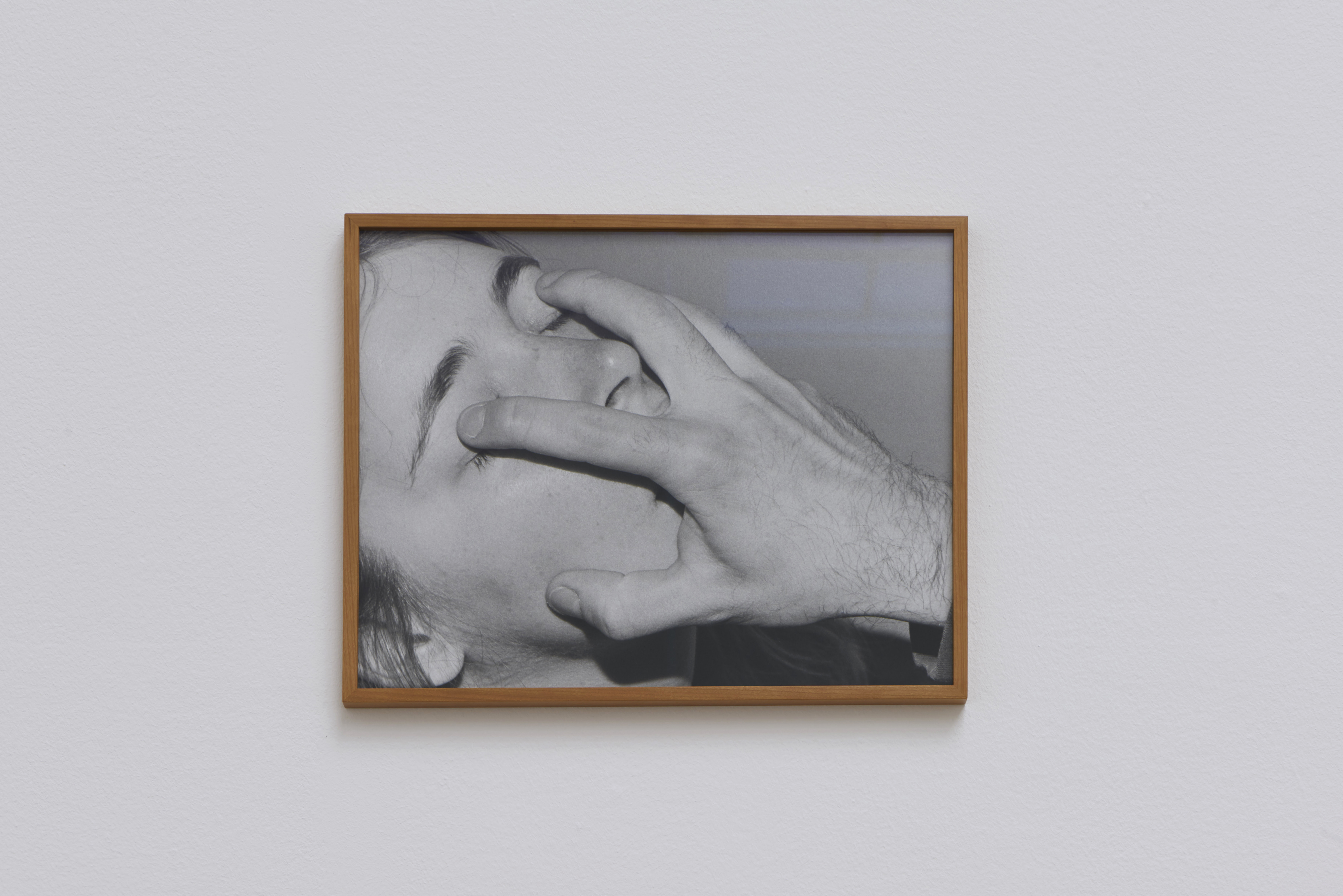
Stable Vices. Kunsthalle Basel, 25 October 2019 – 05 January 2020. Image by Philipp Hänger.

Stable Vices. Kunsthalle Basel, 25 October 2019 – 05 January 2020. Image by Philipp Hänger.

Stable Vices. Kunsthalle Basel, 25 October 2019 – 05 January 2020. Image by Philipp Hänger.

Stable Vices. Kunsthalle Basel, 25 October 2019 – 05 January 2020. Image by Philipp Hänger.
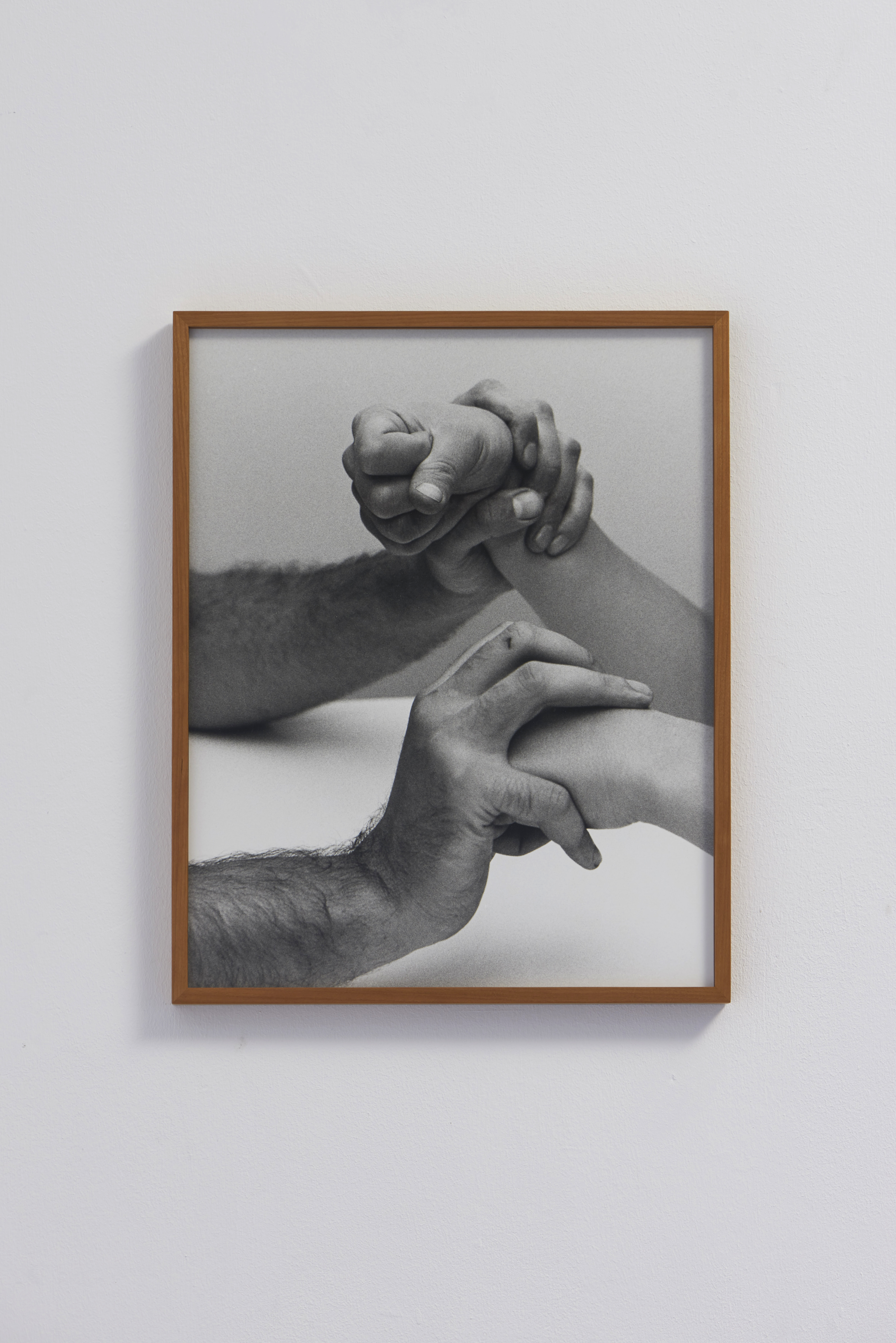
Stable Vices. Kunsthalle Basel, 25 October 2019 – 05 January 2020. Image by Philipp Hänger.
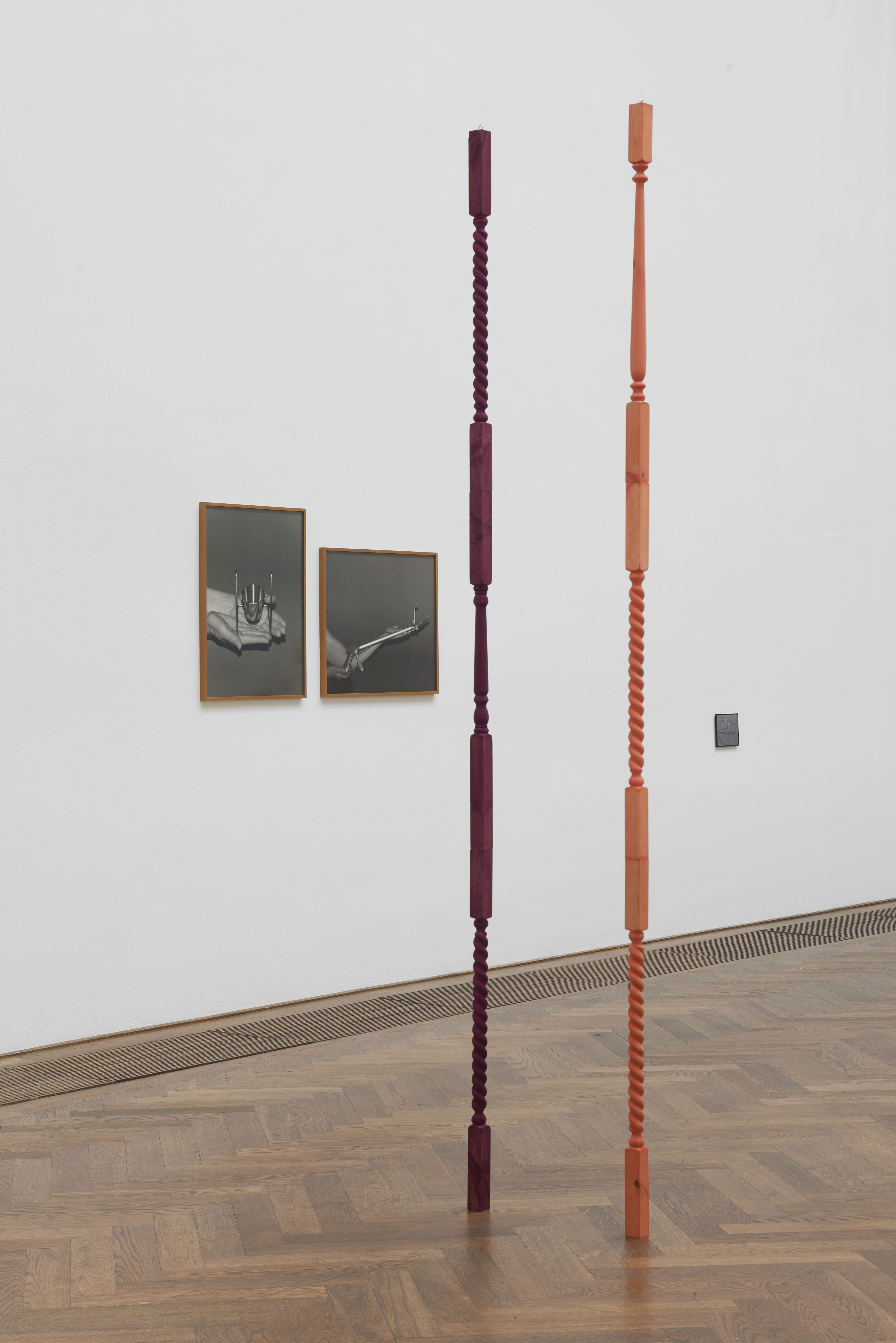
Stable Vices. Kunsthalle Basel, 25 October 2019 – 05 January 2020. Image by Philipp Hänger.
Frowst
Zacheta – National Gallery of Art, Warsaw
18 September – 06 December 2020
Joanna Piotrowska’s first comprehensive monographic exhibition in Poland presents a selection of her works from the past few years. In her staged photos and videos, the artist focuses on exploring human relationships and their bodily expression. She looks at characters entangled in the context of social institutions, struggling with manifestations of power, emotional dependencies and the violent element of human nature. She is interested in the family, security, home and homelessness, the position of a woman and the psychology and politics of girl rebellion, as well as the human need to control and dominate animals. Her black-and-white, handmade, gelatin silver prints and videos on 16 mm tape are more of a record of performance or spectacle than a documentary.
The title of the exhibition was taken from one of Piotrowska’s first photographic series (2013–2014), which brought her international recognition. Frowst (in other words, suffocation, mustiness) brings to mind the dense air of an unaired-out apartment, saturated with complicated family relationships. The series was inspired by the pseudo-scientific, manipulative method of “organising tangled and broken family ties” developed by German psychotherapist Bert Hellinger. Based on the observation of body positions and gestures, the tense, staged photographs showing family systems of dependencies were created.
Zacheta – National Gallery of Art, Warsaw
18 September – 06 December 2020
Joanna Piotrowska’s first comprehensive monographic exhibition in Poland presents a selection of her works from the past few years. In her staged photos and videos, the artist focuses on exploring human relationships and their bodily expression. She looks at characters entangled in the context of social institutions, struggling with manifestations of power, emotional dependencies and the violent element of human nature. She is interested in the family, security, home and homelessness, the position of a woman and the psychology and politics of girl rebellion, as well as the human need to control and dominate animals. Her black-and-white, handmade, gelatin silver prints and videos on 16 mm tape are more of a record of performance or spectacle than a documentary.
The title of the exhibition was taken from one of Piotrowska’s first photographic series (2013–2014), which brought her international recognition. Frowst (in other words, suffocation, mustiness) brings to mind the dense air of an unaired-out apartment, saturated with complicated family relationships. The series was inspired by the pseudo-scientific, manipulative method of “organising tangled and broken family ties” developed by German psychotherapist Bert Hellinger. Based on the observation of body positions and gestures, the tense, staged photographs showing family systems of dependencies were created.
Under the influence of texts by the American feminist and developmental psychologist Carol Gilligan, who dealt with the issues of women’s voice and resistance, a series of photographs (2015) was created, presenting teenage girls in poses taken from self-defence textbooks. These works refer to the ubiquitous, structural and physical violence against women, but they are also a story of a rebellion of women and girls against a culturally sanctioned narrative that disciplines women.
The exhibition presents the latest series documenting cages and enclosures for animals in zoos, arranged on the model of human residential architecture (2019). These photographs reveal the dominance of humans over the animal world, the need for control, the lust for power and the fear of the Other. Piotrowska also started to photograph objects used for playing and stimulating animals (2019) — the objects presented by the models look like instruments of torture, medical instruments or erotic fetishes. Among them we will also find those that allow us to hold and touch animals at a safe distance, which connects them with the returning motif of hand and touch in the artist’s work.
The exhibition closes with a photographic project from 2017. Piotrowska asked her friends from Warsaw, London, Lisbon and Rio de Janeiro to build hiding places in their apartments — safe, intimate shelters — imitating children’s games. The impermanent constructions depicted in the photographs speak of the temporality and conventionality of the home — understood both as a building and as a system of interpersonal relations. The work combines the innocence of children’s games with the gravity of the problem of seeking physical and emotional refuge. The artist touches upon the topic of safety and lack thereof, but also upon the fragility of material comfort — it turns out that it is impossible to build a true refuge from the piles of things we own.
The exhibition presents the latest series documenting cages and enclosures for animals in zoos, arranged on the model of human residential architecture (2019). These photographs reveal the dominance of humans over the animal world, the need for control, the lust for power and the fear of the Other. Piotrowska also started to photograph objects used for playing and stimulating animals (2019) — the objects presented by the models look like instruments of torture, medical instruments or erotic fetishes. Among them we will also find those that allow us to hold and touch animals at a safe distance, which connects them with the returning motif of hand and touch in the artist’s work.
The exhibition closes with a photographic project from 2017. Piotrowska asked her friends from Warsaw, London, Lisbon and Rio de Janeiro to build hiding places in their apartments — safe, intimate shelters — imitating children’s games. The impermanent constructions depicted in the photographs speak of the temporality and conventionality of the home — understood both as a building and as a system of interpersonal relations. The work combines the innocence of children’s games with the gravity of the problem of seeking physical and emotional refuge. The artist touches upon the topic of safety and lack thereof, but also upon the fragility of material comfort — it turns out that it is impossible to build a true refuge from the piles of things we own.
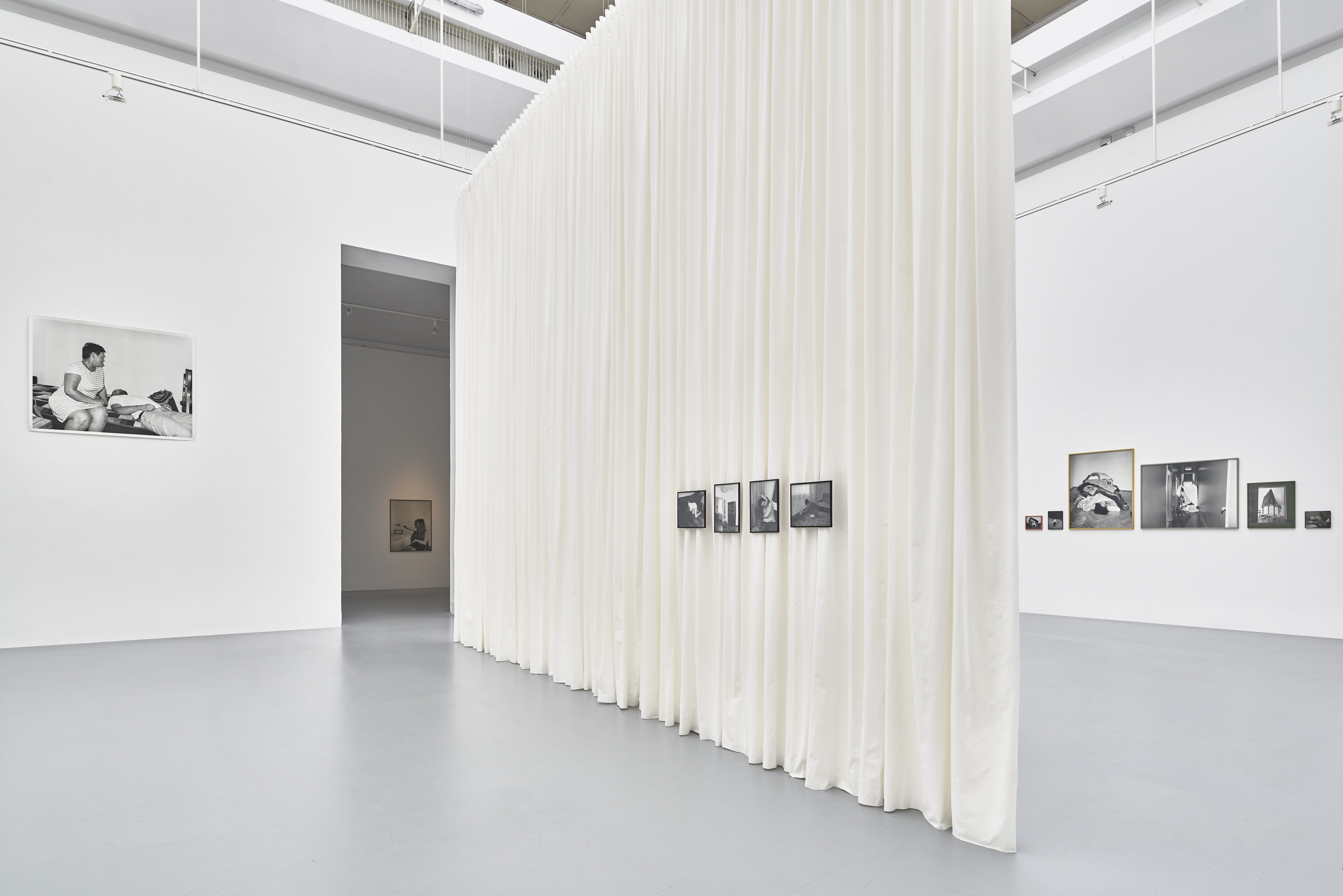
Frowst. Zacheta – National Gallery of Art, Warsaw, 18 September – 06 December 2020. Image by Jakub Certowicz

Frowst XIII, 2013 -2014. 130 x 160 cm. Silver gelatin hand print.

Frowst. Zacheta – National Gallery of Art, Warsaw, 18 September – 06 December 2020. Image by Jakub Certowicz


Frowst. Zacheta – National Gallery of Art, Warsaw, 18 September – 06 December 2020. Image by Jakub Certowicz
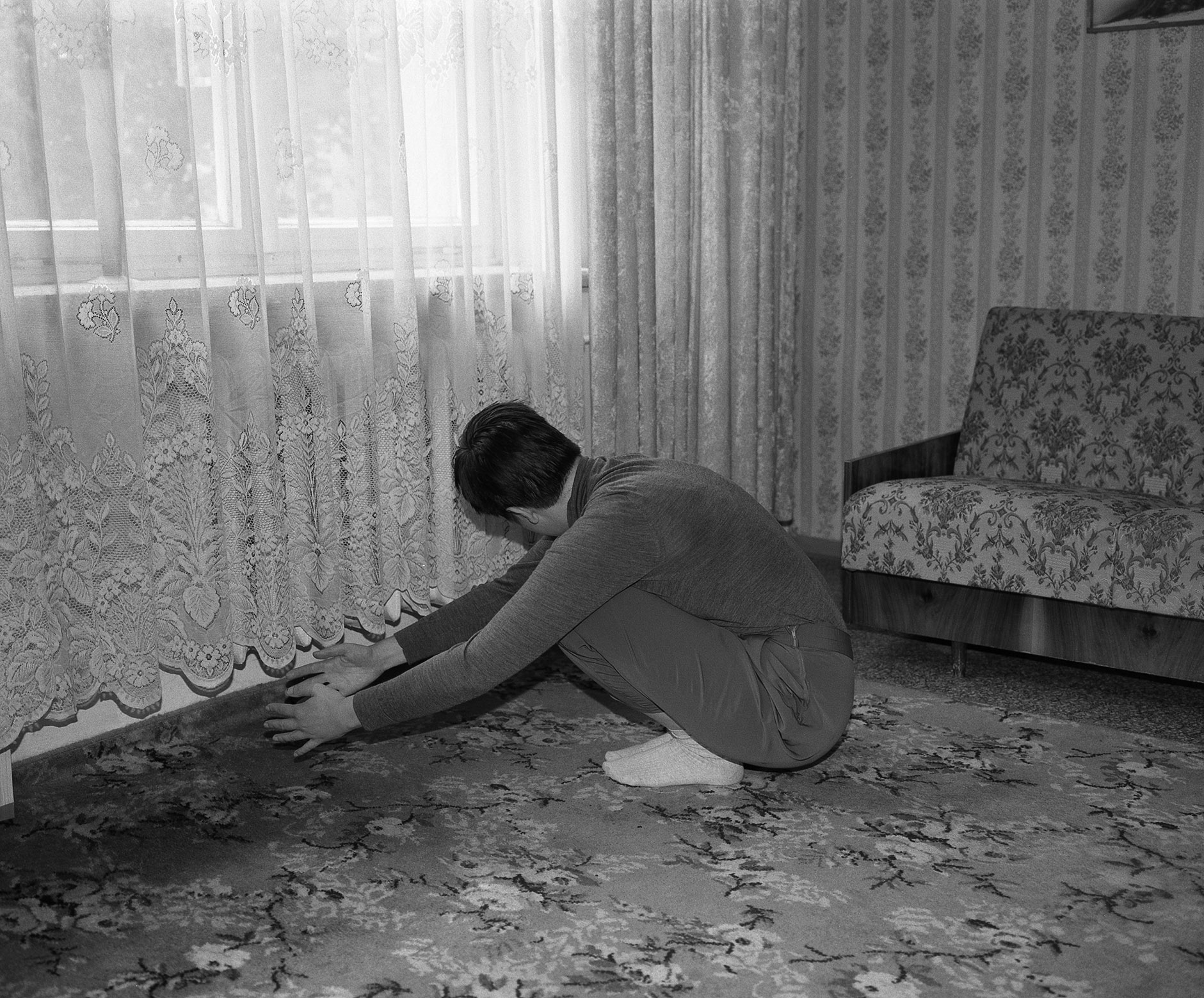
Untitled, 2015, 21 x 27 cm. Silver gelatin hand print.

Frowst. Zacheta – National Gallery of Art, Warsaw, 18 September – 06 December 2020. Image by Jakub Certowicz

Untitled, 2015. 16mm film.

Frowst. Zacheta – National Gallery of Art, Warsaw, 18 September – 06 December 2020. Image by Jakub Certowicz
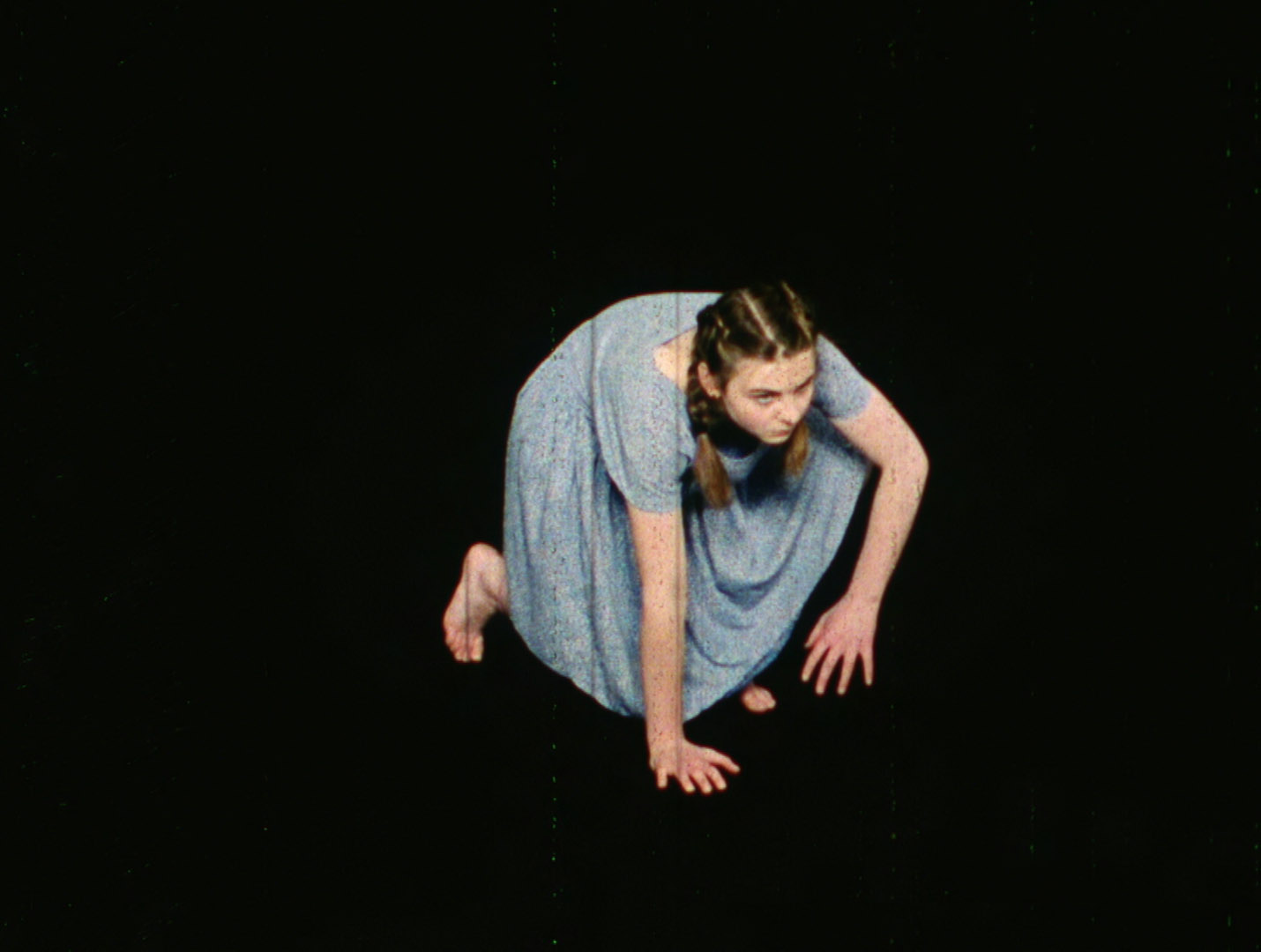
Untitled, 2015. 16mm film
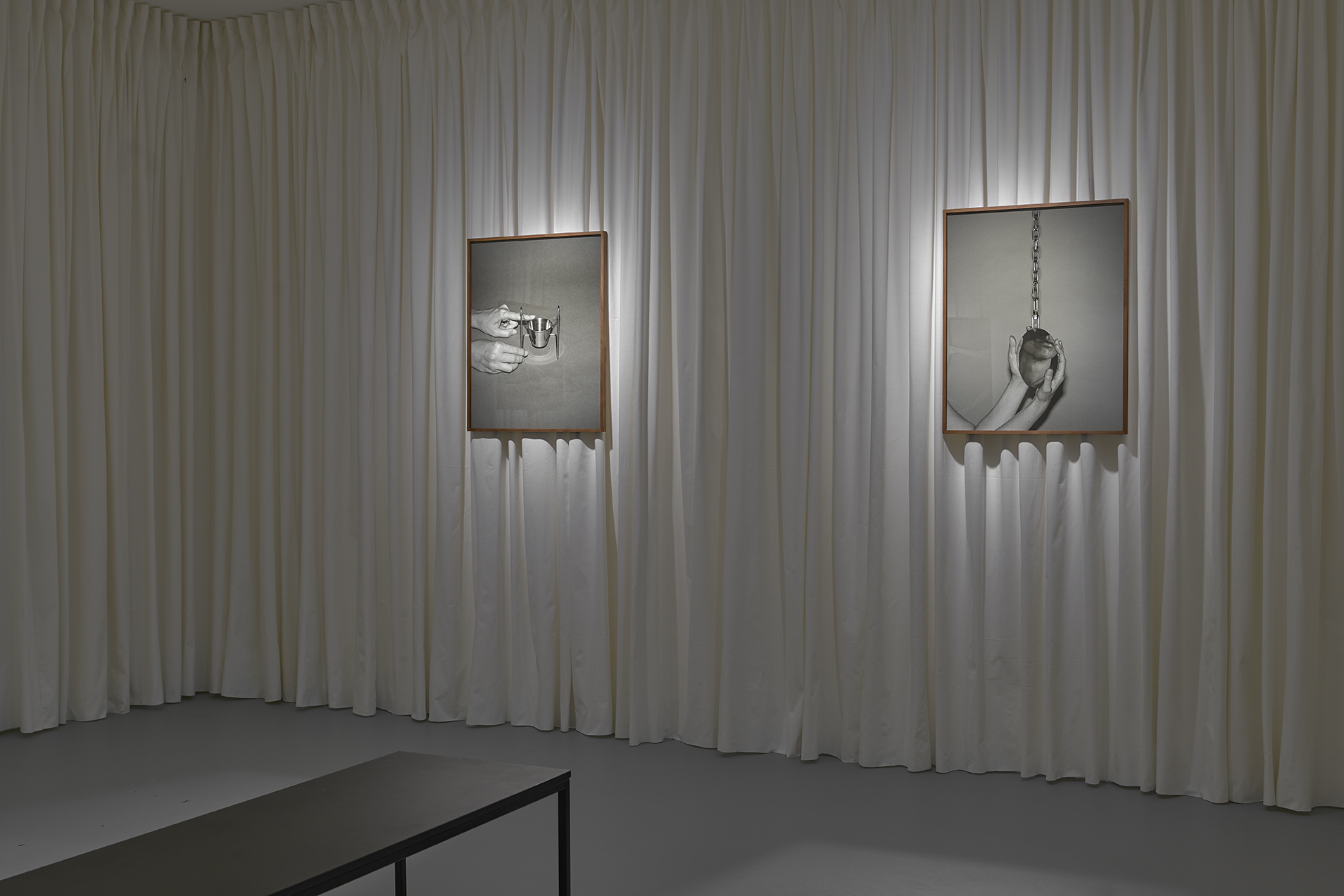
Frowst. Zacheta – National Gallery of Art, Warsaw, 18 September – 06 December 2020. Image by Jakub Certowicz

Frowst. Zacheta – National Gallery of Art, Warsaw, 18 September – 06 December 2020. Image by Jakub Certowicz
All our False Devices
Tate Britain, London
8 March - 9 June 2019
This March Tate Britain presents the first solo exhibition of work by Joanna Piotrowska in the UK. This will be the latest in Tate Britain’s ongoing Art Now series of free exhibitions showcasing emerging talent and highlighting new developments in British art. For this exhibition Piotrowska presents an installation combining 16mm films and carefully composed black and white photographs which explore notions of the human body and social structures.
Piotrowska’s work examines the complex power dynamics and psychological effects of human relationships. Captured on film and photographs, each of the gestures in her works are deliberately staged and directed, acting as documents of an intimate performance for the camera rather than documentary images.
Alongside three untitled 16mm films, All Our False Devices brings together photographs from two existing bodies of work reconfigured in a new installation. This includes works from her series Shelters 2016-2018 in which Piotrowska engaged local people in Lisbon, Rio de Janeiro, Warsaw and London to create makeshift structures in their homes. Capturing the constructed environments and their inhabitants, the photographs evoke both children’s dens and the temporary shelters made by the homeless. The exhibition will also feature photographs from Self Defense 2015 in which Piotrowska captured young women performing gestures from self-defence manuals, creating images which both imply violence against women as well as their empowerment.
Tate Britain, London
8 March - 9 June 2019
This March Tate Britain presents the first solo exhibition of work by Joanna Piotrowska in the UK. This will be the latest in Tate Britain’s ongoing Art Now series of free exhibitions showcasing emerging talent and highlighting new developments in British art. For this exhibition Piotrowska presents an installation combining 16mm films and carefully composed black and white photographs which explore notions of the human body and social structures.
Piotrowska’s work examines the complex power dynamics and psychological effects of human relationships. Captured on film and photographs, each of the gestures in her works are deliberately staged and directed, acting as documents of an intimate performance for the camera rather than documentary images.
Alongside three untitled 16mm films, All Our False Devices brings together photographs from two existing bodies of work reconfigured in a new installation. This includes works from her series Shelters 2016-2018 in which Piotrowska engaged local people in Lisbon, Rio de Janeiro, Warsaw and London to create makeshift structures in their homes. Capturing the constructed environments and their inhabitants, the photographs evoke both children’s dens and the temporary shelters made by the homeless. The exhibition will also feature photographs from Self Defense 2015 in which Piotrowska captured young women performing gestures from self-defence manuals, creating images which both imply violence against women as well as their empowerment.
 All our False Devices. Tate Britain, London, 8 March - 9 June 2019. Image by Matt Greenwood
All our False Devices. Tate Britain, London, 8 March - 9 June 2019. Image by Matt Greenwood

All our False Devices. Tate Britain, London, 8 March - 9 June 2019. Image by Matt Greenwood

All our False Devices. Tate Britain, London, 8 March - 9 June 2019. Image by Matt Greenwood
![]()
All our False Devices. Tate Britain, London, 8 March - 9 June 2019. Image by Matt Greenwood
![]()
All our False Devices. Tate Britain, London, 8 March - 9 June 2019. Image by Matt Greenwood

All our False Devices. Tate Britain, London, 8 March - 9 June 2019. Image by Matt Greenwood

All our False Devices. Tate Britain, London, 8 March - 9 June 2019. Image by Matt Greenwood

All our False Devices. Tate Britain, London, 8 March - 9 June 2019. Image by Matt Greenwood
![]()
All our False Devices. Tate Britain, London, 8 March - 9 June 2019. Image by Matt Greenwood
![]()
All our False Devices. Tate Britain, London, 8 March - 9 June 2019. Image by Matt Greenwood

All our False Devices. Tate Britain, London, 8 March - 9 June 2019. Image by Matt Greenwood
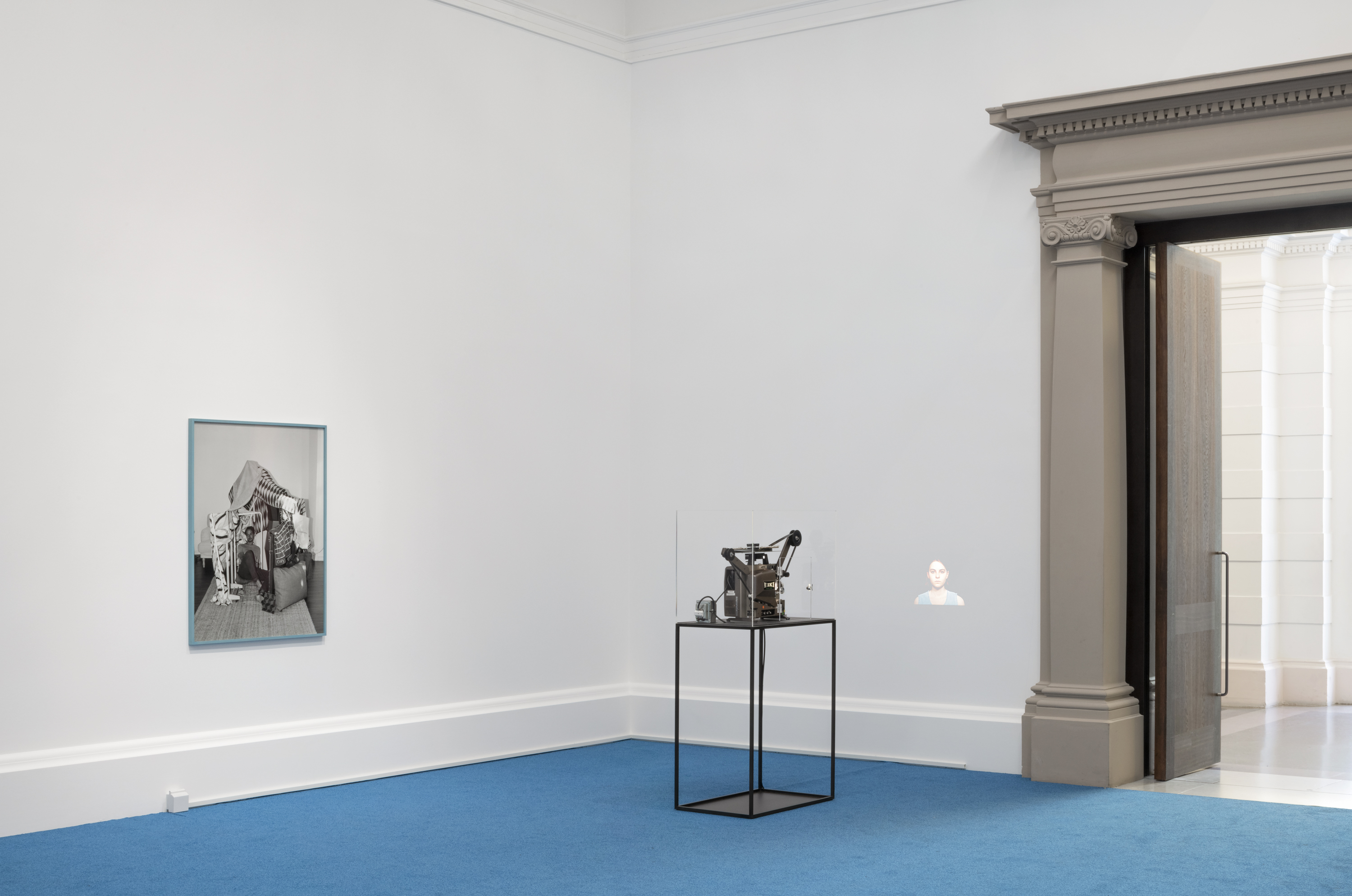
All our False Devices. Tate Britain, London, 8 March - 9 June 2019. Image by Matt Greenwood

All our False Devices. Tate Britain, London, 8 March - 9 June 2019. Image by Matt Greenwood
Joanna Piotrowska
Madragoa, Lisbon
24 January – 7 March 2020
The images created by Joanna Piotrowska, whether captured in photographs, on film or which come to life in front of the viewer in the form of performances and installations, are wrapped in a sense of ambiguity, despite the fact that everything is clear and in plain sight.
The tension is triggered by the reversibility of the situations, gestures and actions staged, which focus on the suspended moment of an encounter between two realities, condensed into images that are never univocal, but can be interpreted in a sense or in the other. An encounter between two people, between those who perform and those who undergo an action, with an invisible enemy, between human beings and objects, and even when the protagonist is a single person, the gestures or the pose evoke a doubling, showing the essence of Joanna Piotrowska’s work to be found in the inner investigation and in bringing out the psychic mechanisms that operate in different contexts.
In the new series of photographs Enclosures, started in 2018, the human figure is completely absent, even if the project is in continuity with the reflection developed in the previous production in which the body is the protagonist. In particular with the series Frantic, presented at Madragoa in 2016: the subjects of the photographs are individuals struggling with the construction of shelter made with domestic objects, to carve out an additional intimate space inside their home, which from being a comfort zone unwittingly became a trench, or a cage, pushing one to wonder about the profound meaning of feeling protected and at home.
Enclosures shows the interiors of other cages, those of the zoo, and other objects, those used by animals in captivity, revealing the strong human projection on the concept of nature, the domestication intent disguised behind an apparent respect of the wild, the perpetuation of the exercise of the human domain.
The reconstruction of a cosy natural environment reflects only a human idea of habitat tailored for animals and the outcome is that of a stage design for a show aimed at entertaining the public rather than an ideal environment for the life of animals.
In addition to the subject depicted, the display of the works, conceived in relation to the gallery space, highlights these mechanisms.
To welcome the viewer on the ground floor are two wallpapers, each showing a window overlooking an empty enclosure, delimited by walls, inside which a wild space is simulated, appearing as a continuation of the real space trampled by zoo visitors. The continuity of the landscape on both sides of the window makes it similar to a screen or mirror that duplicates the space, altering its perception, a mise en abyme that leaves the viewer confused, uncertain of his position inside or outside the enclosure, of his role as an observer or observed.
In the other wallpaper, the aperture replicates, with its organic profile, the natural conformation of a rocky wall, but the grotesque and false effect of the reconstruction clearly denounces its fictitious and artificial nature, still underlining that the true purpose is the entertainment behind the desire to make animals feel at home.
There are no animals in all the photographs of the series, the gaze lingers on the miserability of these empty enclosures, unpopulated dioramas, as bleak as a disco in daylight.
To underline that the human condition and behaviour are the real focus of this research, some spindles, elements of cage structures identified in the human daily life, are multiplied in their height up to join the roof with the floor of the room, delimiting the space of a cage inside the gallery. Their bright colours, which conceal captivity with the circus fanfare, come from the dyes used in food and to paint wooden tools and toys intended for animals, in yet another tilt between aesthetic human need projected on the feral world.
The photographs from the series Animal Enrichment frame some objects in the neutral environment of a pose studio, supported by hands that carefully and delicately offer them to the eye, showing their details and alluding to their functioning, halfway between a game of prestige and a teleshopping. These are objects including a rope, a mirror attached to a chain, a metal basket, props for the zoo show, which held in someone’s hands become weird sensual fetishes.
Madragoa, Lisbon
24 January – 7 March 2020
The images created by Joanna Piotrowska, whether captured in photographs, on film or which come to life in front of the viewer in the form of performances and installations, are wrapped in a sense of ambiguity, despite the fact that everything is clear and in plain sight.
The tension is triggered by the reversibility of the situations, gestures and actions staged, which focus on the suspended moment of an encounter between two realities, condensed into images that are never univocal, but can be interpreted in a sense or in the other. An encounter between two people, between those who perform and those who undergo an action, with an invisible enemy, between human beings and objects, and even when the protagonist is a single person, the gestures or the pose evoke a doubling, showing the essence of Joanna Piotrowska’s work to be found in the inner investigation and in bringing out the psychic mechanisms that operate in different contexts.
In the new series of photographs Enclosures, started in 2018, the human figure is completely absent, even if the project is in continuity with the reflection developed in the previous production in which the body is the protagonist. In particular with the series Frantic, presented at Madragoa in 2016: the subjects of the photographs are individuals struggling with the construction of shelter made with domestic objects, to carve out an additional intimate space inside their home, which from being a comfort zone unwittingly became a trench, or a cage, pushing one to wonder about the profound meaning of feeling protected and at home.
Enclosures shows the interiors of other cages, those of the zoo, and other objects, those used by animals in captivity, revealing the strong human projection on the concept of nature, the domestication intent disguised behind an apparent respect of the wild, the perpetuation of the exercise of the human domain.
The reconstruction of a cosy natural environment reflects only a human idea of habitat tailored for animals and the outcome is that of a stage design for a show aimed at entertaining the public rather than an ideal environment for the life of animals.
In addition to the subject depicted, the display of the works, conceived in relation to the gallery space, highlights these mechanisms.
To welcome the viewer on the ground floor are two wallpapers, each showing a window overlooking an empty enclosure, delimited by walls, inside which a wild space is simulated, appearing as a continuation of the real space trampled by zoo visitors. The continuity of the landscape on both sides of the window makes it similar to a screen or mirror that duplicates the space, altering its perception, a mise en abyme that leaves the viewer confused, uncertain of his position inside or outside the enclosure, of his role as an observer or observed.
In the other wallpaper, the aperture replicates, with its organic profile, the natural conformation of a rocky wall, but the grotesque and false effect of the reconstruction clearly denounces its fictitious and artificial nature, still underlining that the true purpose is the entertainment behind the desire to make animals feel at home.
There are no animals in all the photographs of the series, the gaze lingers on the miserability of these empty enclosures, unpopulated dioramas, as bleak as a disco in daylight.
To underline that the human condition and behaviour are the real focus of this research, some spindles, elements of cage structures identified in the human daily life, are multiplied in their height up to join the roof with the floor of the room, delimiting the space of a cage inside the gallery. Their bright colours, which conceal captivity with the circus fanfare, come from the dyes used in food and to paint wooden tools and toys intended for animals, in yet another tilt between aesthetic human need projected on the feral world.
The photographs from the series Animal Enrichment frame some objects in the neutral environment of a pose studio, supported by hands that carefully and delicately offer them to the eye, showing their details and alluding to their functioning, halfway between a game of prestige and a teleshopping. These are objects including a rope, a mirror attached to a chain, a metal basket, props for the zoo show, which held in someone’s hands become weird sensual fetishes.

Joanna Piotrowska, Madragoa, Lisbon, 24 January – 7 March 2020

Stainless steel, double sided mirror II, 2019. 73 × 58 cm. Silver gelatin hand print

Joanna Piotrowska, Madragoa, Lisbon, 24 January – 7 March 2020

Stainless steel, double sided mirror II, 2019. 73 × 58 cm. Silver gelatin hand print

Joanna Piotrowska, Madragoa, Lisbon, 24 January – 7 March 2020

Mouse teeter, 2019. 73 × 58 cm. Silver gelatin hand print

Greens Feeder, 2019. 73 × 58 cm. Silver gelatin hand print
Sculptures
Andrew Kreps Gallery, New York
12 July – 10 August, 2018
Terry Adkins, Michael Dean, Richard Hun, Jamie Isenstein, Jac Leirner, Eric N. Mac, K.r.m. Mooney, Manfred Pernice, Julia Phillip, Joanna Piotrowska, Richard Rezac, Kathleen Rya, Michael E. Smith
Andrew Kreps Gallery is pleased to announce a group exhibition that brings together a diverse, and cross-generational group of thirteen artists, whose work addresses sculpture in its widest sense. Dating from the 1960s to the present, the works included are united by strong formal qualities, but also display the myriad ways in which artists fold the specific context in which their work is made into their practices, either through historical links, the inclusion of autobiographic details, or the interjection of recognizable forms.
Side by side, natural affinities begin to emerge between the artists included – from a reflection on the body such as in works by Michael Dean, Julia Phillips, and Joanna Piotrowska, which incorporate references to the figure to produce psychological resonance, to architecture in the works of Manfred Pernice and Richard Rezac. The use of common materials, the readymade, and vernacular forms also appear as a thread, uniting works by Terry Adkins, Richard Hunt, Jamie Isenstein, Jac Leirner, Eric N. Mack, K.r.m. Mooney, Kathleen Ryan, and Michael E. Smith. Together, the works demonstrate how artists deconstruct, expand, and repurpose materials to create a fuller depiction of the world around them and its complications.
Andrew Kreps Gallery, New York
12 July – 10 August, 2018
Terry Adkins, Michael Dean, Richard Hun, Jamie Isenstein, Jac Leirner, Eric N. Mac, K.r.m. Mooney, Manfred Pernice, Julia Phillip, Joanna Piotrowska, Richard Rezac, Kathleen Rya, Michael E. Smith
Andrew Kreps Gallery is pleased to announce a group exhibition that brings together a diverse, and cross-generational group of thirteen artists, whose work addresses sculpture in its widest sense. Dating from the 1960s to the present, the works included are united by strong formal qualities, but also display the myriad ways in which artists fold the specific context in which their work is made into their practices, either through historical links, the inclusion of autobiographic details, or the interjection of recognizable forms.
Side by side, natural affinities begin to emerge between the artists included – from a reflection on the body such as in works by Michael Dean, Julia Phillips, and Joanna Piotrowska, which incorporate references to the figure to produce psychological resonance, to architecture in the works of Manfred Pernice and Richard Rezac. The use of common materials, the readymade, and vernacular forms also appear as a thread, uniting works by Terry Adkins, Richard Hunt, Jamie Isenstein, Jac Leirner, Eric N. Mack, K.r.m. Mooney, Kathleen Ryan, and Michael E. Smith. Together, the works demonstrate how artists deconstruct, expand, and repurpose materials to create a fuller depiction of the world around them and its complications.

Sculptures, Andrew Kreps Gallery, New York , 12 July – 10 August 2018

Untitled, 2016. 21 x 27 cm. Silver gelatin hand print.

Untitled, 2016. 120 x 95 cm. Silver gelatin hand print.
Frantic
Madragoa, Lisbon
29 September – 5 November 2016
Madragoa is delighted to present Frantic, the first solo exhibition by Joanna Piotrowska at the gallery.
Young children think that closing or covering their eyes makes them invisible to others. This simple, introverted gesture, that responds to an instinctive desire to hide themselves, is then projected into the real domestic space, where children take refuge in small places enfolding them, to feel protected but also to define their first spaces of autonomy and identity. Since we were kids, we used to carve out in our house, even in our room, a corner elected to be an asylum for our imagination and where to build a shelter, a cozy and off-limits place where we could dream and play. Michel Foucault included this kind of “localized utopias” that children know very well – like the bottom of the garden, the Indian tent erected in the middle of the attic, or the parent’s great bed – under the broader concept of heterotopia, recognising in these “other” spaces discrete areas that mark interruptions in the space-time flow, revealing the illusory nature of reality and undermining the coherence of its systems.
The practice of building refuges does not completely end with childhood: as adolescents and adults we keep claiming for an intimate space where we can be in solitude, read a book, listen to our favourite music, or just rest. At the very opposite of kids’ playful and spontaneous attitude, the construction of shelters is the expression of an urgent need for immigrants and homless people searching for a lair in the rips of the urban fabric. Joanna Piotrowska’s new project develops from a reflection on these diverse urges and purposes that lead to the erection of provisional huts meant to protect us, even at home, a private place which should already provide security and freedom.
The photographs of Frantic document a series of temporary shelters built inside different households, using all sort of materials found in these same homes. The shootings took place in Lisbon, where Joanna Piotrowska involved local people to erect inside their own apartments or gardens a tent, a shelter they could inhabit, using furnitures for the structure and selecting personal objects they would live with. The result is a series of different environmental assemblages that look like their authors: some are solid and minimal, some are complicated and fragile, giving the impression they can collapse at any time. While these temporary constructions represent abstract places, all the elements that shape this small-sized kind of Merzbau work as precise clues to the status, taste, lifestyle and interests of the portrayed person. The presence of their creators inside these shelters, the bodies that barely fit in it, reveal them to be traps rather than comfortable places. The photographs strengthen this contrast: the charming atmosphere evoked by these ephemeral, absurd, constructions become disturbing when the person is present. Their disarticulated poses and the peculiar artist’s use of the flash, that flattens the image, render the human bodies as inanimate objects, entangled in the rudimental architectures they inhabit.
The different shades of the title, Frantic, refer to the different attitudes behind the act of building a shelter: from the high excitement of children, to a wild activity due to a feeling of fear, from a hurried search for protection, to a rapid and disordered or nervous activity, like the movement of an animal in a cage.
Madragoa, Lisbon
29 September – 5 November 2016
Madragoa is delighted to present Frantic, the first solo exhibition by Joanna Piotrowska at the gallery.
Young children think that closing or covering their eyes makes them invisible to others. This simple, introverted gesture, that responds to an instinctive desire to hide themselves, is then projected into the real domestic space, where children take refuge in small places enfolding them, to feel protected but also to define their first spaces of autonomy and identity. Since we were kids, we used to carve out in our house, even in our room, a corner elected to be an asylum for our imagination and where to build a shelter, a cozy and off-limits place where we could dream and play. Michel Foucault included this kind of “localized utopias” that children know very well – like the bottom of the garden, the Indian tent erected in the middle of the attic, or the parent’s great bed – under the broader concept of heterotopia, recognising in these “other” spaces discrete areas that mark interruptions in the space-time flow, revealing the illusory nature of reality and undermining the coherence of its systems.
The practice of building refuges does not completely end with childhood: as adolescents and adults we keep claiming for an intimate space where we can be in solitude, read a book, listen to our favourite music, or just rest. At the very opposite of kids’ playful and spontaneous attitude, the construction of shelters is the expression of an urgent need for immigrants and homless people searching for a lair in the rips of the urban fabric. Joanna Piotrowska’s new project develops from a reflection on these diverse urges and purposes that lead to the erection of provisional huts meant to protect us, even at home, a private place which should already provide security and freedom.
The photographs of Frantic document a series of temporary shelters built inside different households, using all sort of materials found in these same homes. The shootings took place in Lisbon, where Joanna Piotrowska involved local people to erect inside their own apartments or gardens a tent, a shelter they could inhabit, using furnitures for the structure and selecting personal objects they would live with. The result is a series of different environmental assemblages that look like their authors: some are solid and minimal, some are complicated and fragile, giving the impression they can collapse at any time. While these temporary constructions represent abstract places, all the elements that shape this small-sized kind of Merzbau work as precise clues to the status, taste, lifestyle and interests of the portrayed person. The presence of their creators inside these shelters, the bodies that barely fit in it, reveal them to be traps rather than comfortable places. The photographs strengthen this contrast: the charming atmosphere evoked by these ephemeral, absurd, constructions become disturbing when the person is present. Their disarticulated poses and the peculiar artist’s use of the flash, that flattens the image, render the human bodies as inanimate objects, entangled in the rudimental architectures they inhabit.
The different shades of the title, Frantic, refer to the different attitudes behind the act of building a shelter: from the high excitement of children, to a wild activity due to a feeling of fear, from a hurried search for protection, to a rapid and disordered or nervous activity, like the movement of an animal in a cage.

Frantic, Madragoa, Lisbon , 29 September – 5 November 2016

Untitled, 2016. 61.9 × 50.4 cm. Silver gelatin hand print.

Untitled, 2016. 95 × 120 cm.
Silver gelatin hand print.

Frantic, Madragoa, Lisbon , 29 September – 5 November 2016

Untitled, 2016. 27.2 × 21.6 cm. Silver gelatin hand print

Untitled, 2016.
95 × 120 cm.
Silver gelatin hand print.
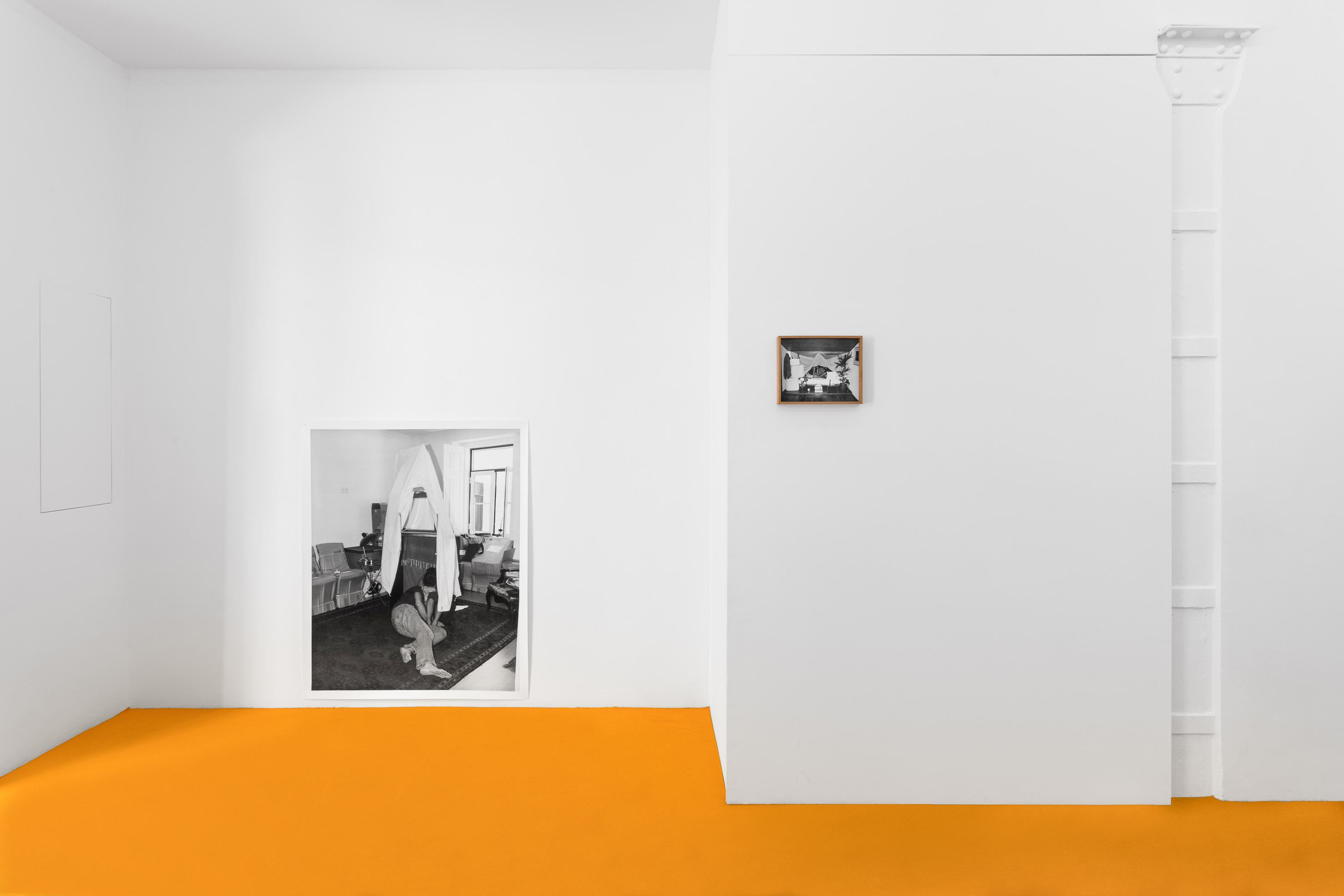
Frantic, Madragoa, Lisbon , 29 September – 5 November 2016
Hester
Southard Reid, London
5 February - 28 February 2015
Southard Reid is very pleased to present Hester a solo show by Joanna Piotrowska.
For her first exhibition at the gallery, Piotrowska brings together photographs from ongoing series’ of the past eighteen months. Dealing with themes of domesticity and physical environment interlaid with self- defence, anxiety and psychological tension, some of these works are reconfigured from s.w.a.l.k, her solo show at the Northern Gallery of Contemporary Art, Sunderland, last year.
Reconfiguration plays an important role in Piotrowska’s practice, where she continually examines and draws from past and present to reinterpret and re-present imagery by theme and as objects themselves. Initially developing themes, working with her surroundings, friends and family choreographed into physically and socially awkward scenarios, images are produced that can be simultaneously comforting and sinister. Later the photographs are considered in terms of their own physicality, which becomes integral to the exhibition installation. Photographs of architectural features can be installed to interact with the space in which they are shown, images of figures are confronted at times life size and eye height, at others diminutive, reduced. Differentiation in scale and positioning, and repetition of imagery, unsettling, though also with a sense of play - in part with photographic conventions - is employed throughout the installation scenario.
For Hester the environment of the gallery is responded to by drawing on themes of entrapment and claustrophobia, inferred through image and installation. The downstairs gallery shows a large black and white photograph of hay against a fence, inscrutable through direct narrative but the image atmospherically charged with a sense of surveillance and no-exit – it was taken at Warsaw Zoo where Piotrowska spent time photographing enclosures without their inhabitants.
The first floor gallery is installed with photographs of enclosed spaces and features, including doors and stairs, with significant psychological reference ; the use of repeated photographed location and actual duplication of image triggering a sense of subconscious recurring imagery in the mind. Photographed within the ‘familiar’ interior, a woman appearing in an awkward pose, head obscured, perhaps in a warm-up routine or losing herself, sits opposite another image of a woman, head back looking up in to darkness, hands encircling her neck, the grip gentle, supportive, however also with a suggestion of threat. As with the images located in the Zoo setting, these have explicable starting points, with the women having been directed into self-defence postures, however the resultant imagery occupies a territory evading of easy psychological legibility.
A soundtrack of Piotrowska’s voice reciting a meditative relaxation exercise intermittently recurs in the upstairs space. It accompanies and overlays the photographs, generating a sense of passage in to the interior space of body and mind - a seemingly soothing presence producing both seductive and awkward intimacy.
Southard Reid, London
5 February - 28 February 2015
Southard Reid is very pleased to present Hester a solo show by Joanna Piotrowska.
For her first exhibition at the gallery, Piotrowska brings together photographs from ongoing series’ of the past eighteen months. Dealing with themes of domesticity and physical environment interlaid with self- defence, anxiety and psychological tension, some of these works are reconfigured from s.w.a.l.k, her solo show at the Northern Gallery of Contemporary Art, Sunderland, last year.
Reconfiguration plays an important role in Piotrowska’s practice, where she continually examines and draws from past and present to reinterpret and re-present imagery by theme and as objects themselves. Initially developing themes, working with her surroundings, friends and family choreographed into physically and socially awkward scenarios, images are produced that can be simultaneously comforting and sinister. Later the photographs are considered in terms of their own physicality, which becomes integral to the exhibition installation. Photographs of architectural features can be installed to interact with the space in which they are shown, images of figures are confronted at times life size and eye height, at others diminutive, reduced. Differentiation in scale and positioning, and repetition of imagery, unsettling, though also with a sense of play - in part with photographic conventions - is employed throughout the installation scenario.
For Hester the environment of the gallery is responded to by drawing on themes of entrapment and claustrophobia, inferred through image and installation. The downstairs gallery shows a large black and white photograph of hay against a fence, inscrutable through direct narrative but the image atmospherically charged with a sense of surveillance and no-exit – it was taken at Warsaw Zoo where Piotrowska spent time photographing enclosures without their inhabitants.
The first floor gallery is installed with photographs of enclosed spaces and features, including doors and stairs, with significant psychological reference ; the use of repeated photographed location and actual duplication of image triggering a sense of subconscious recurring imagery in the mind. Photographed within the ‘familiar’ interior, a woman appearing in an awkward pose, head obscured, perhaps in a warm-up routine or losing herself, sits opposite another image of a woman, head back looking up in to darkness, hands encircling her neck, the grip gentle, supportive, however also with a suggestion of threat. As with the images located in the Zoo setting, these have explicable starting points, with the women having been directed into self-defence postures, however the resultant imagery occupies a territory evading of easy psychological legibility.
A soundtrack of Piotrowska’s voice reciting a meditative relaxation exercise intermittently recurs in the upstairs space. It accompanies and overlays the photographs, generating a sense of passage in to the interior space of body and mind - a seemingly soothing presence producing both seductive and awkward intimacy.

Hester, Southard Reid, London, 5 February - 28 February 2015
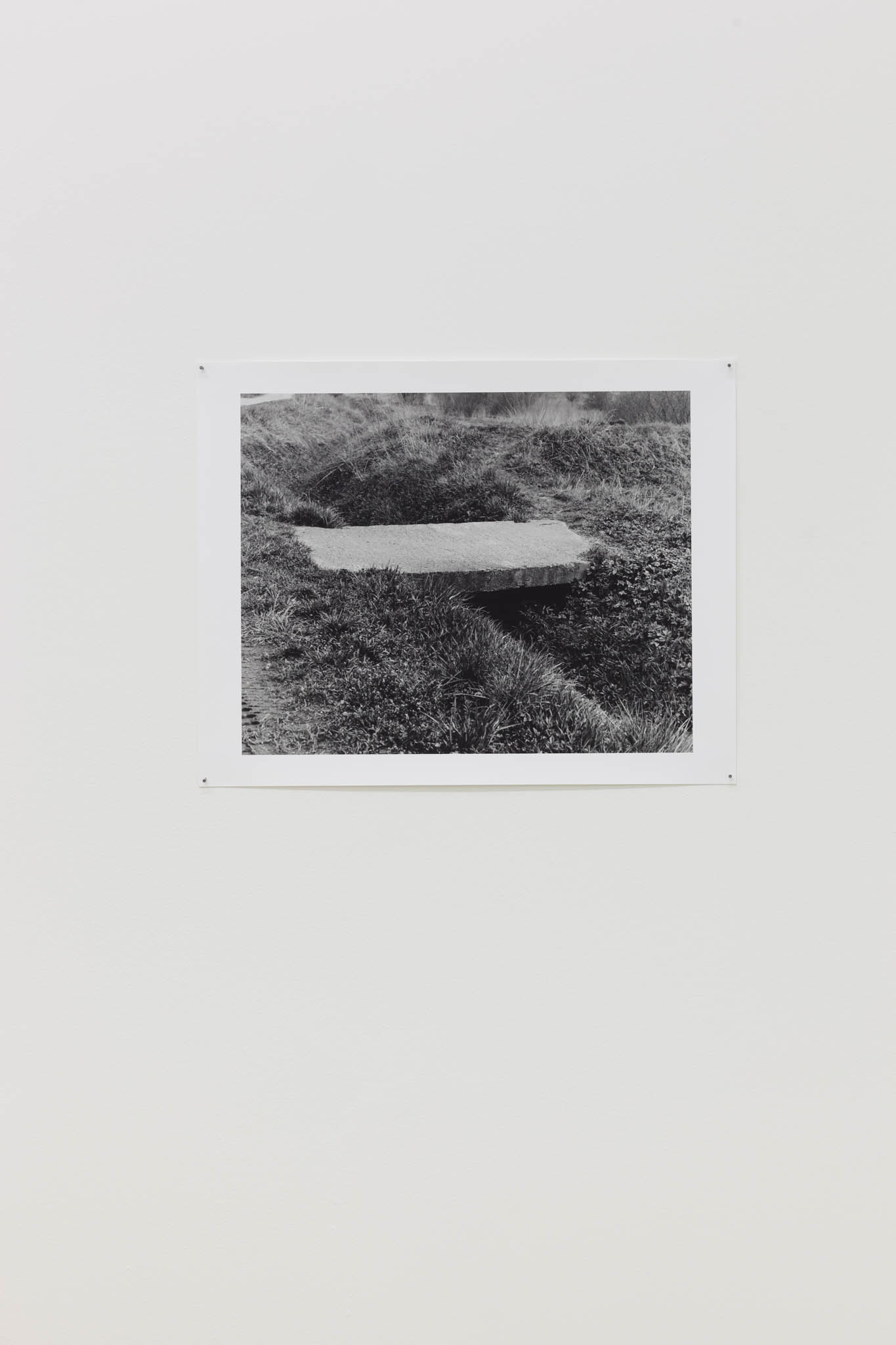
Hester, Southard Reid, London, 5 February - 28 February 2015
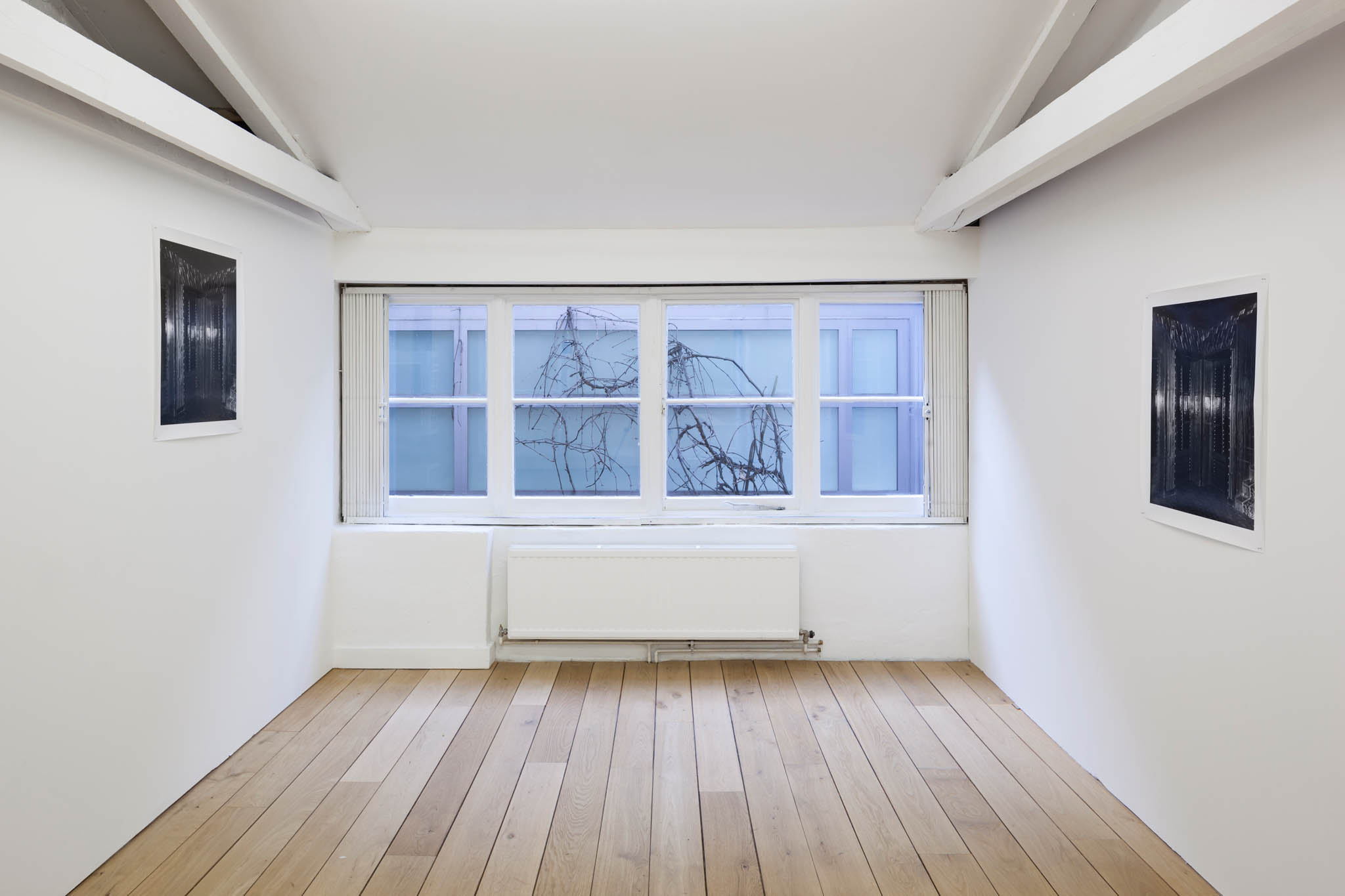
Hester, Southard Reid, London, 5 February - 28 February 2015
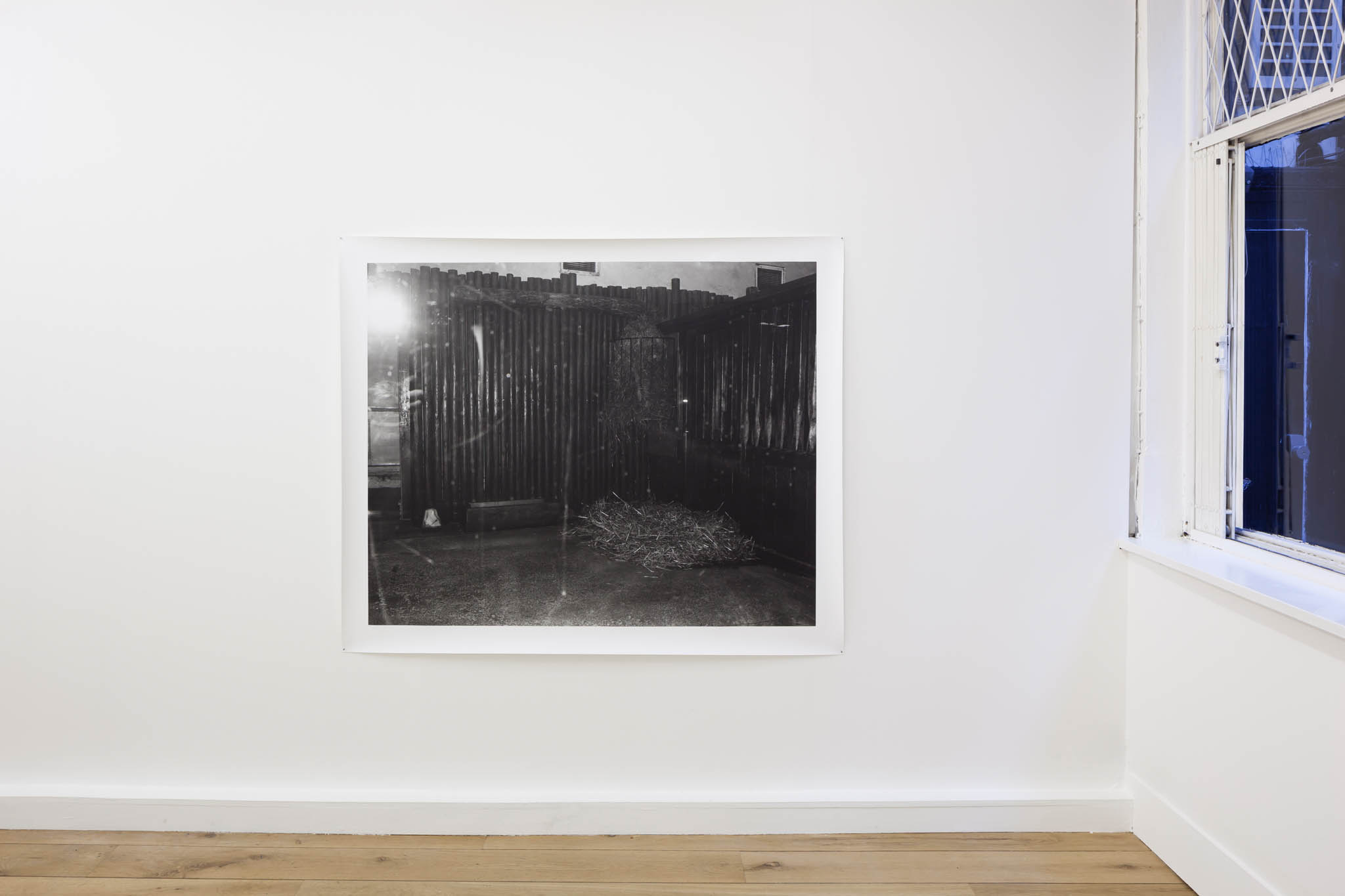
Hester, Southard Reid, London, 5 February - 28 February 2015

Hester, Southard Reid, London, 5 February - 28 February 2015